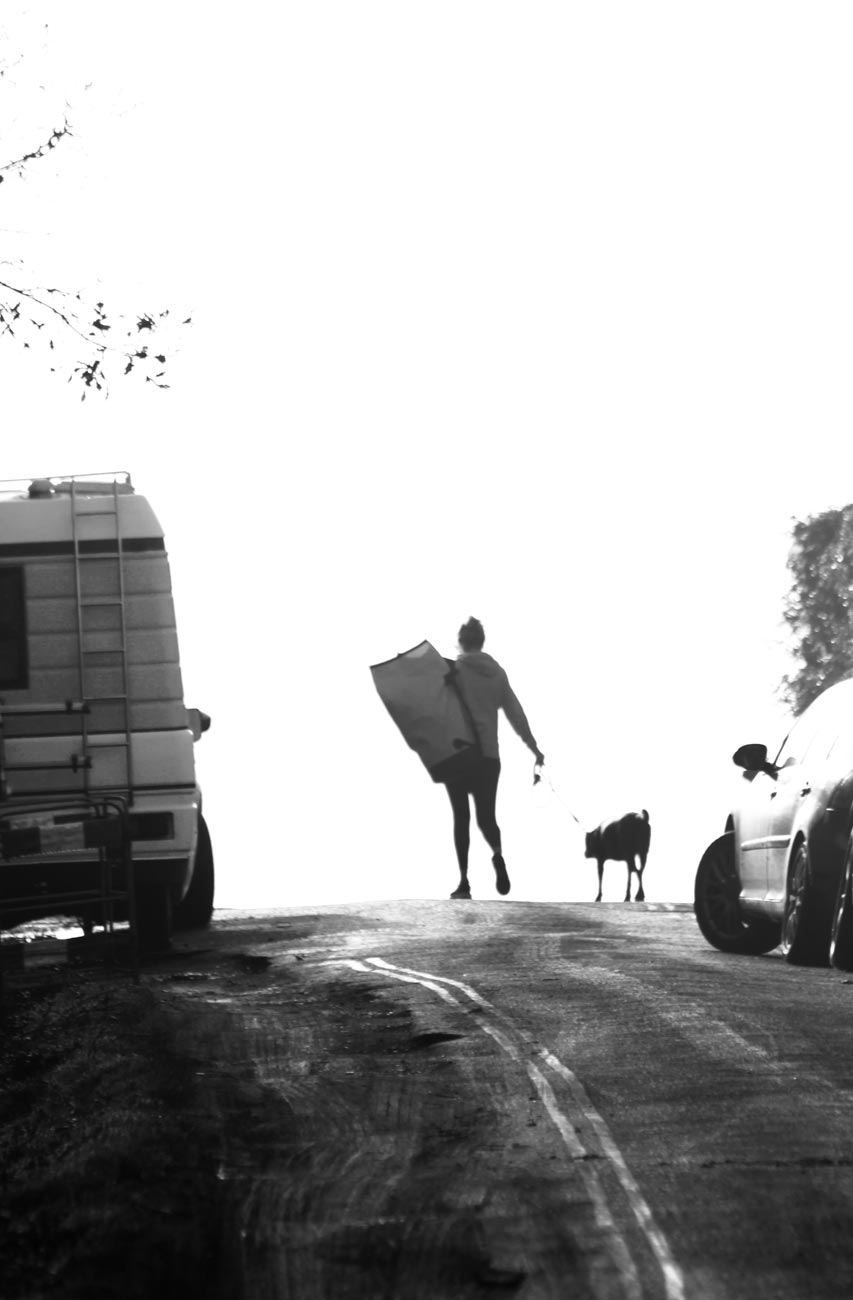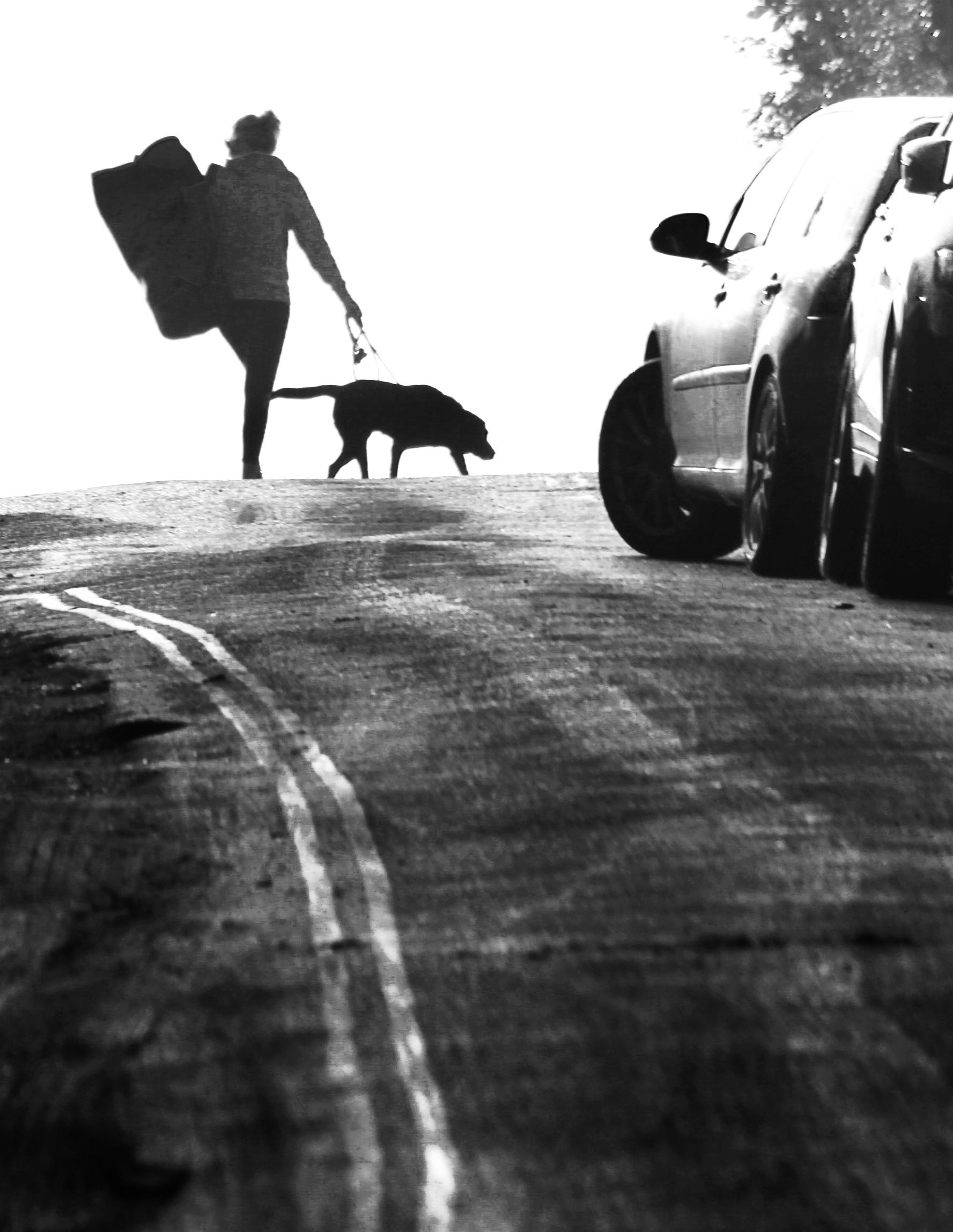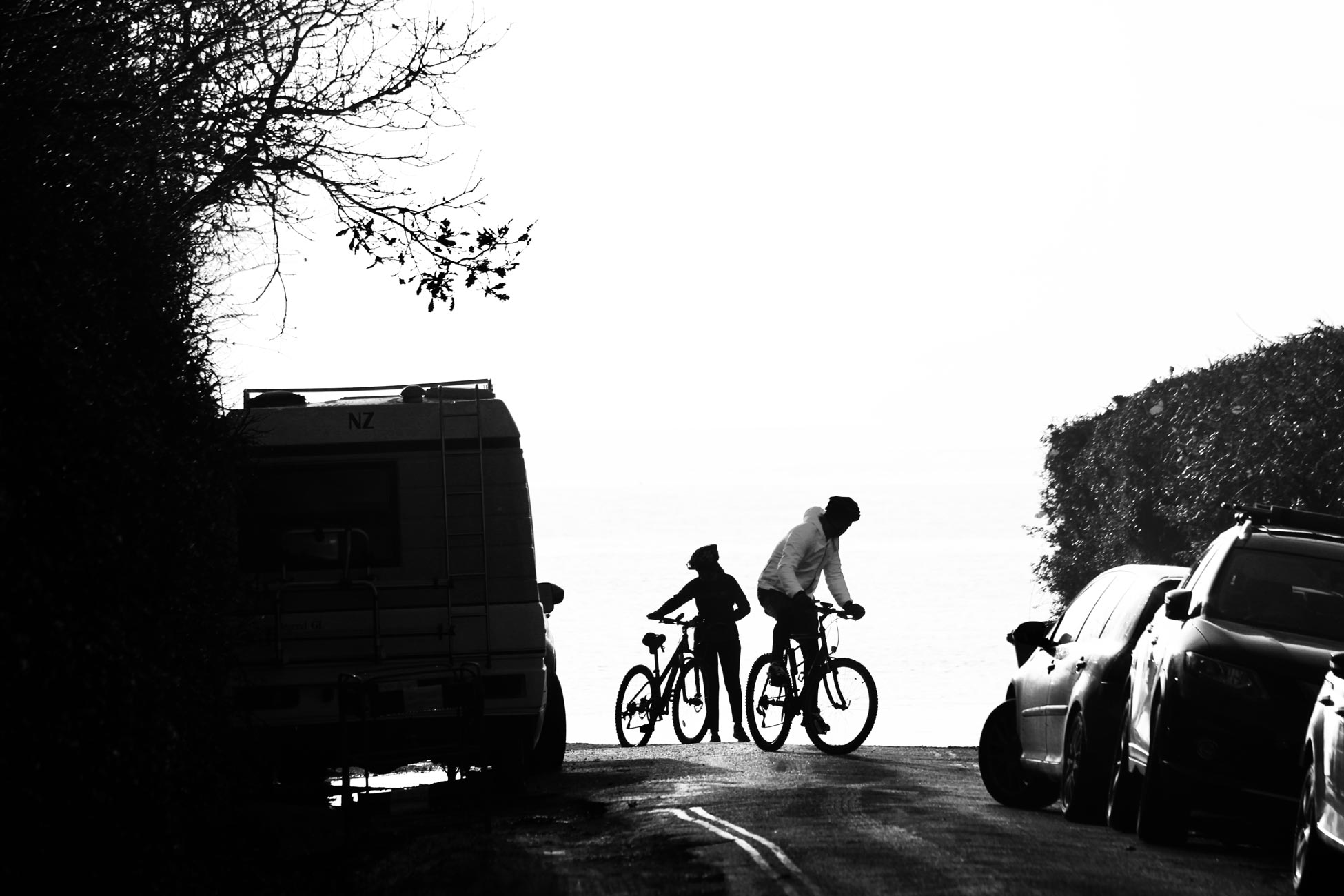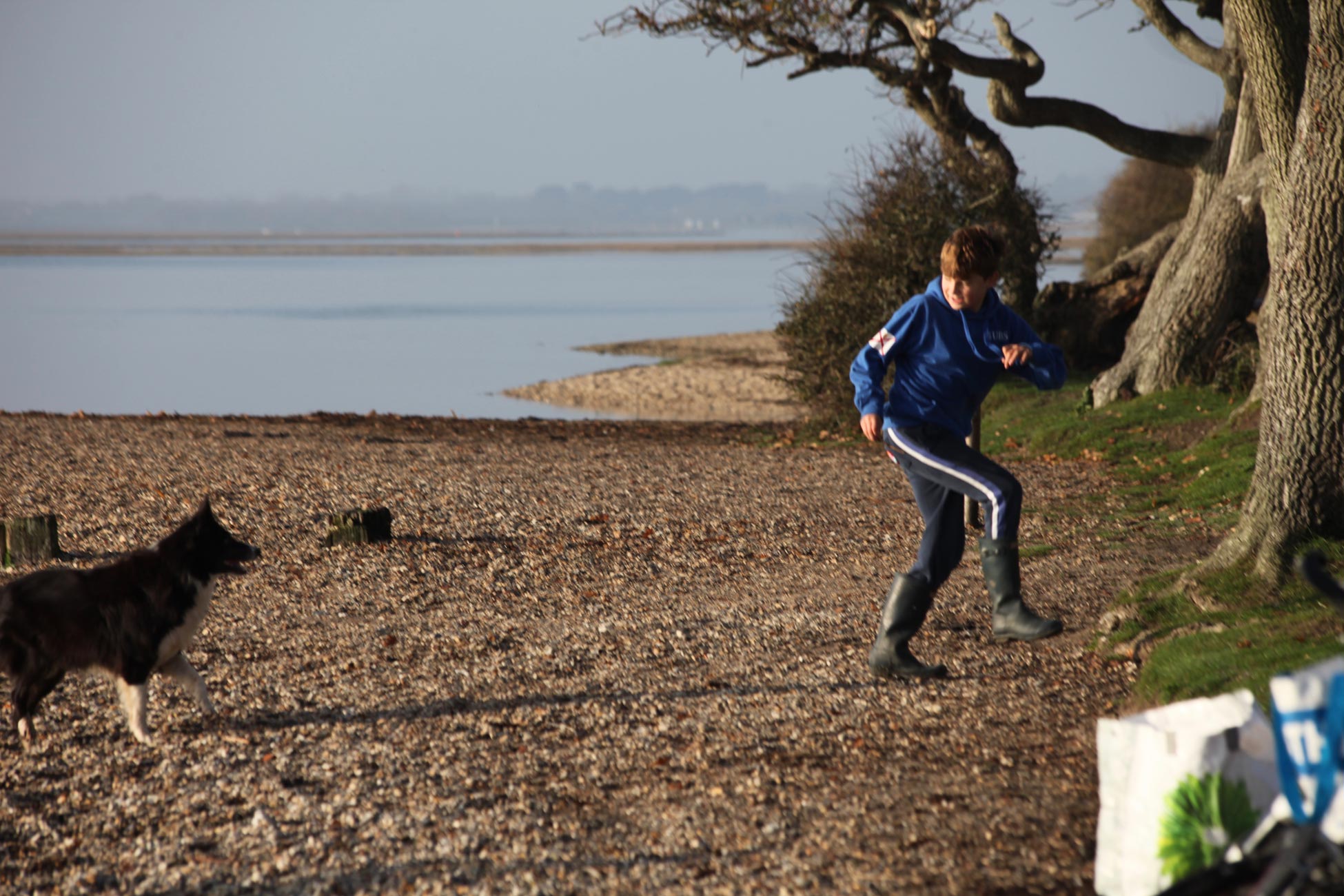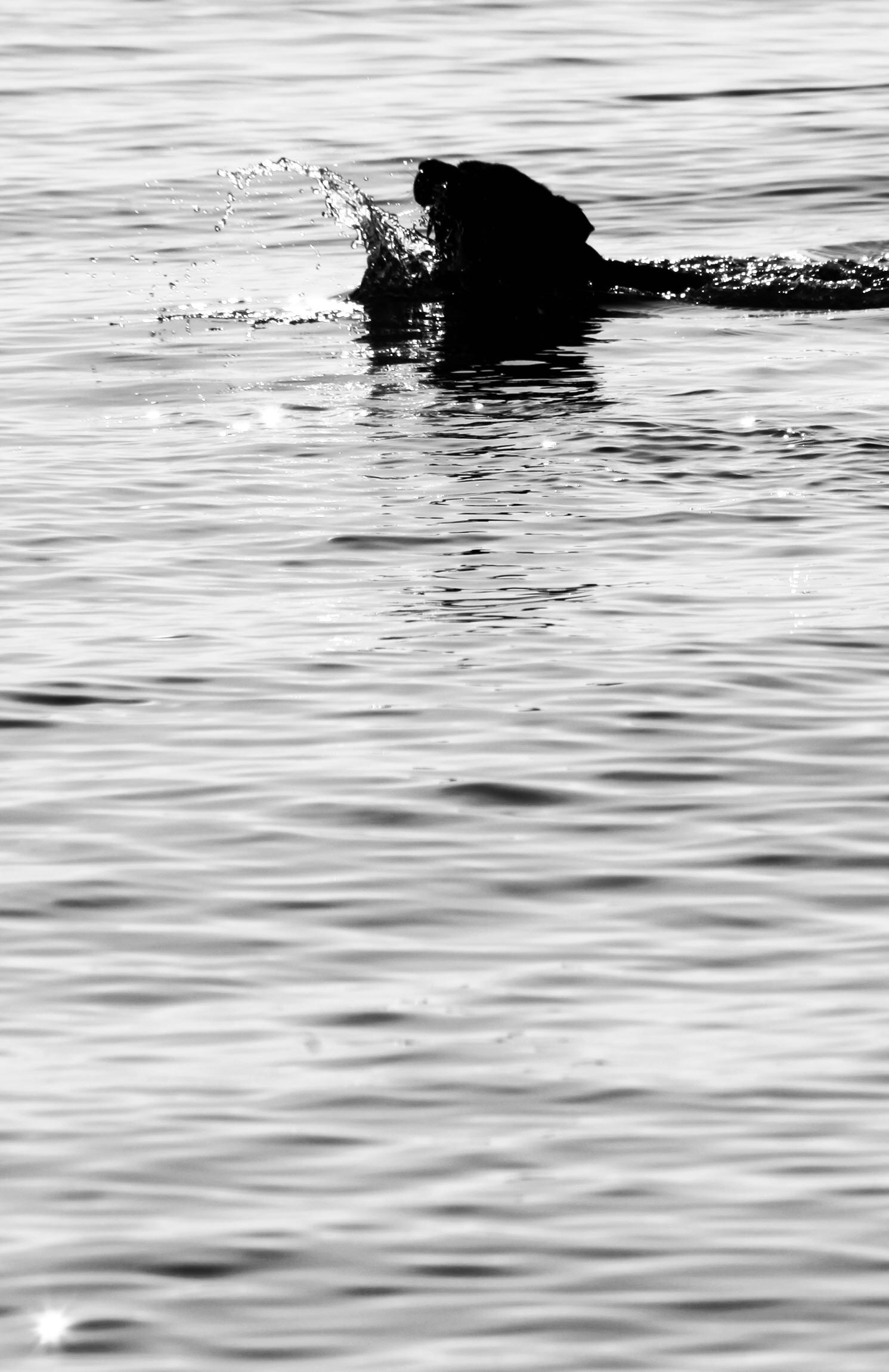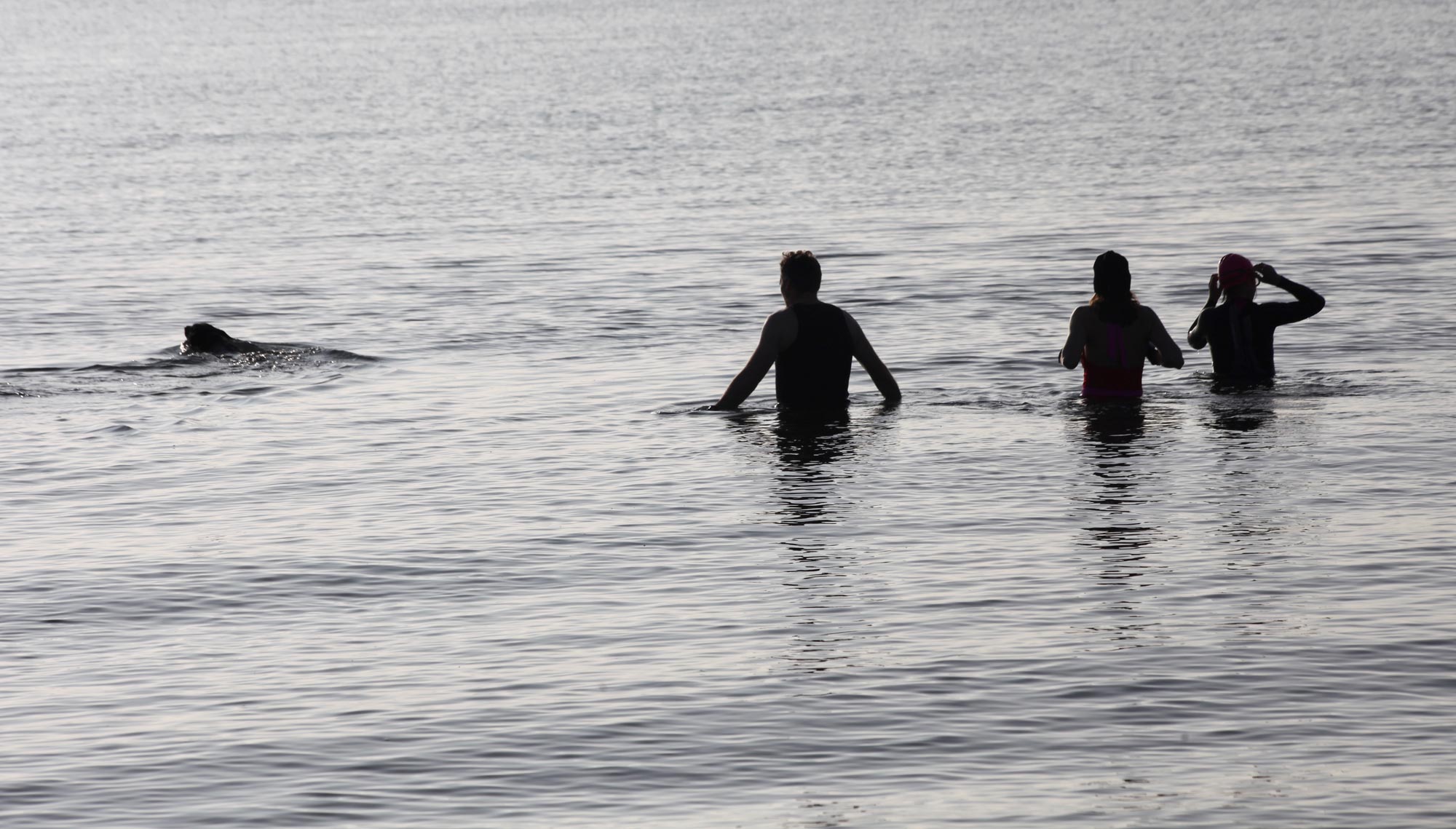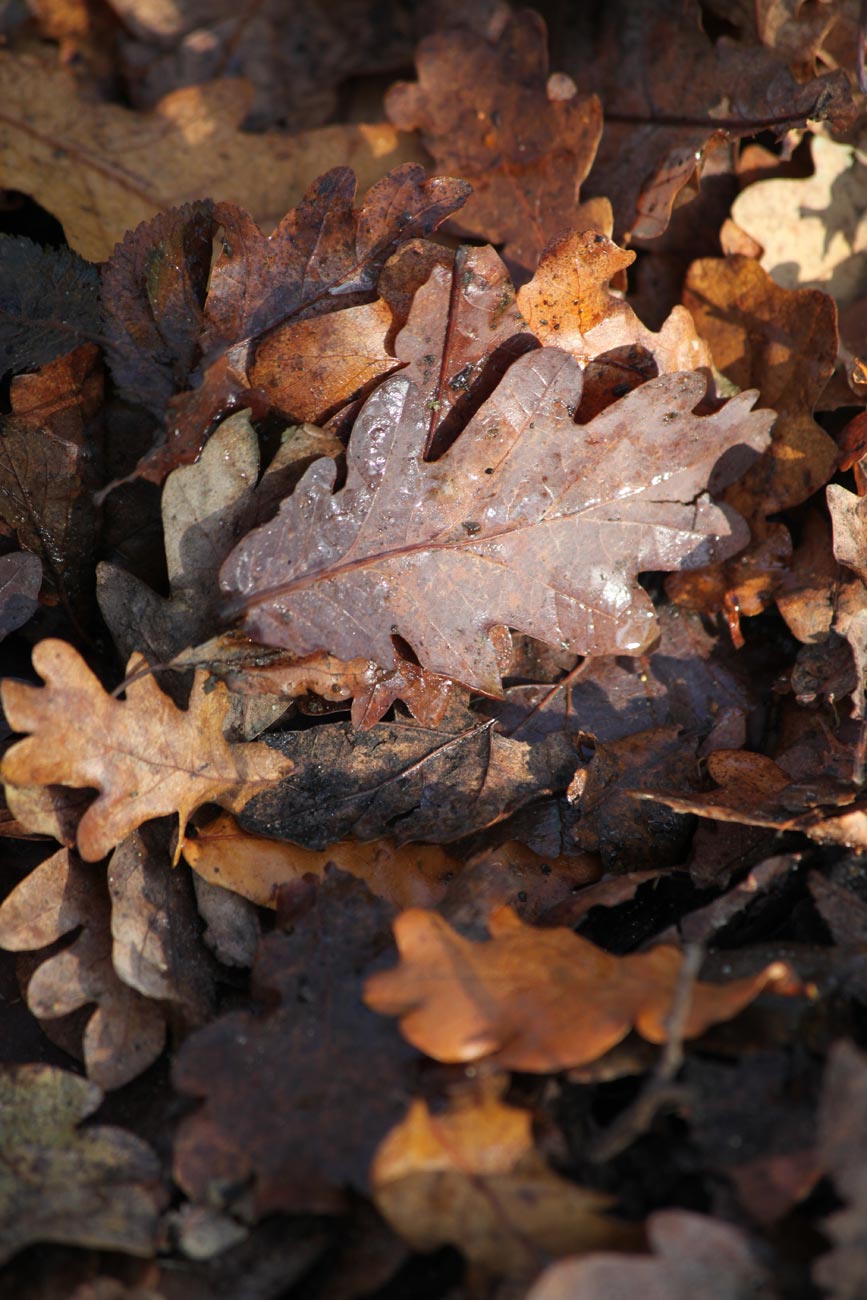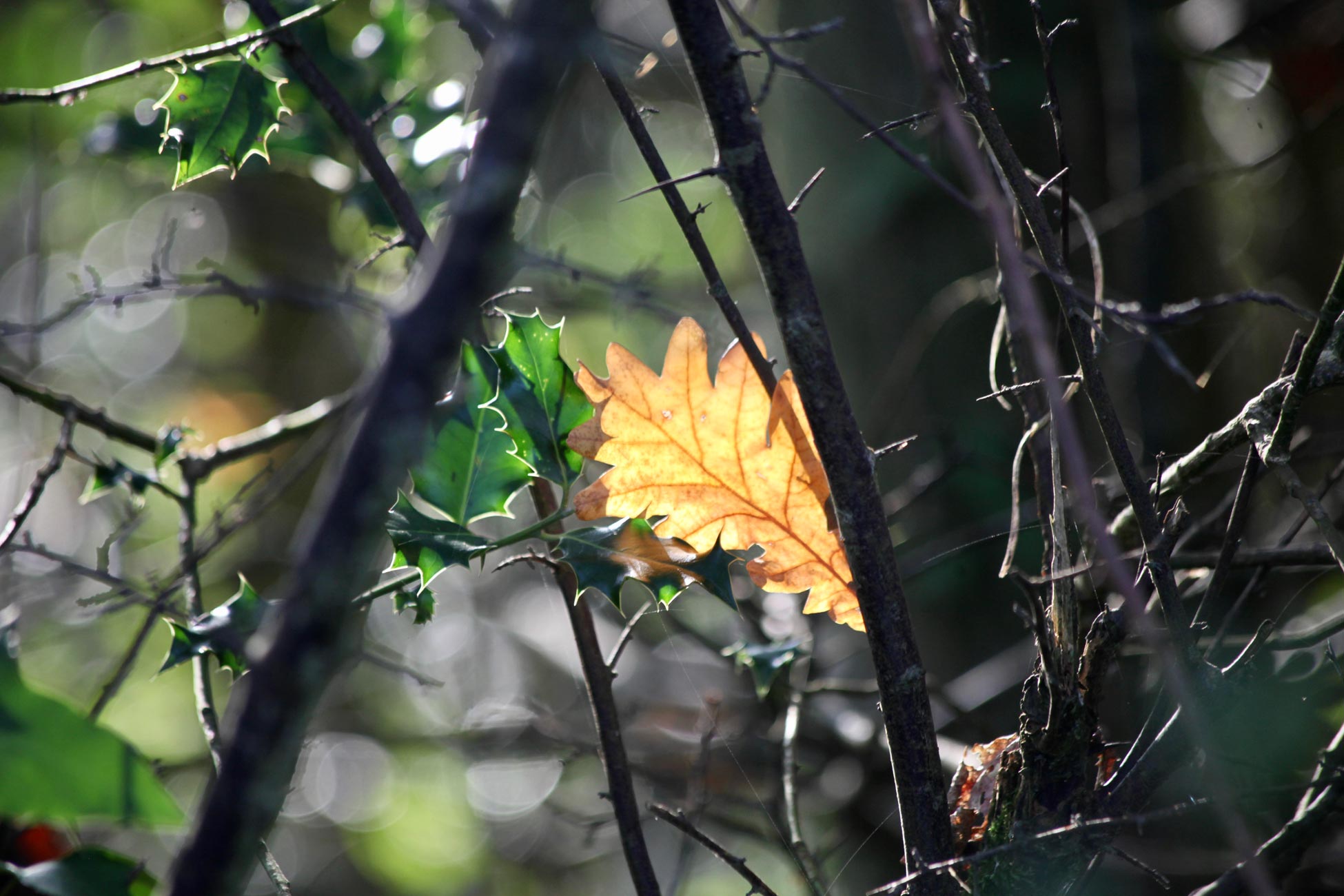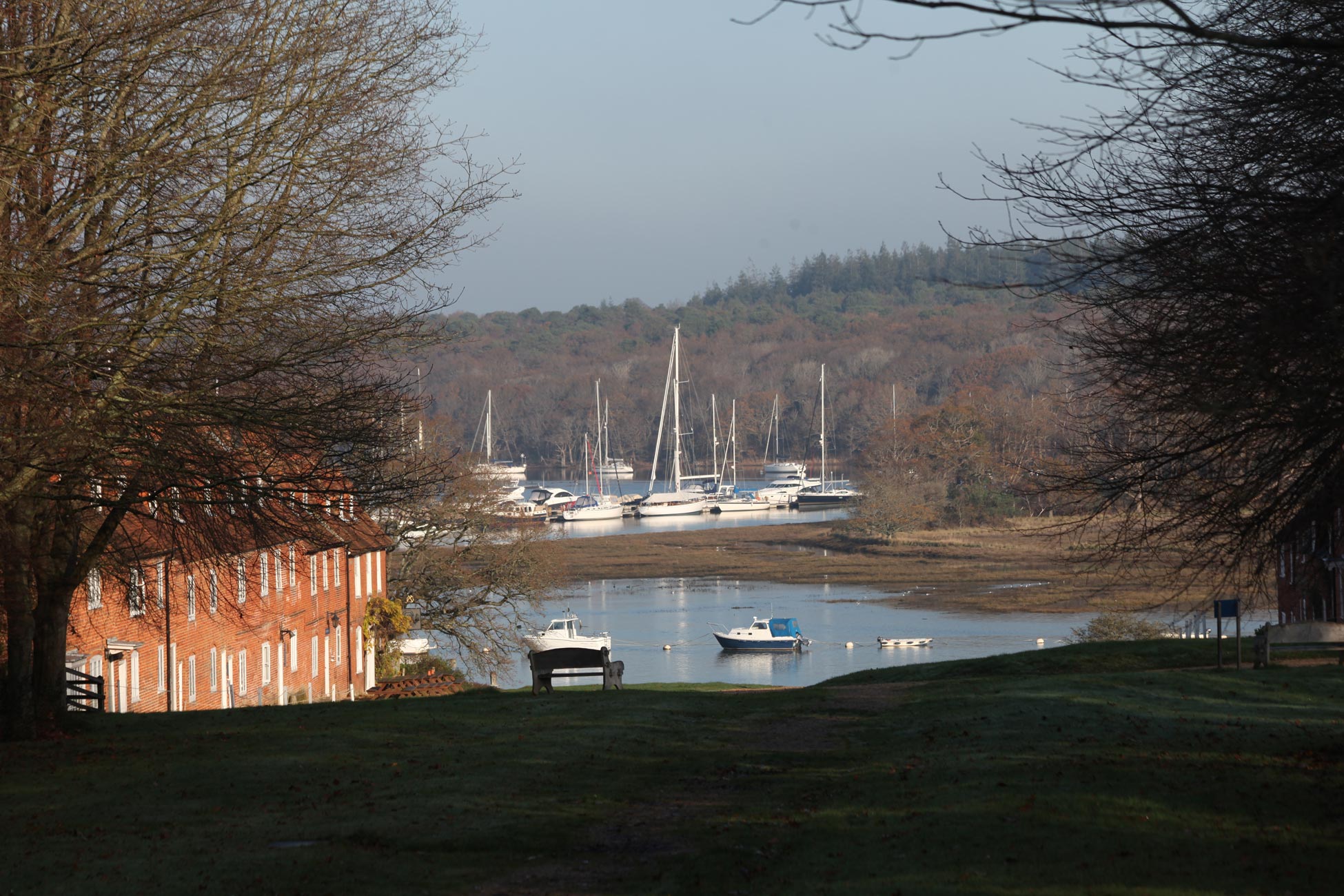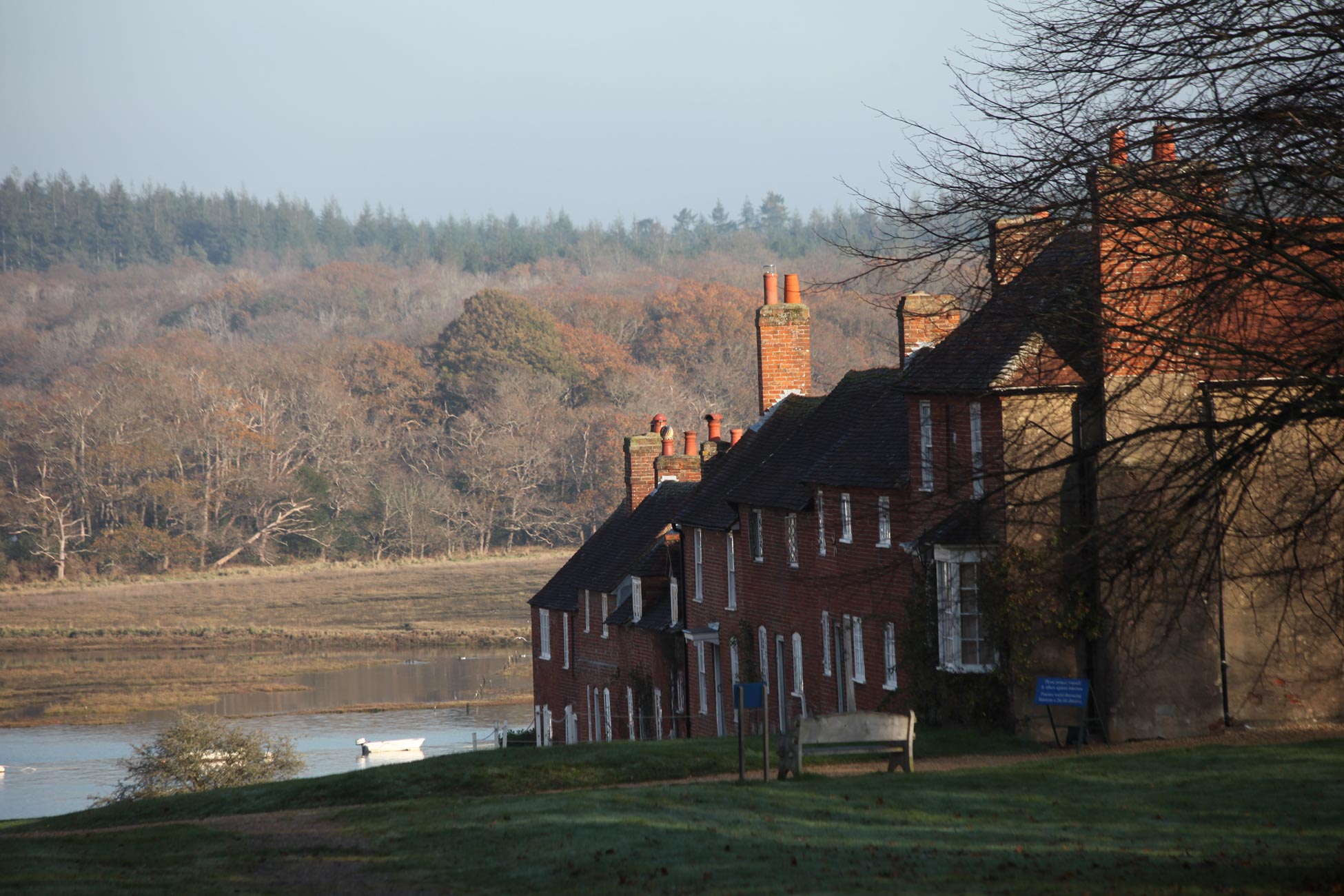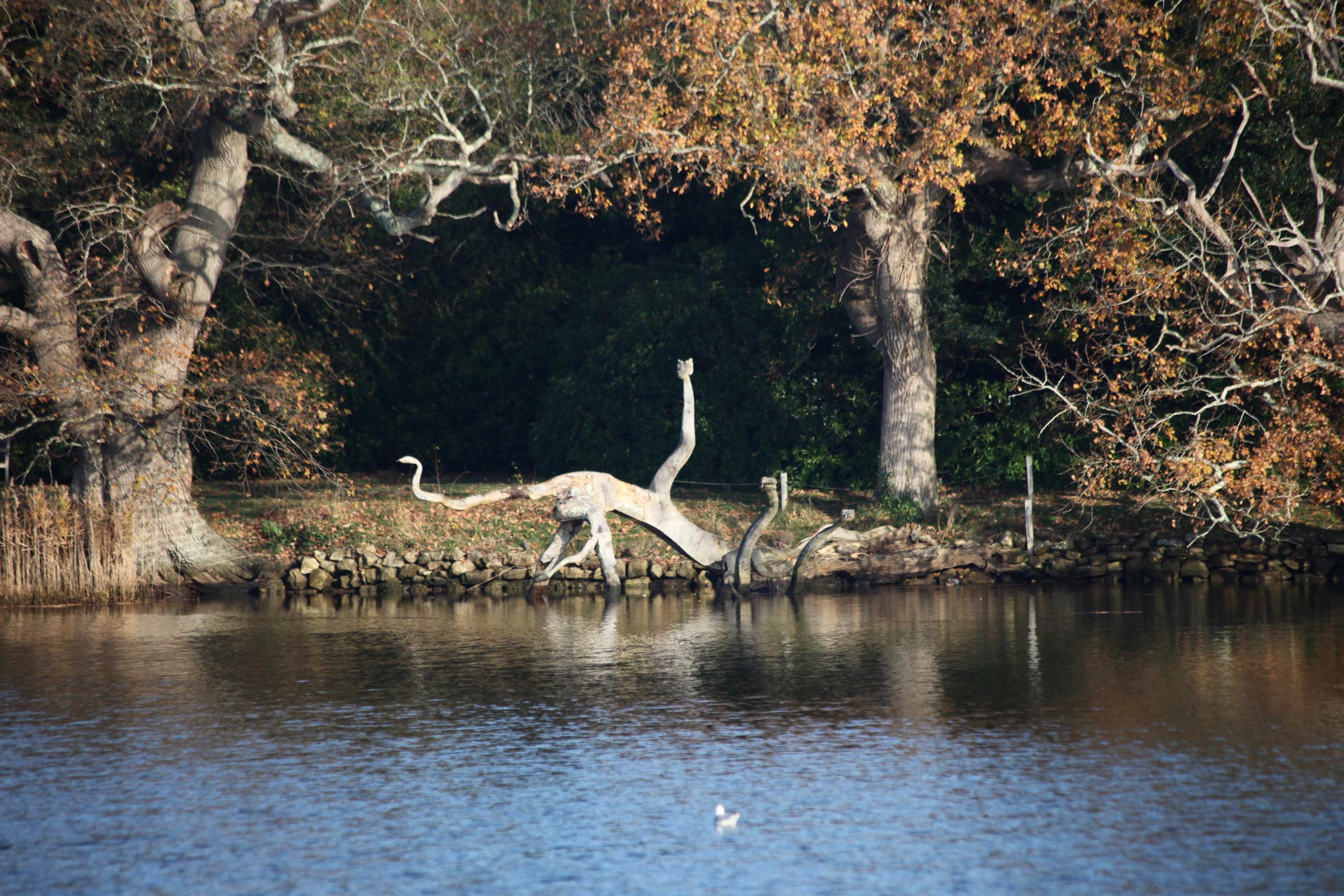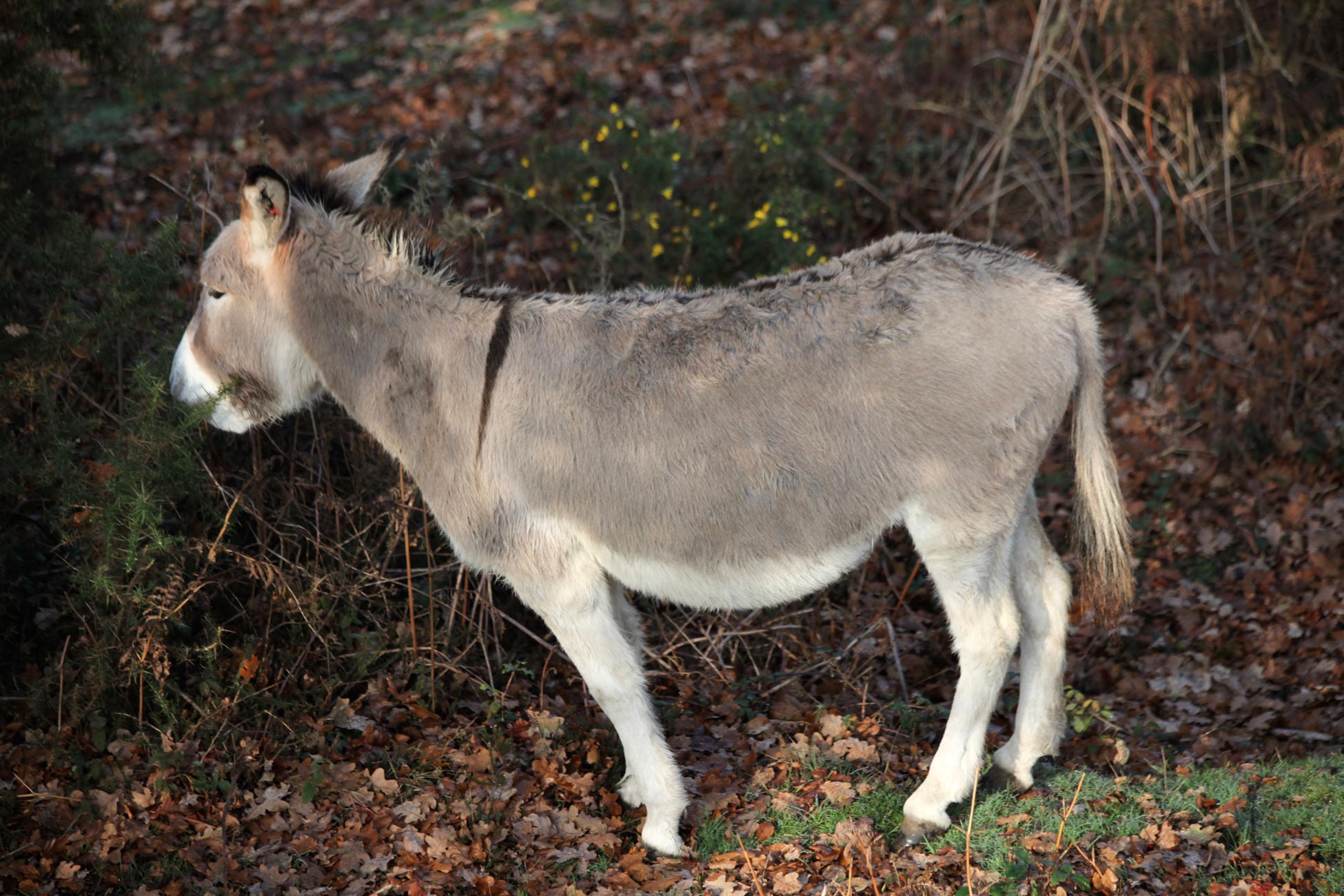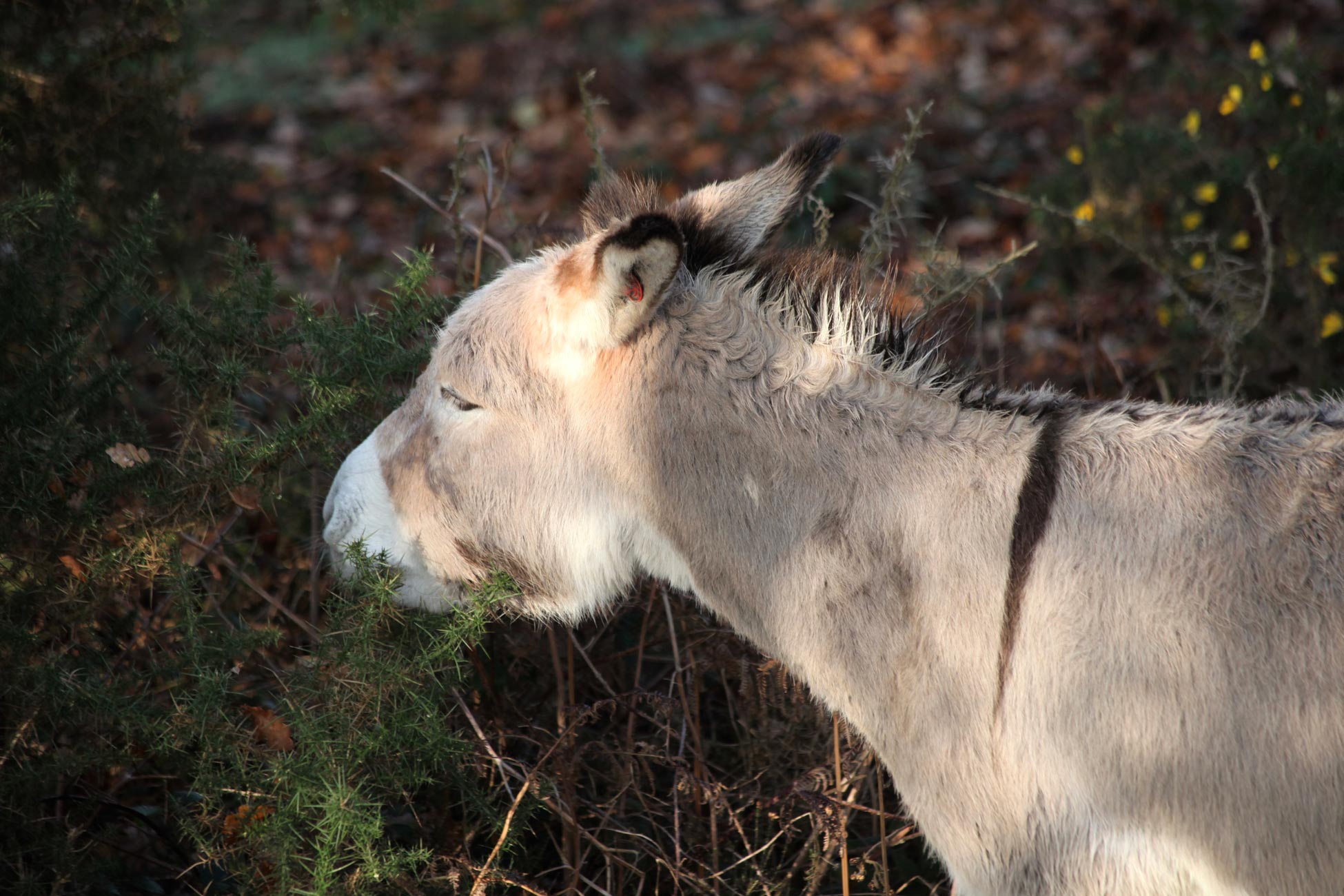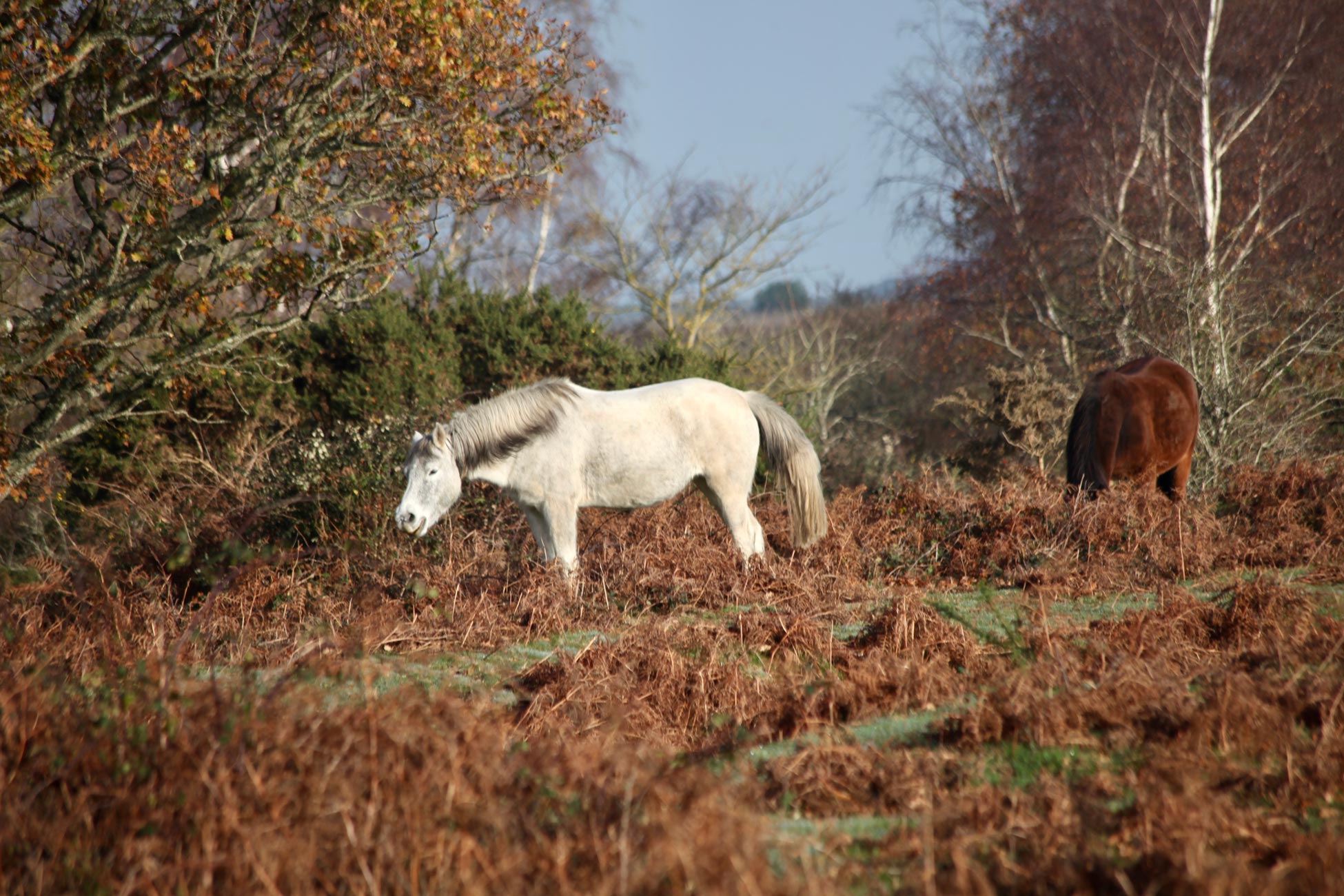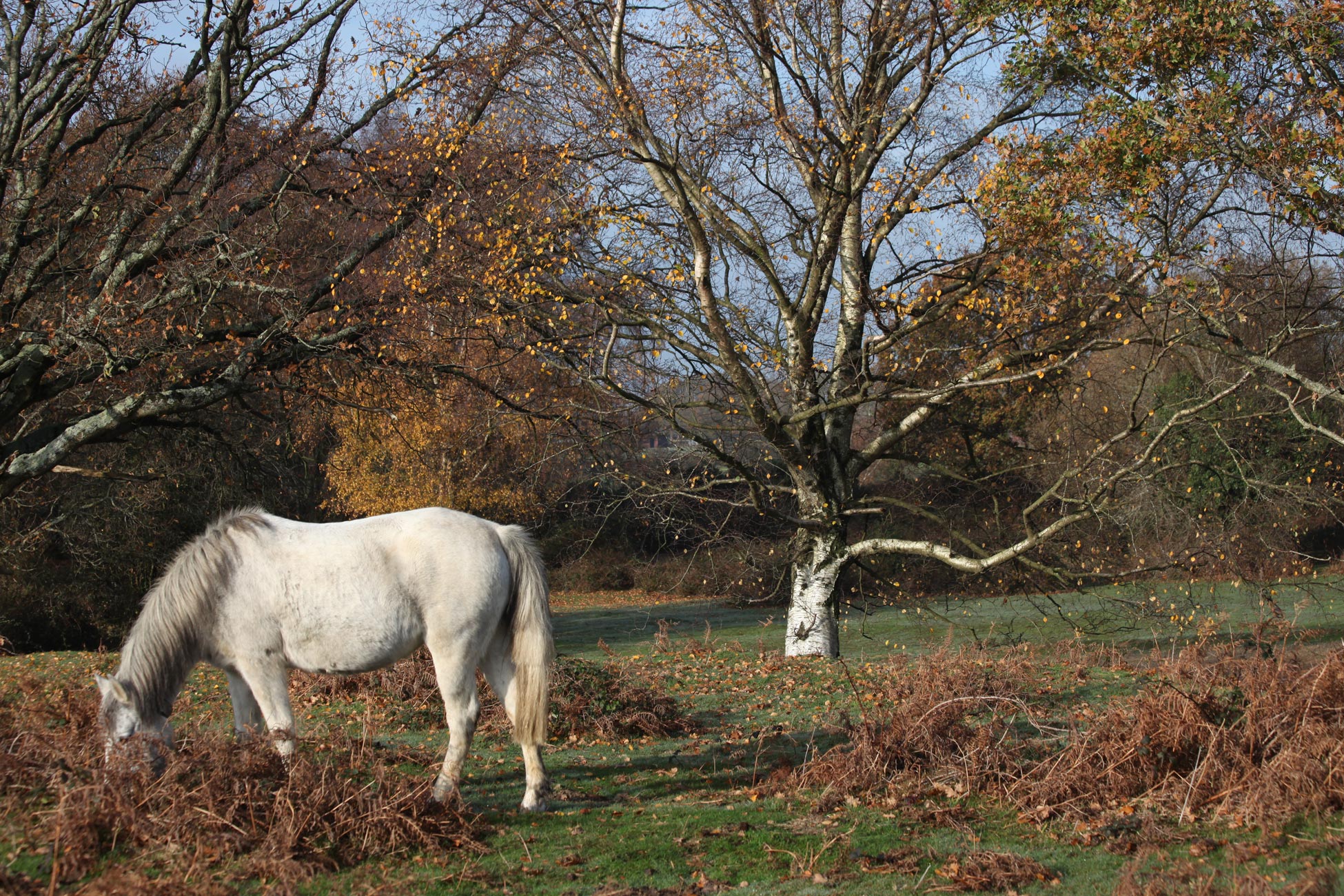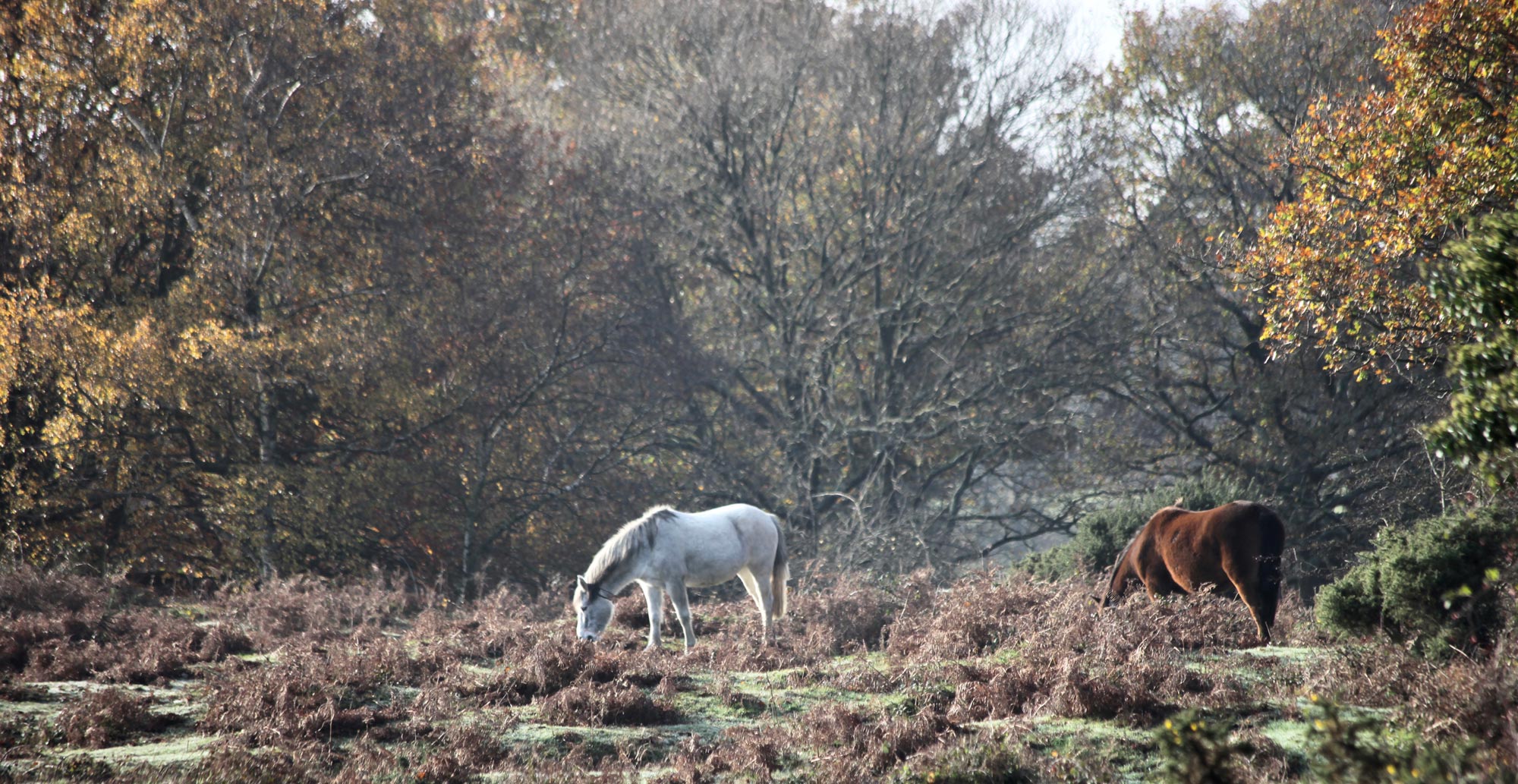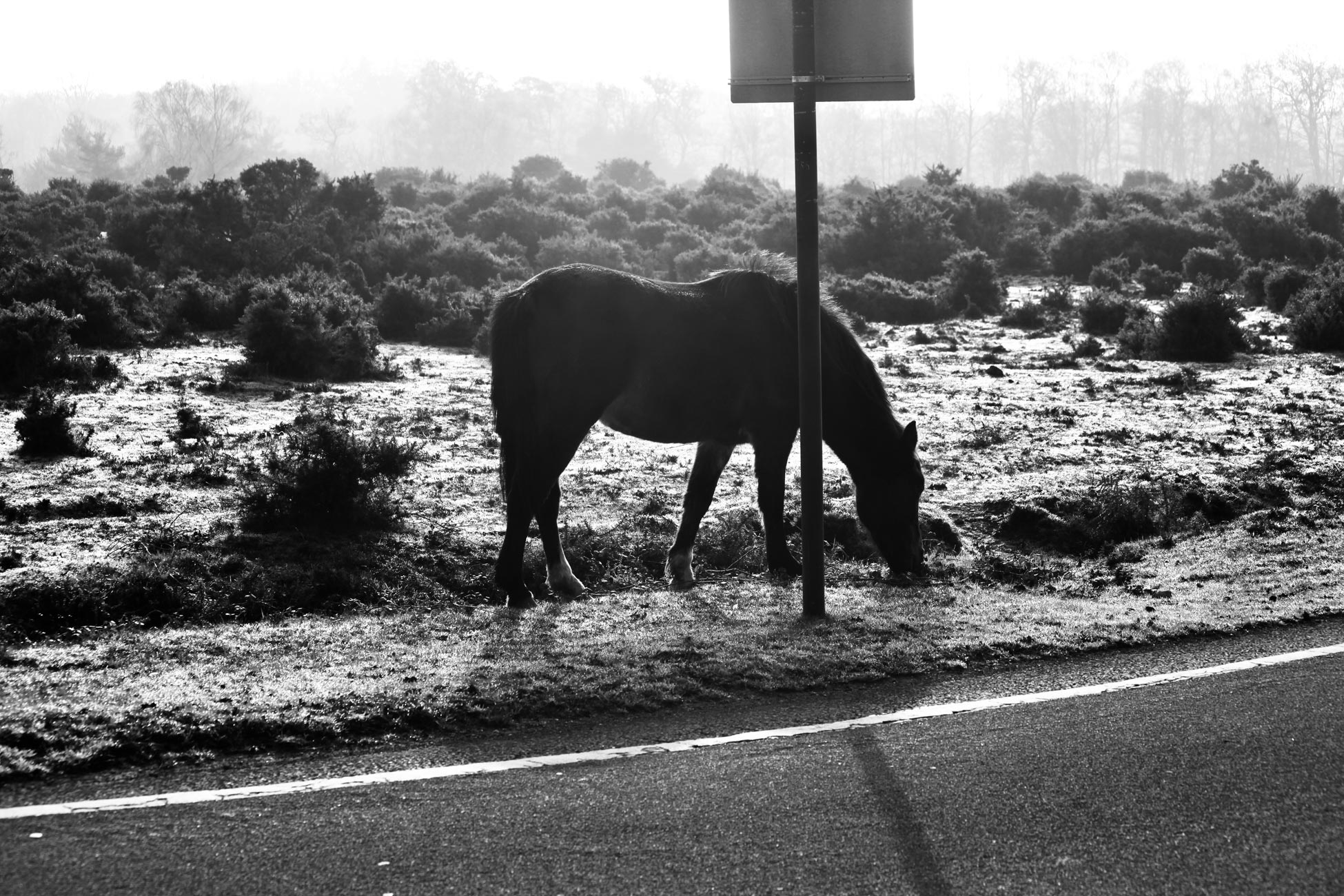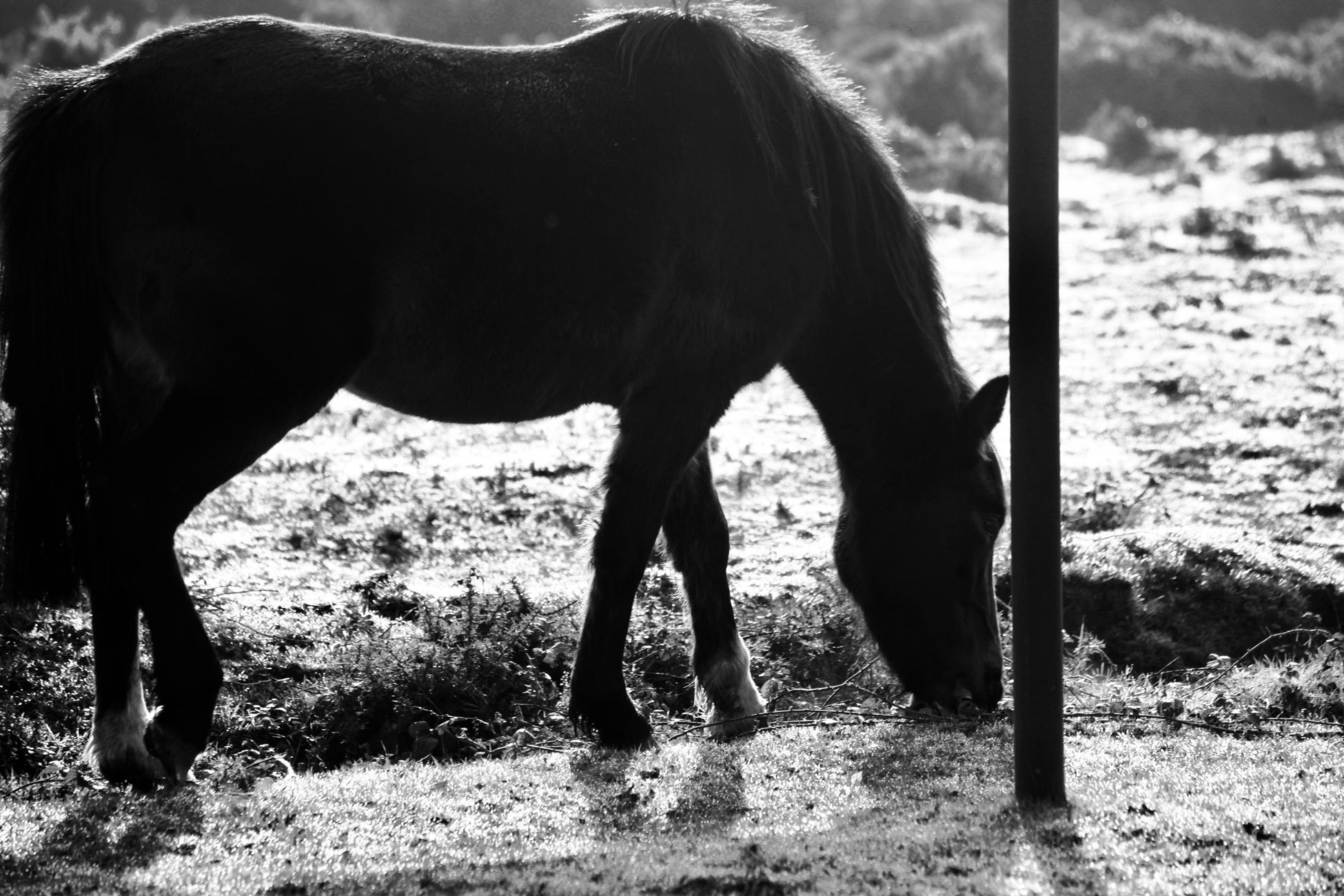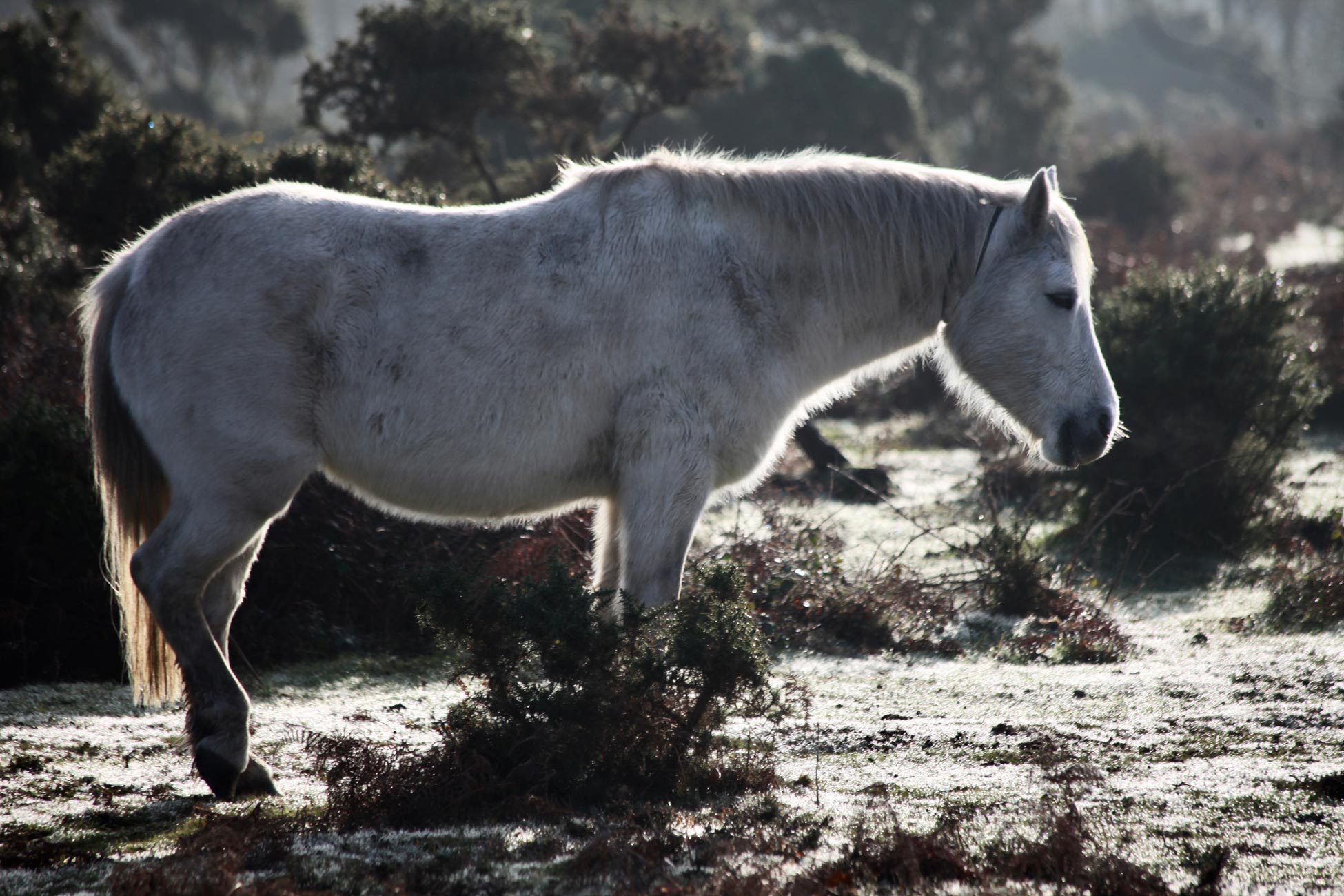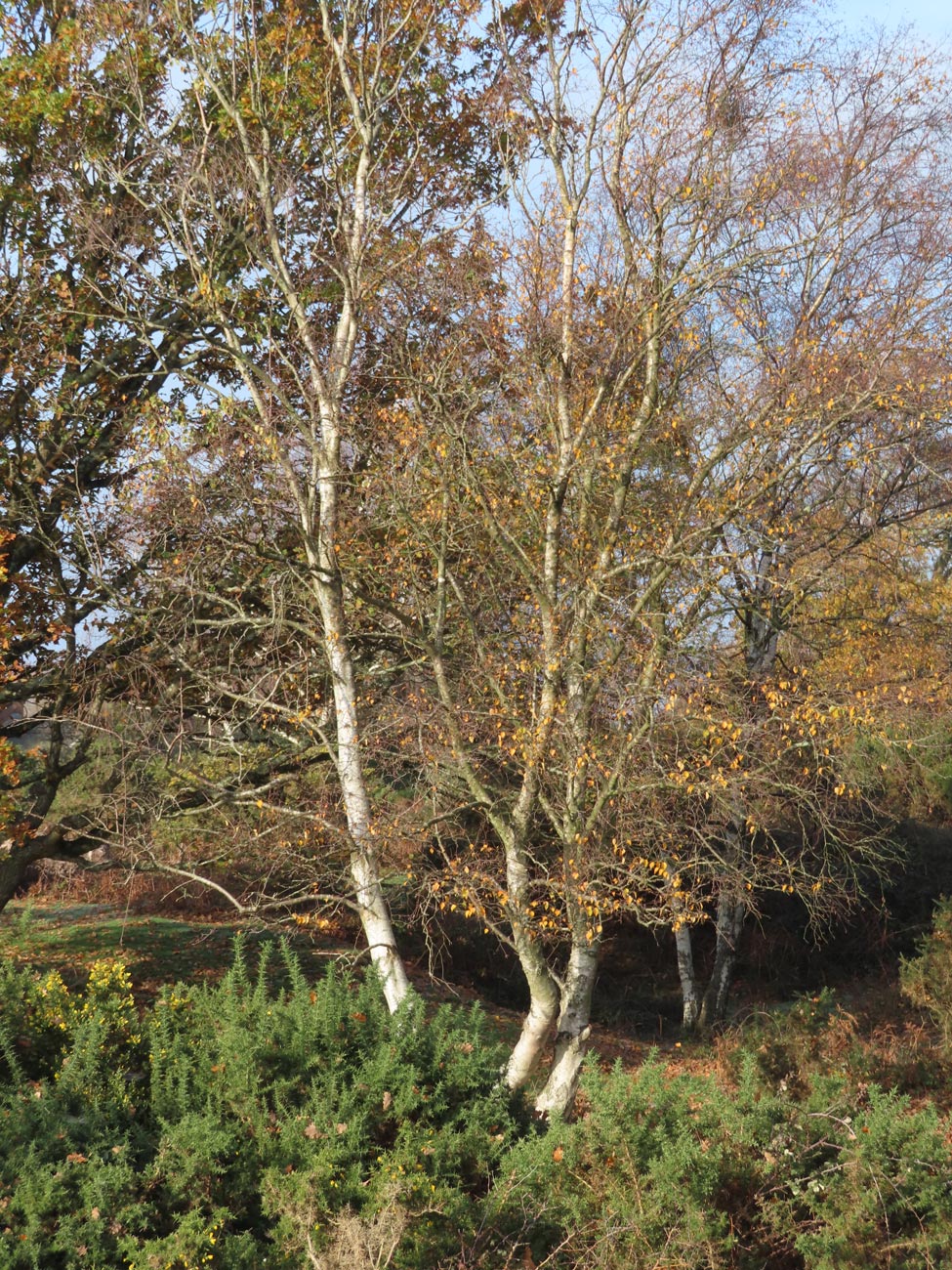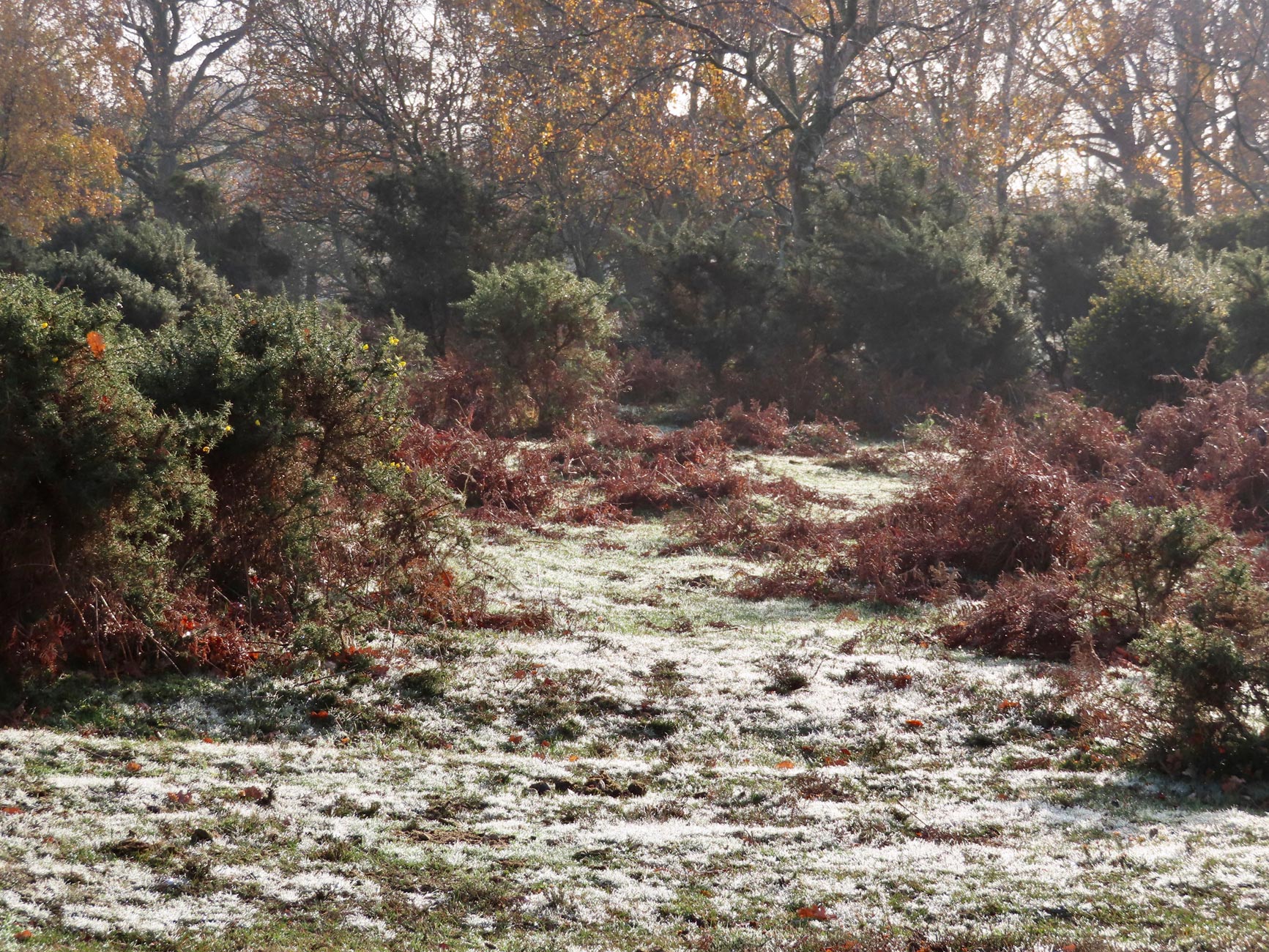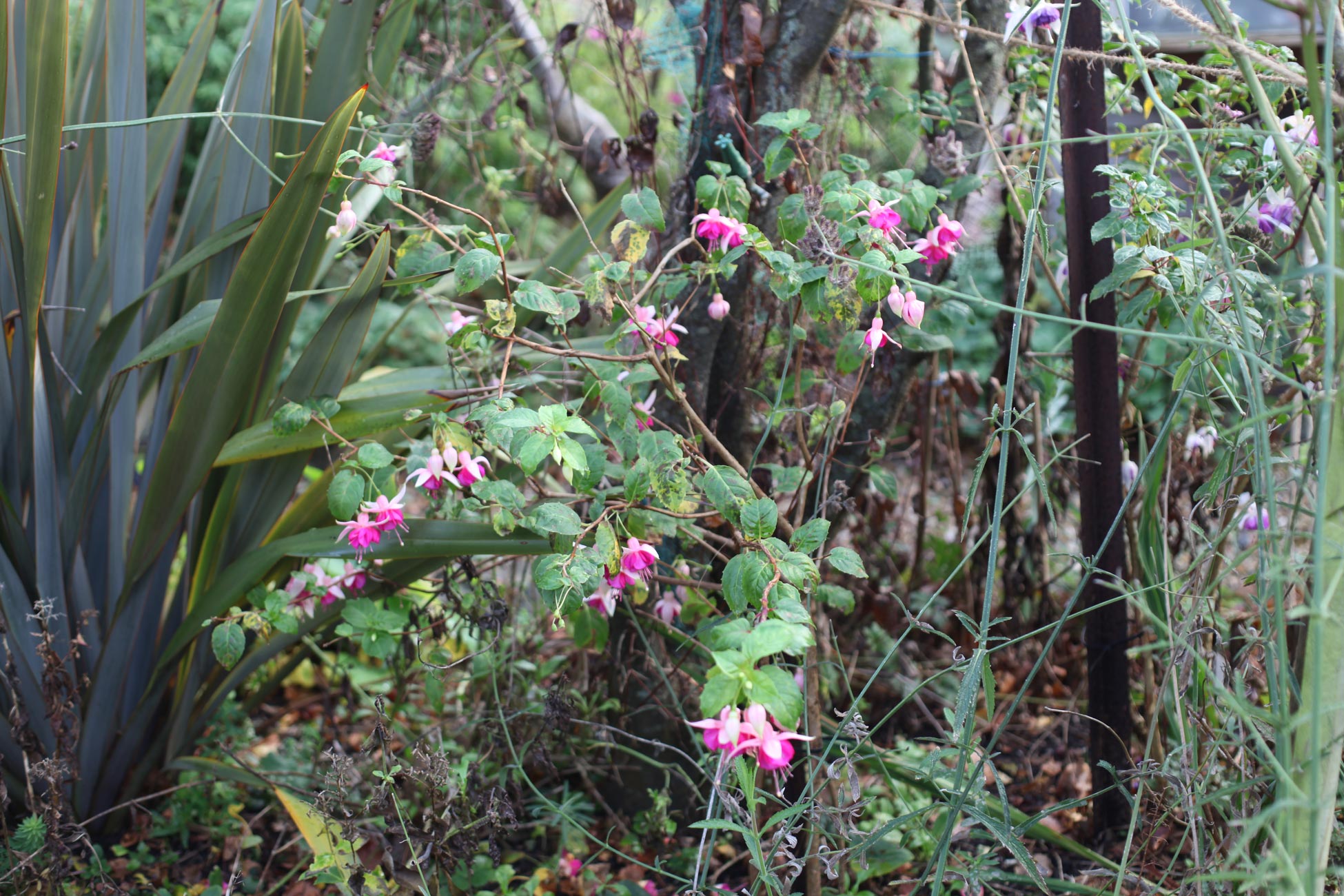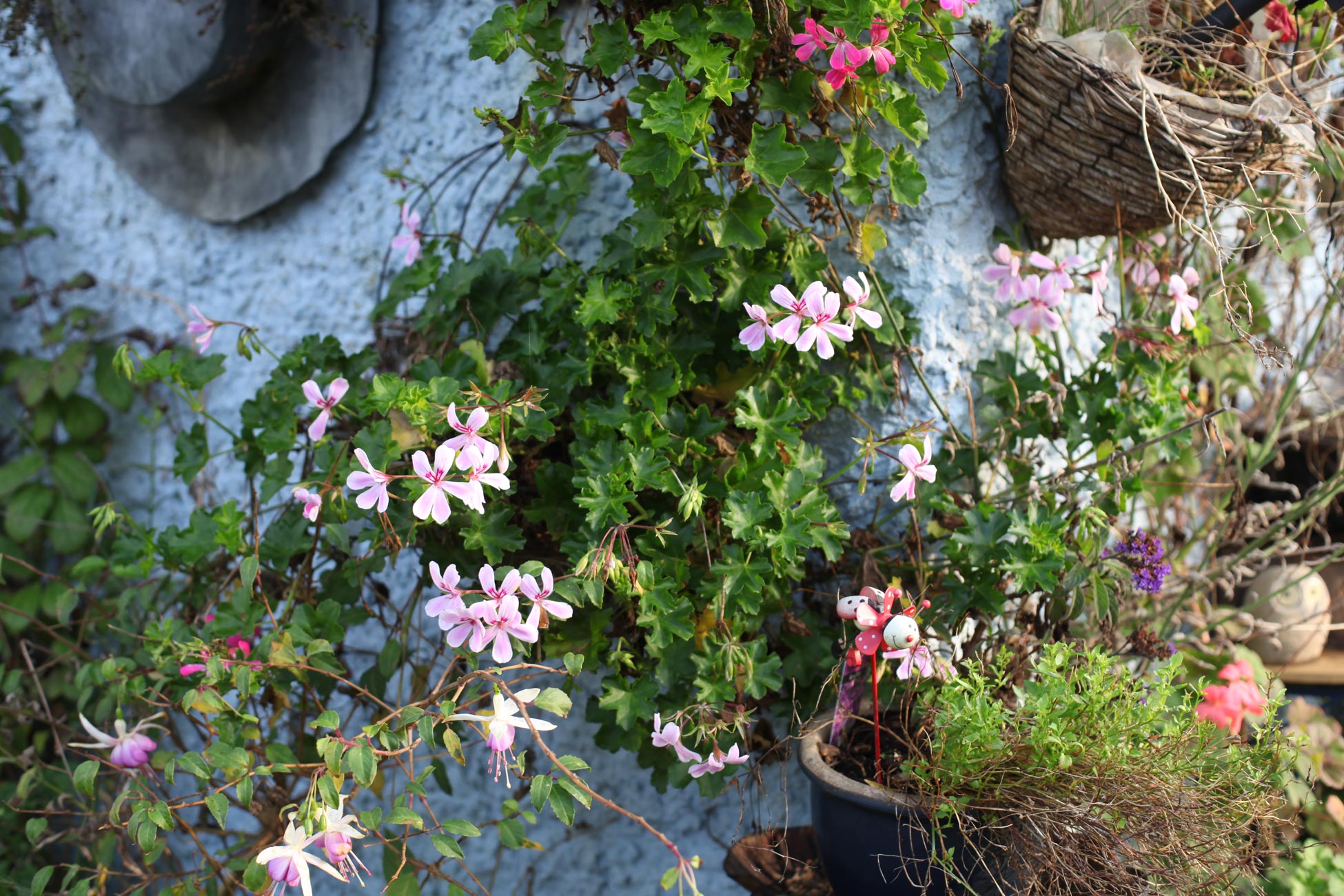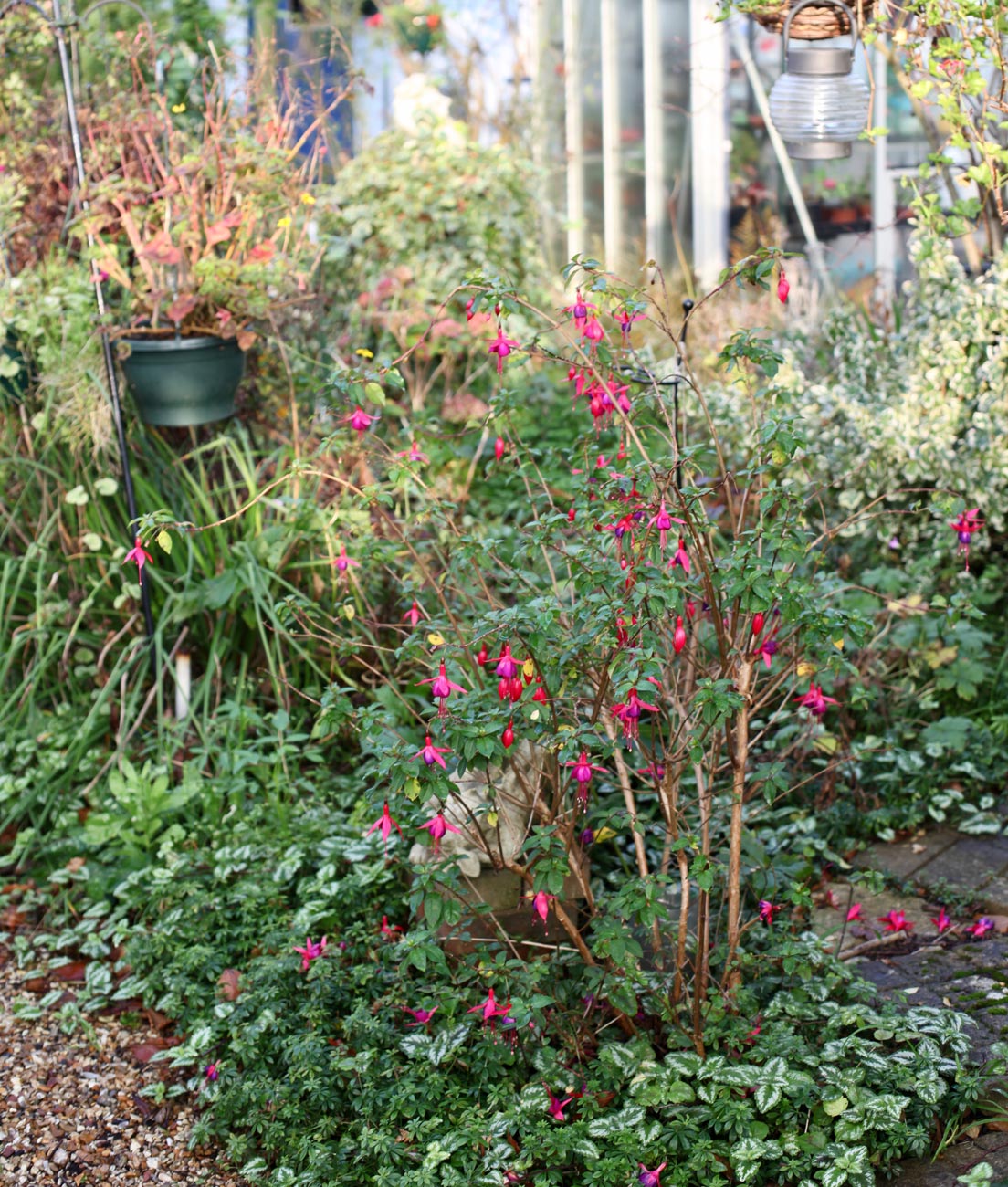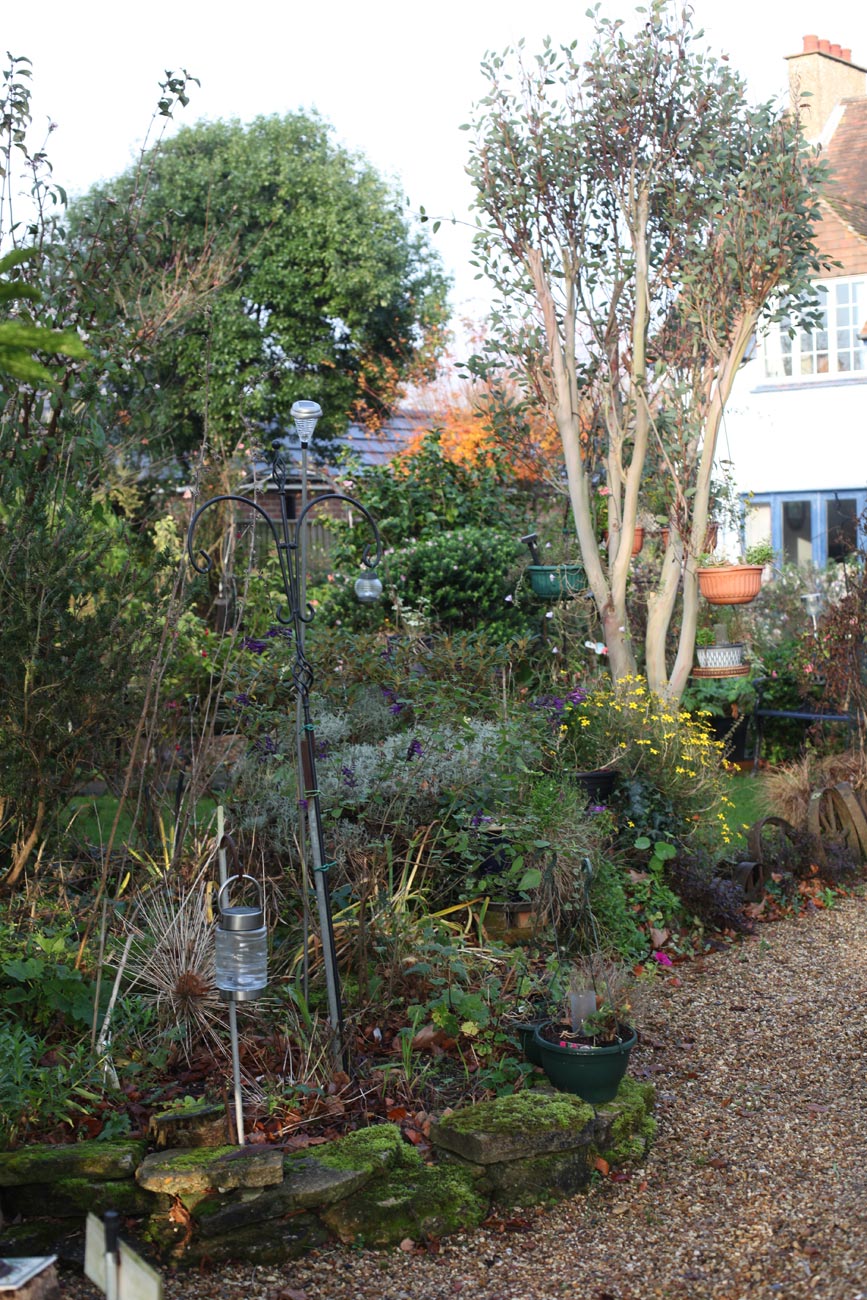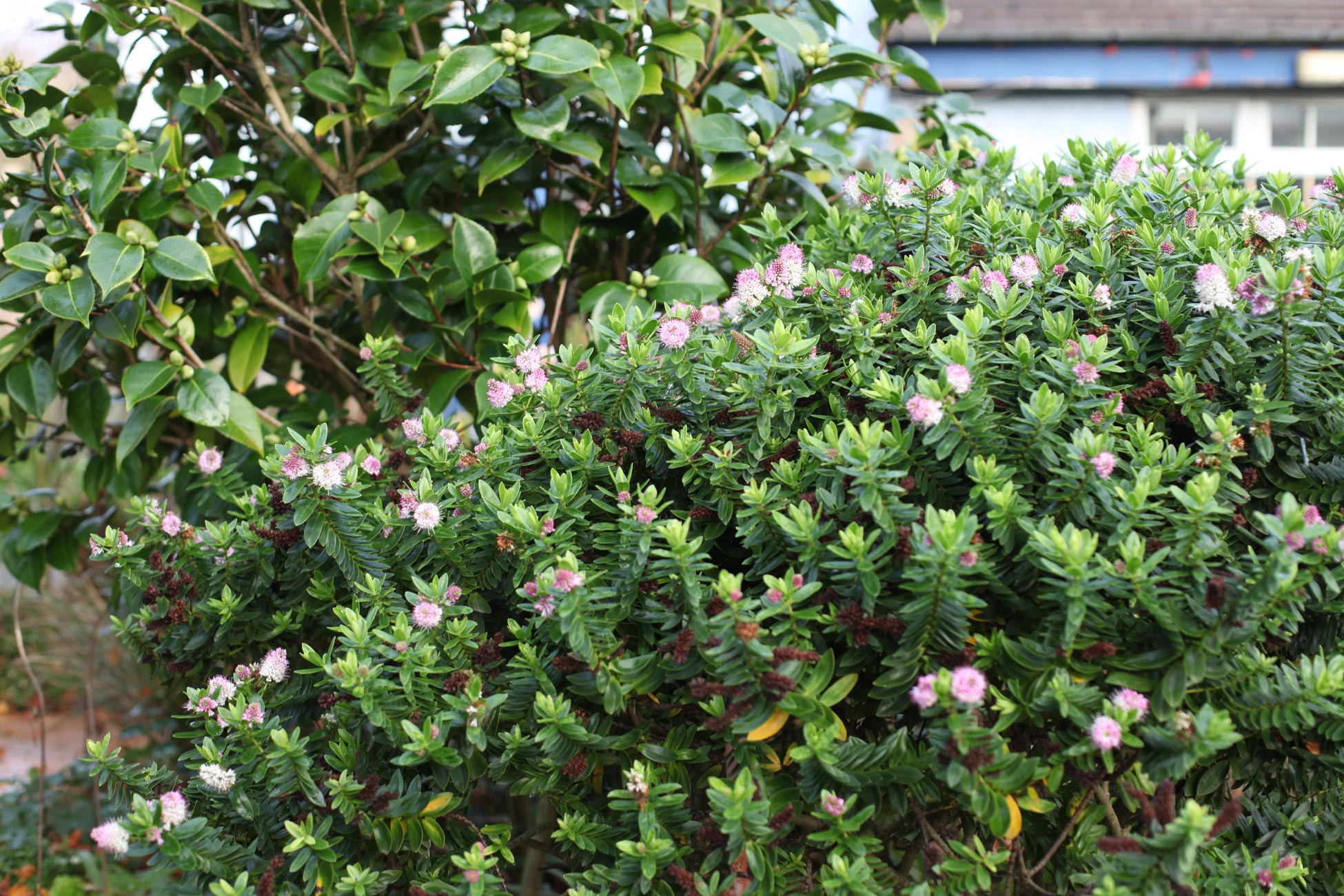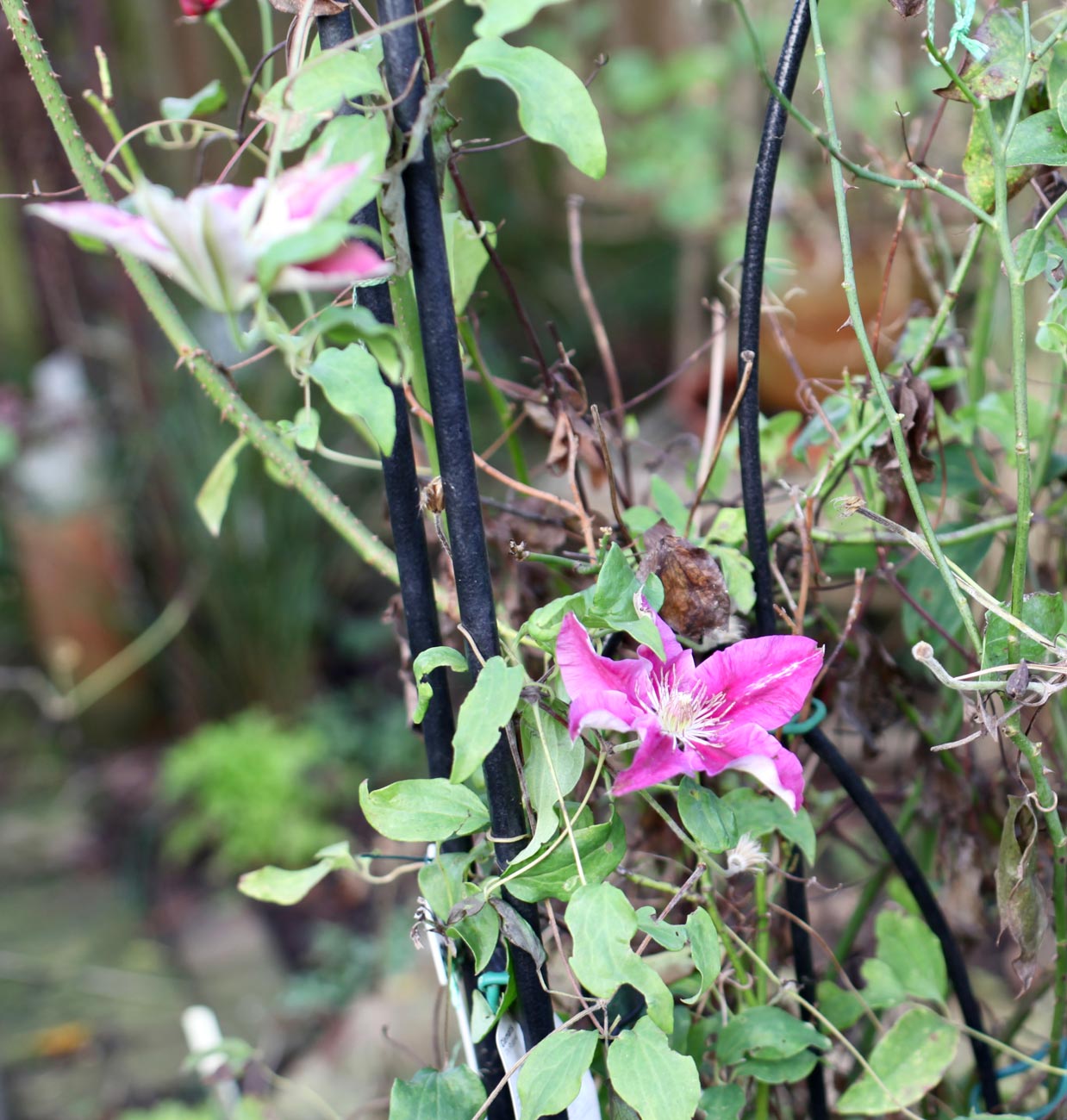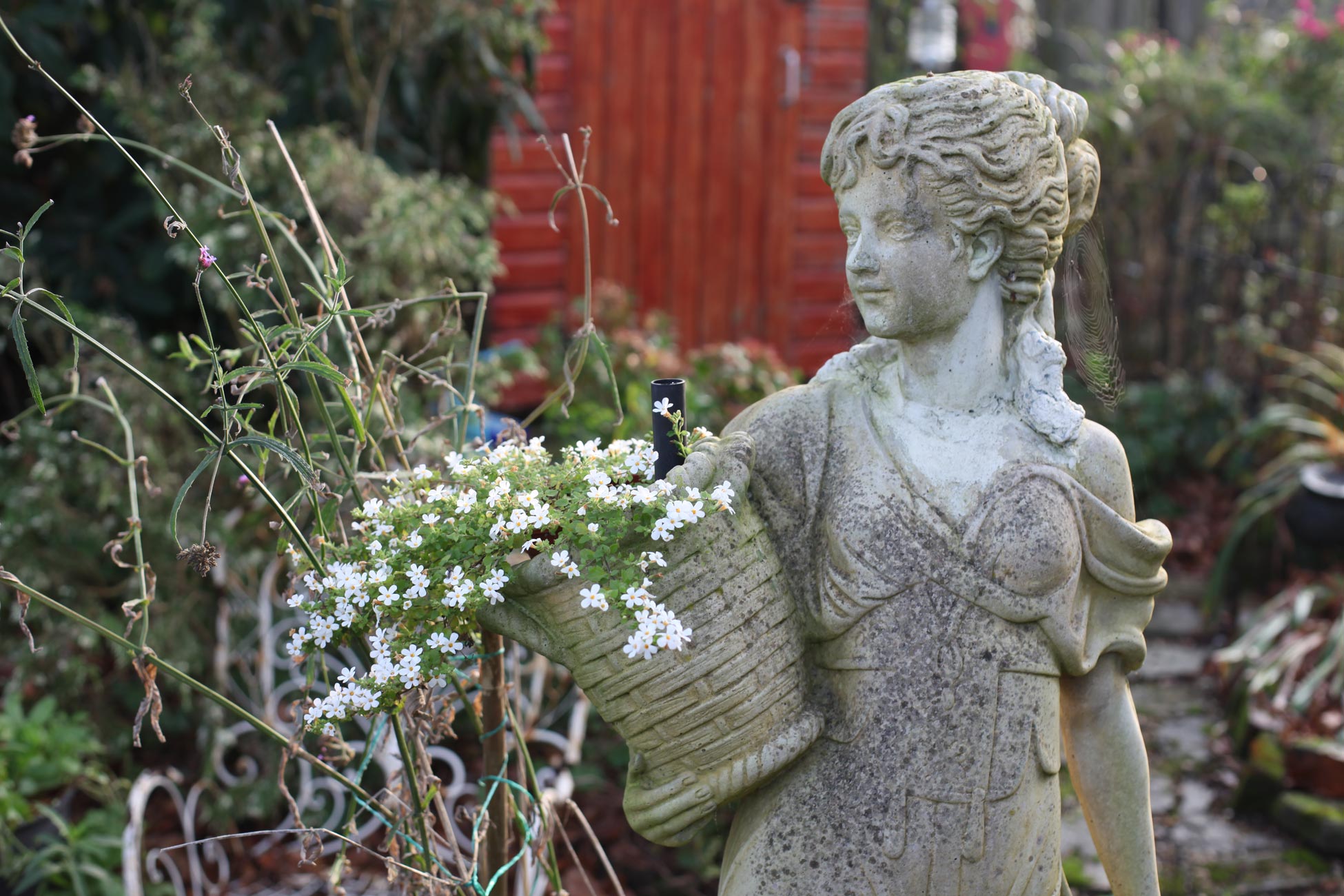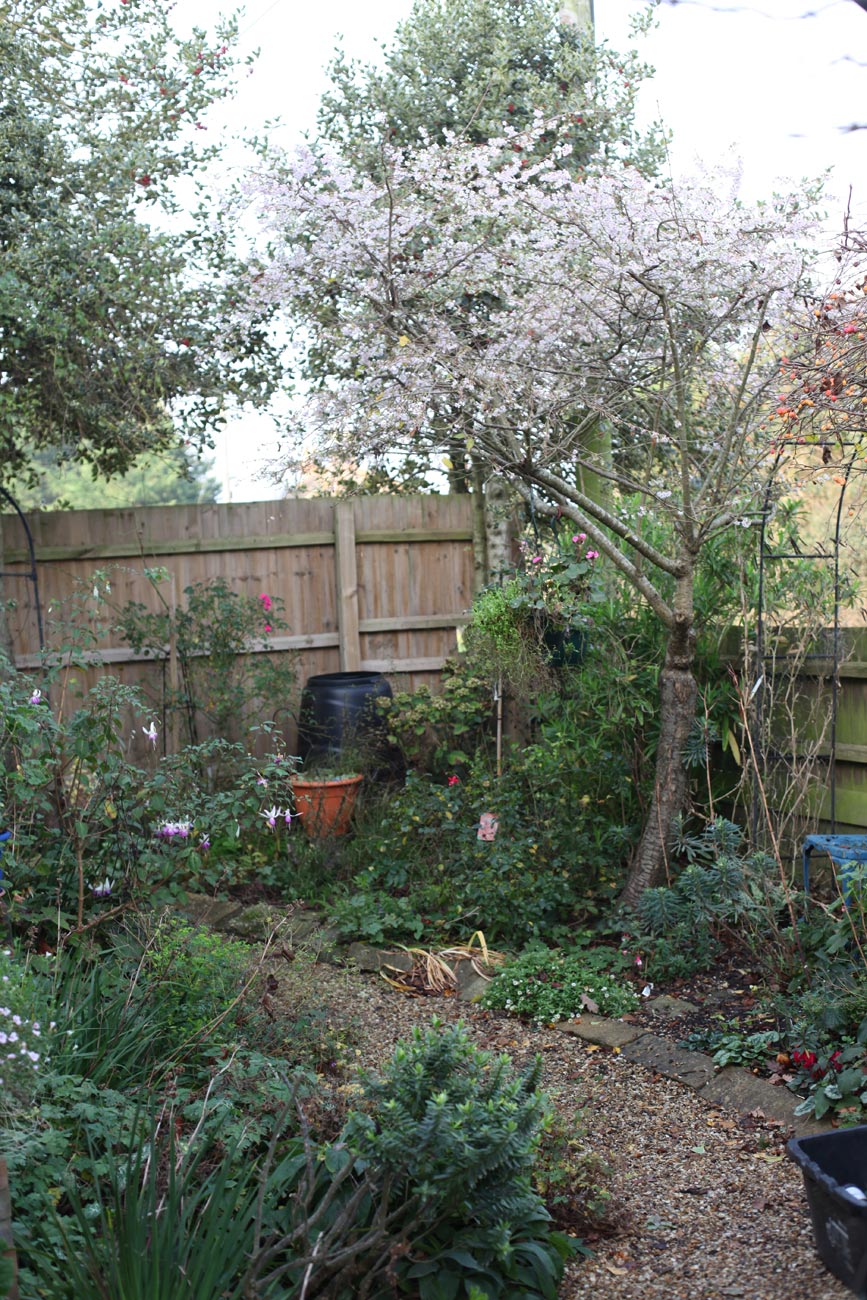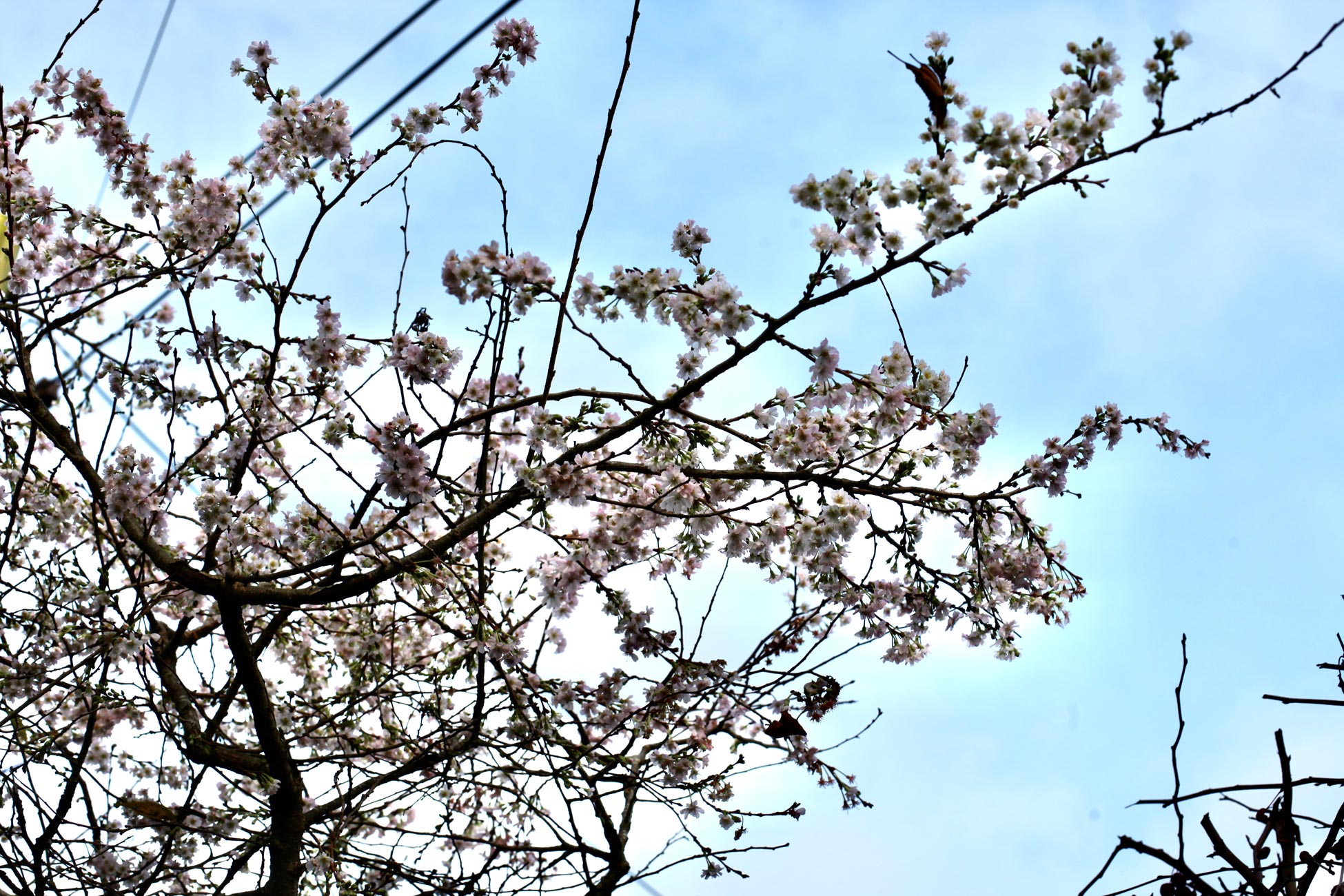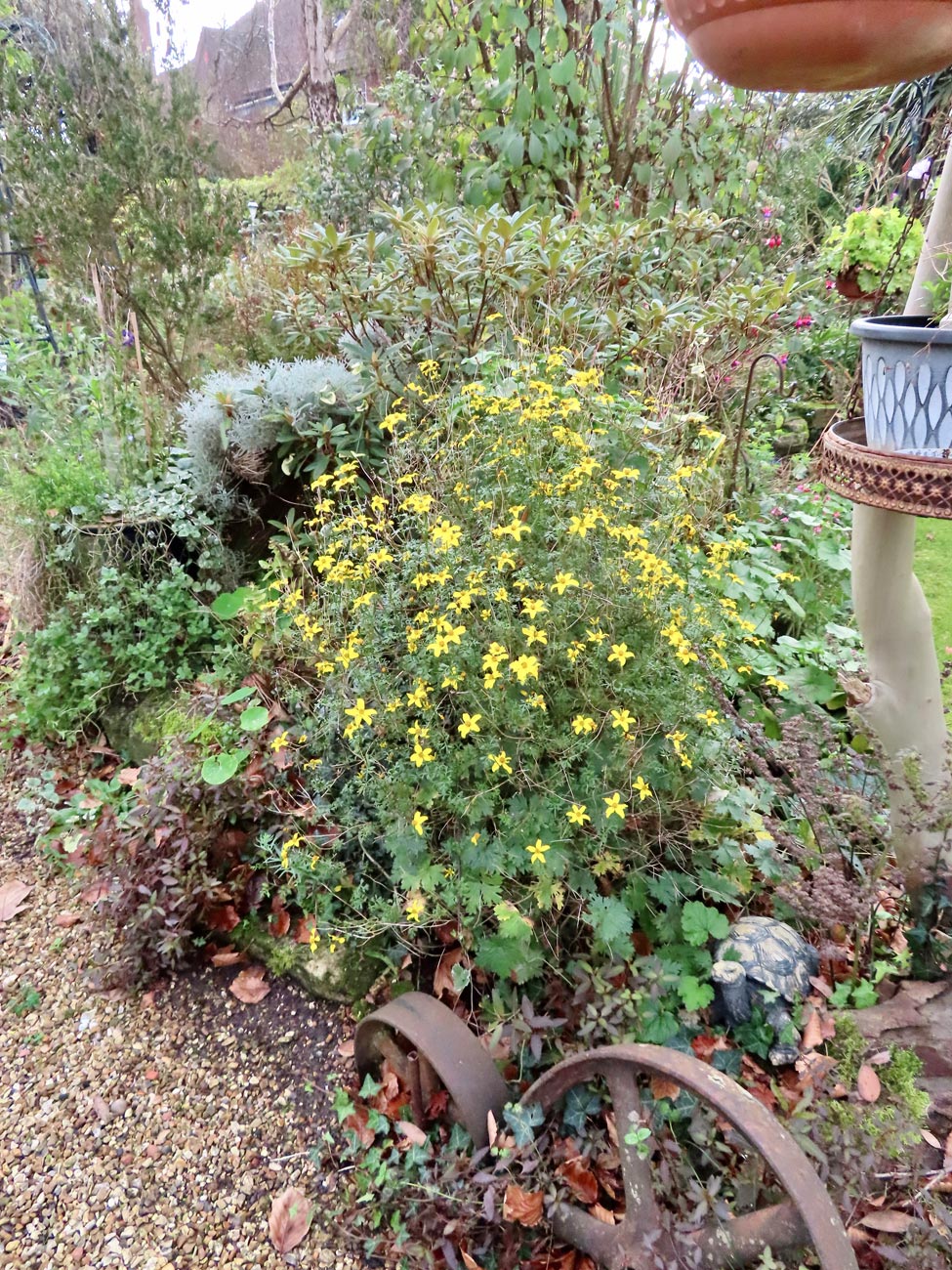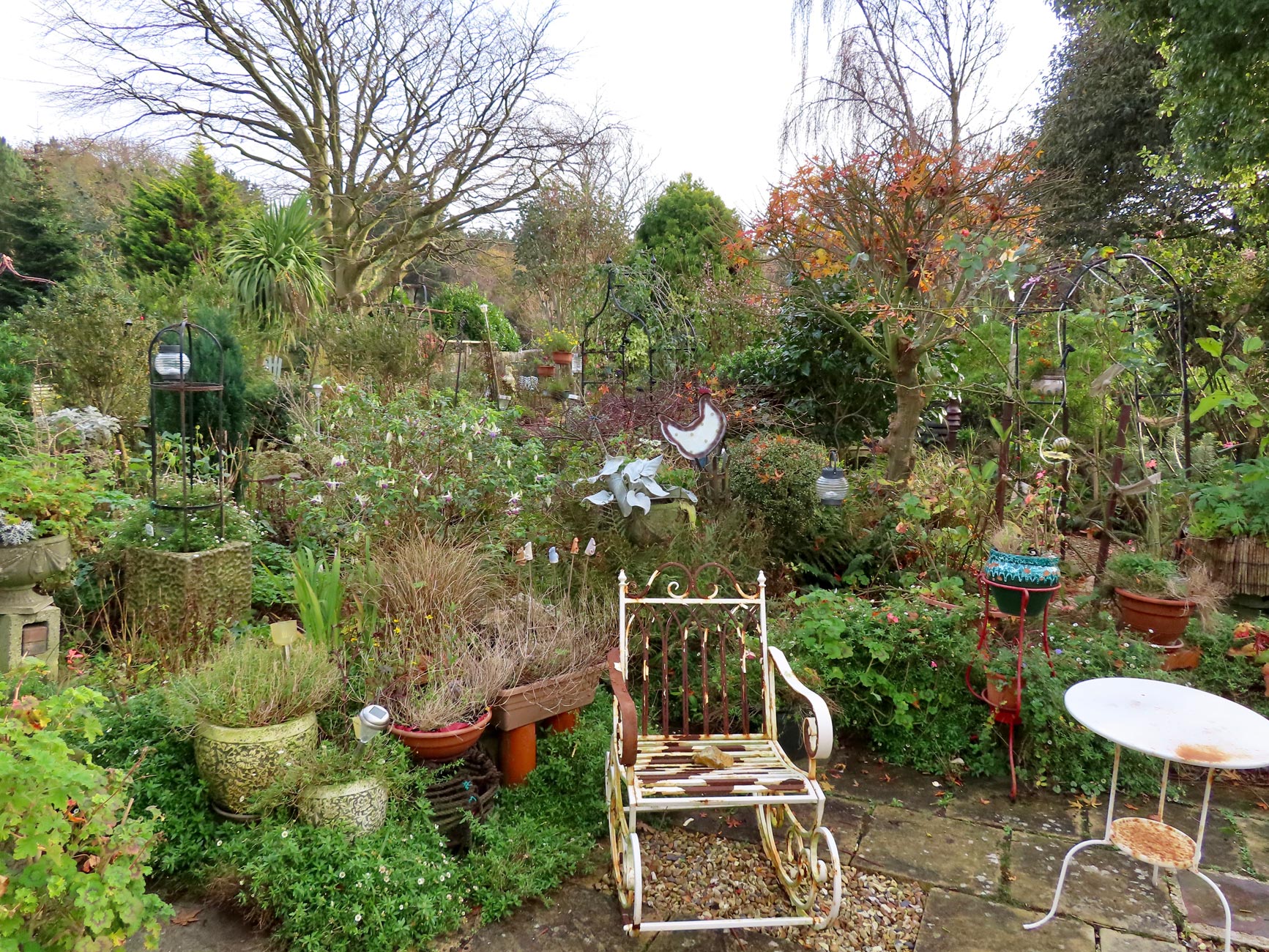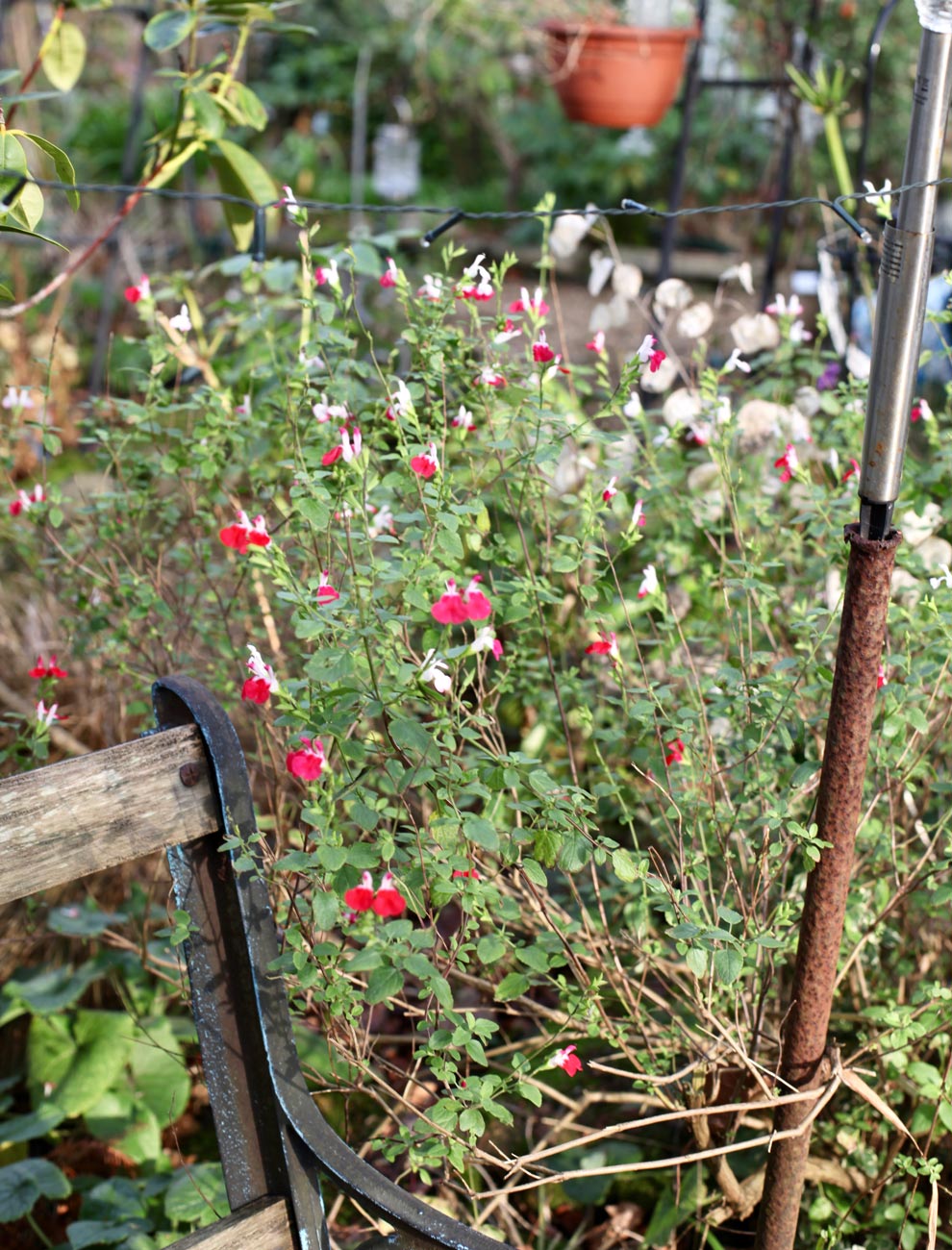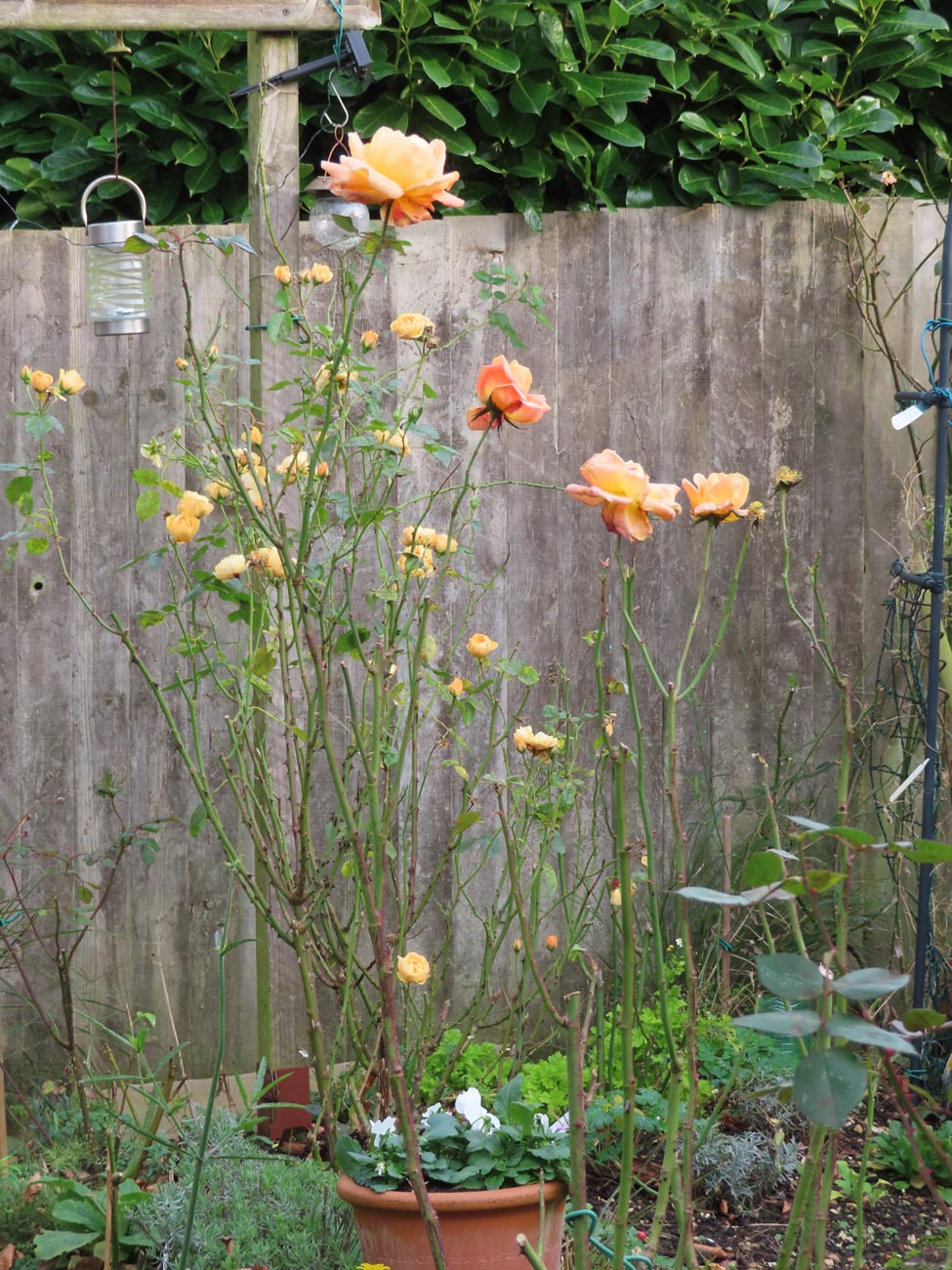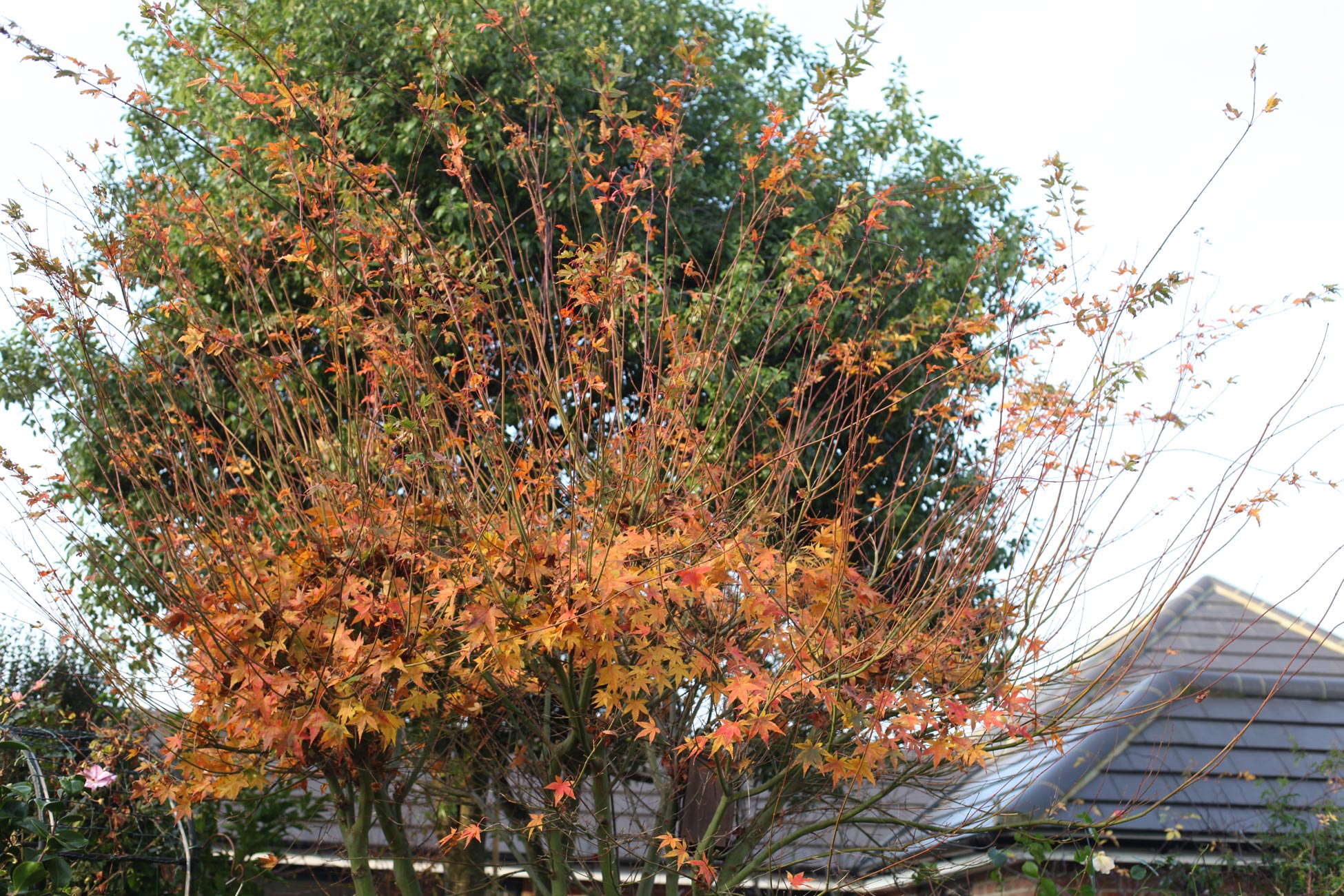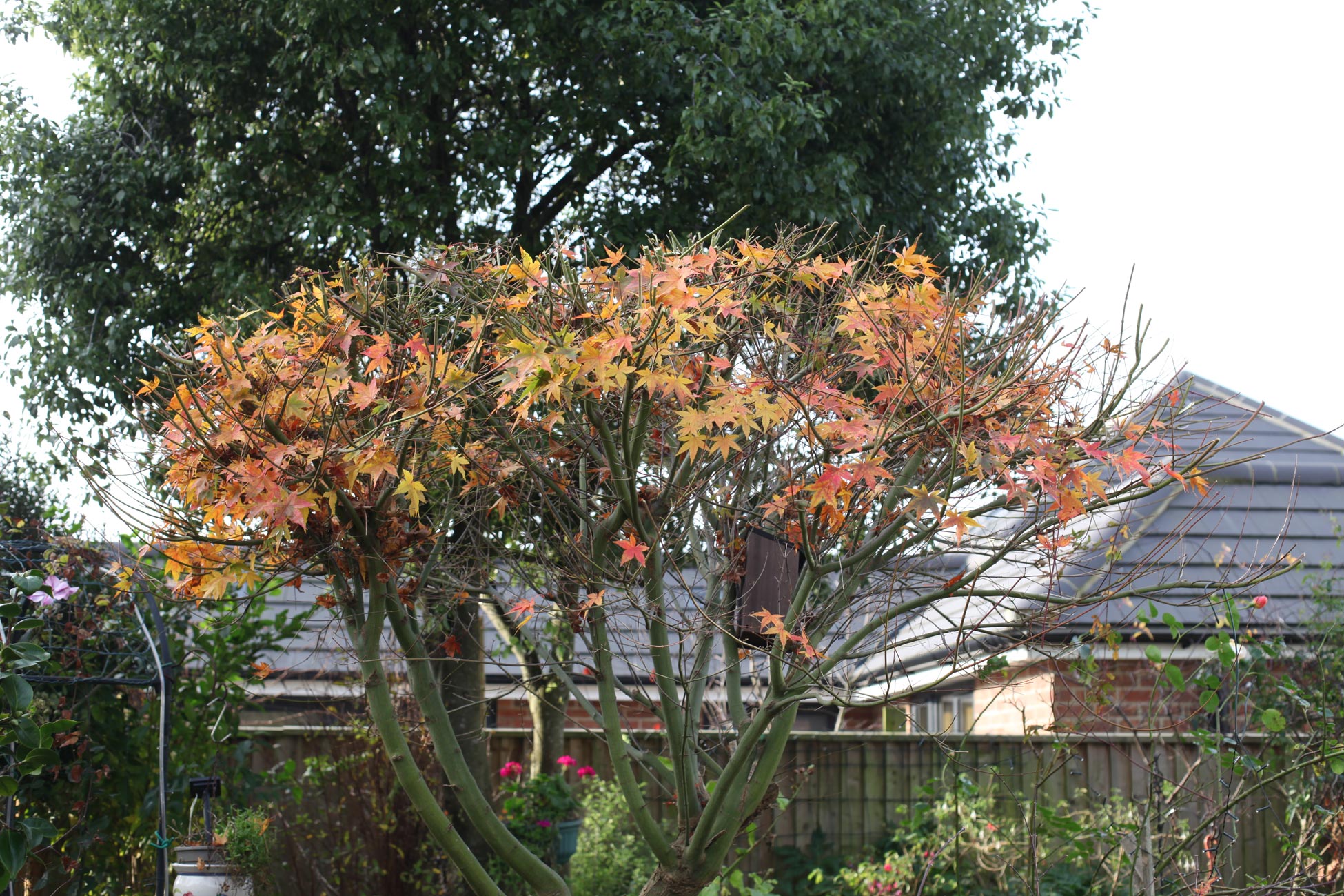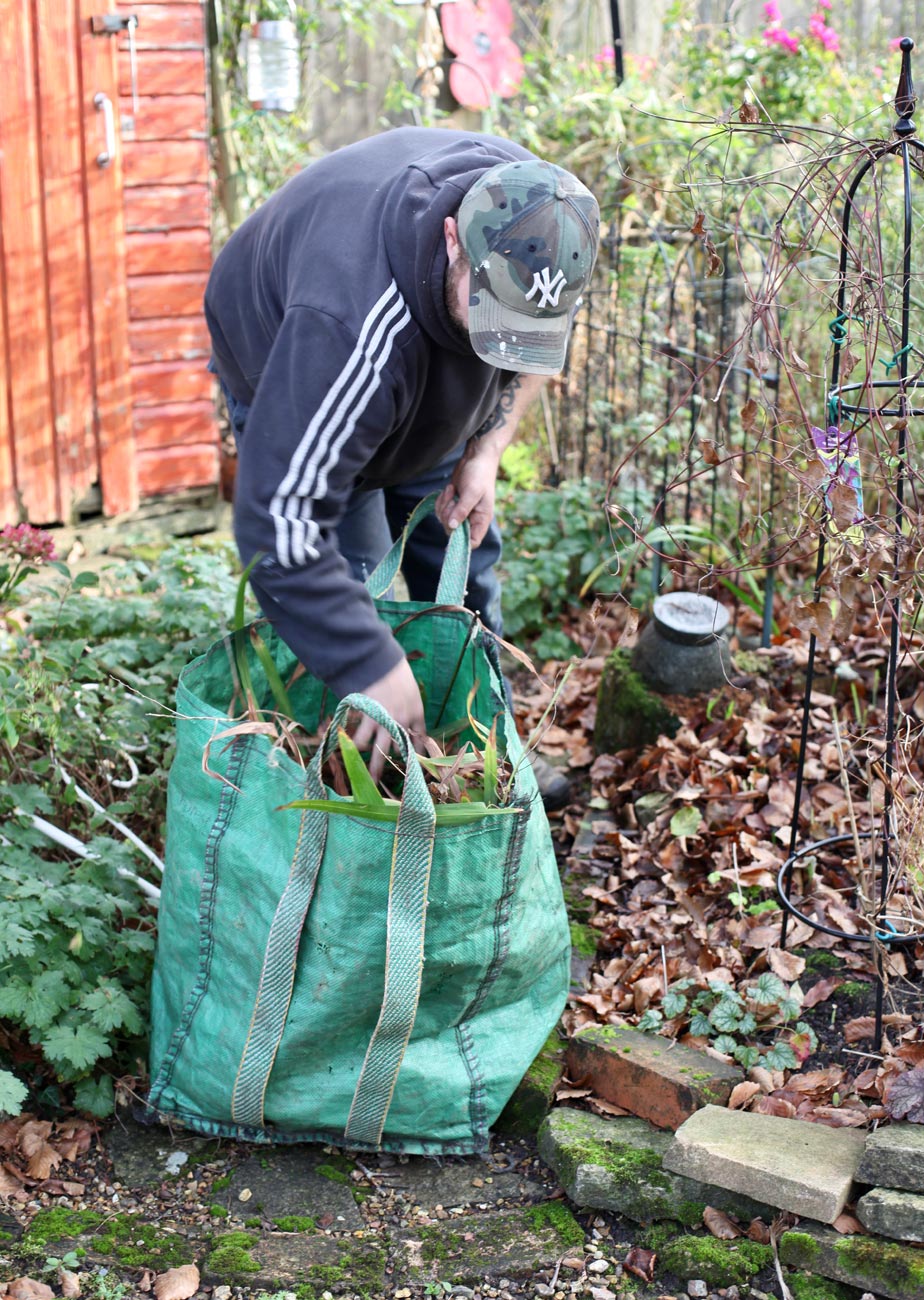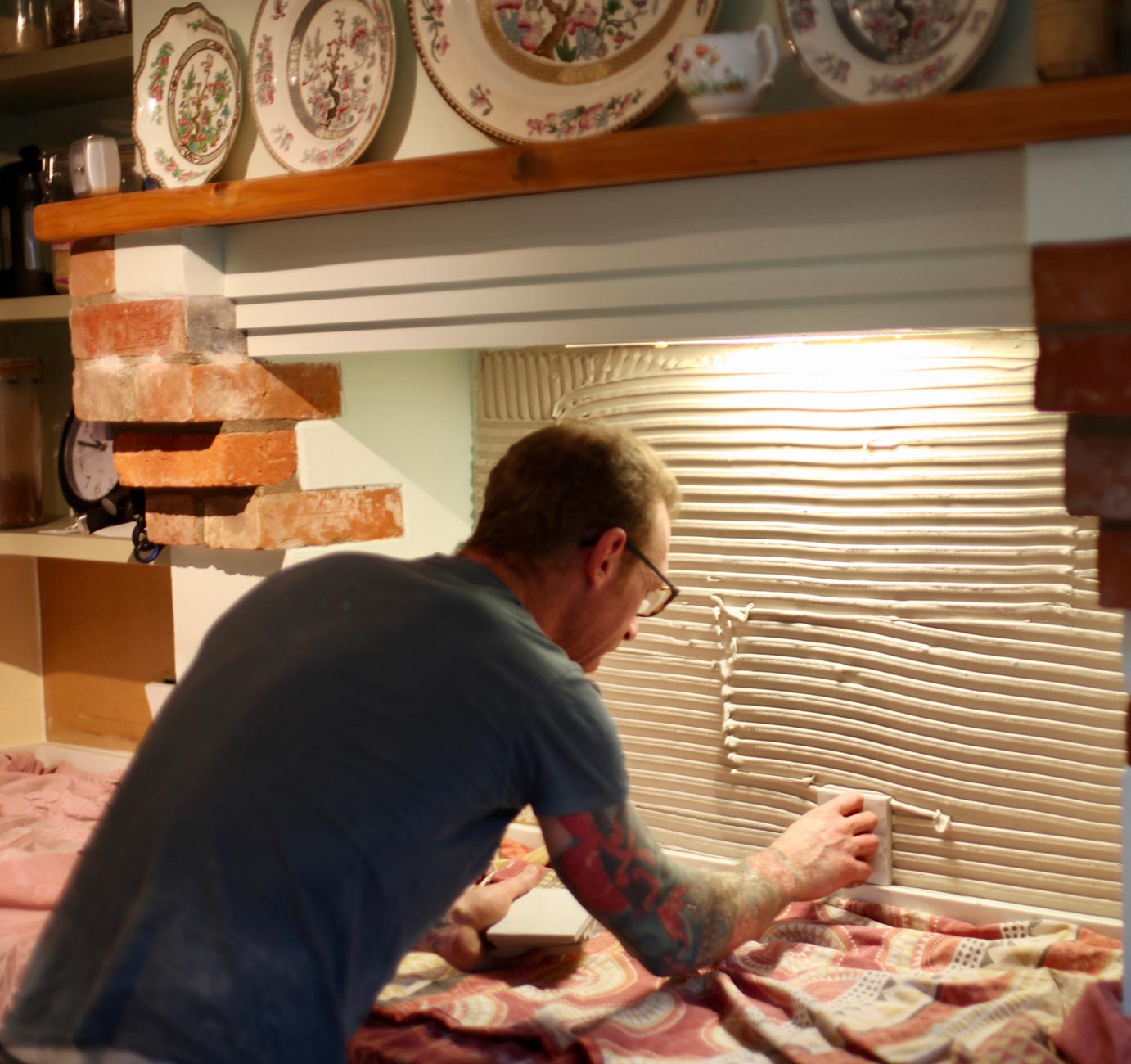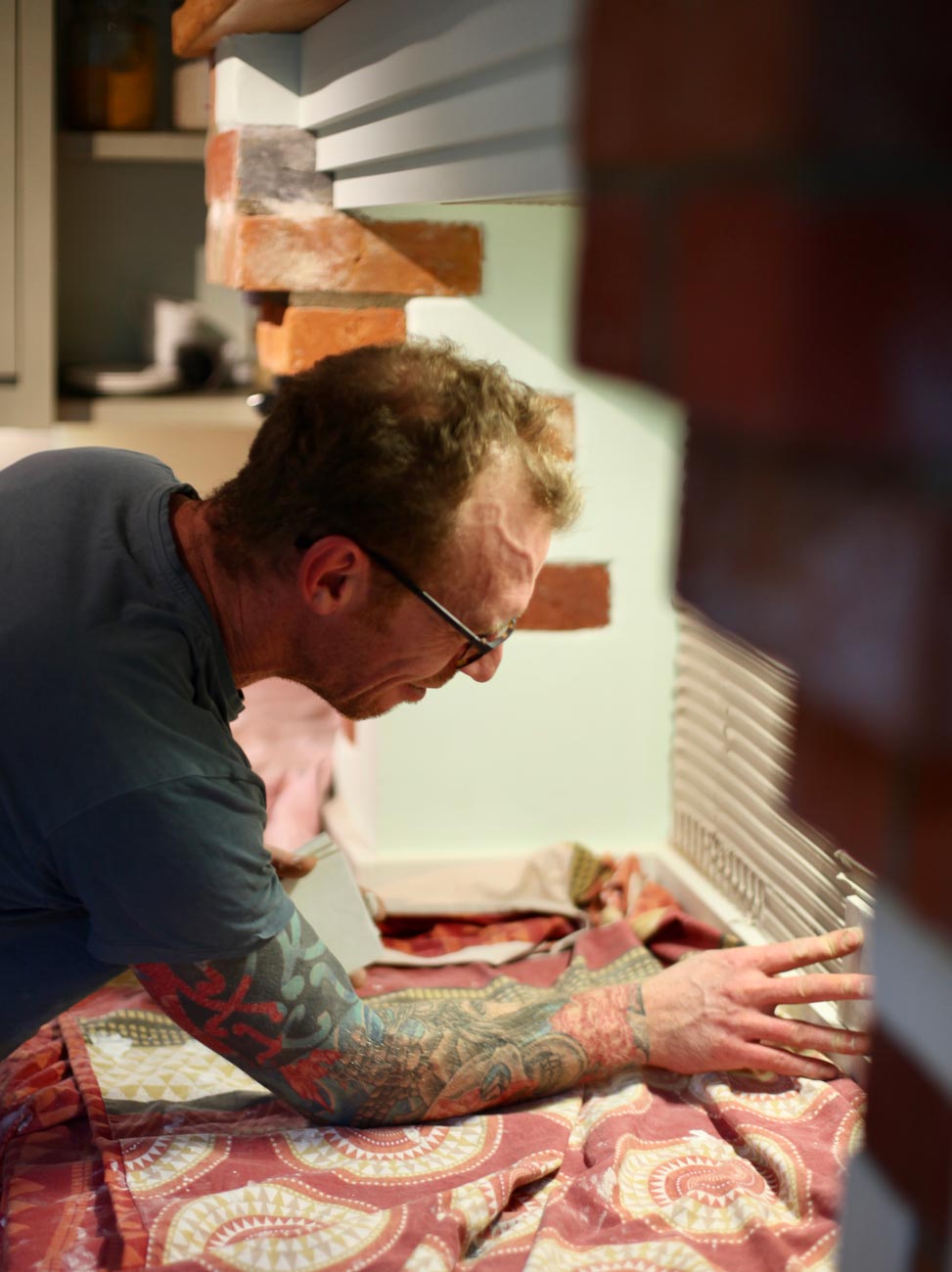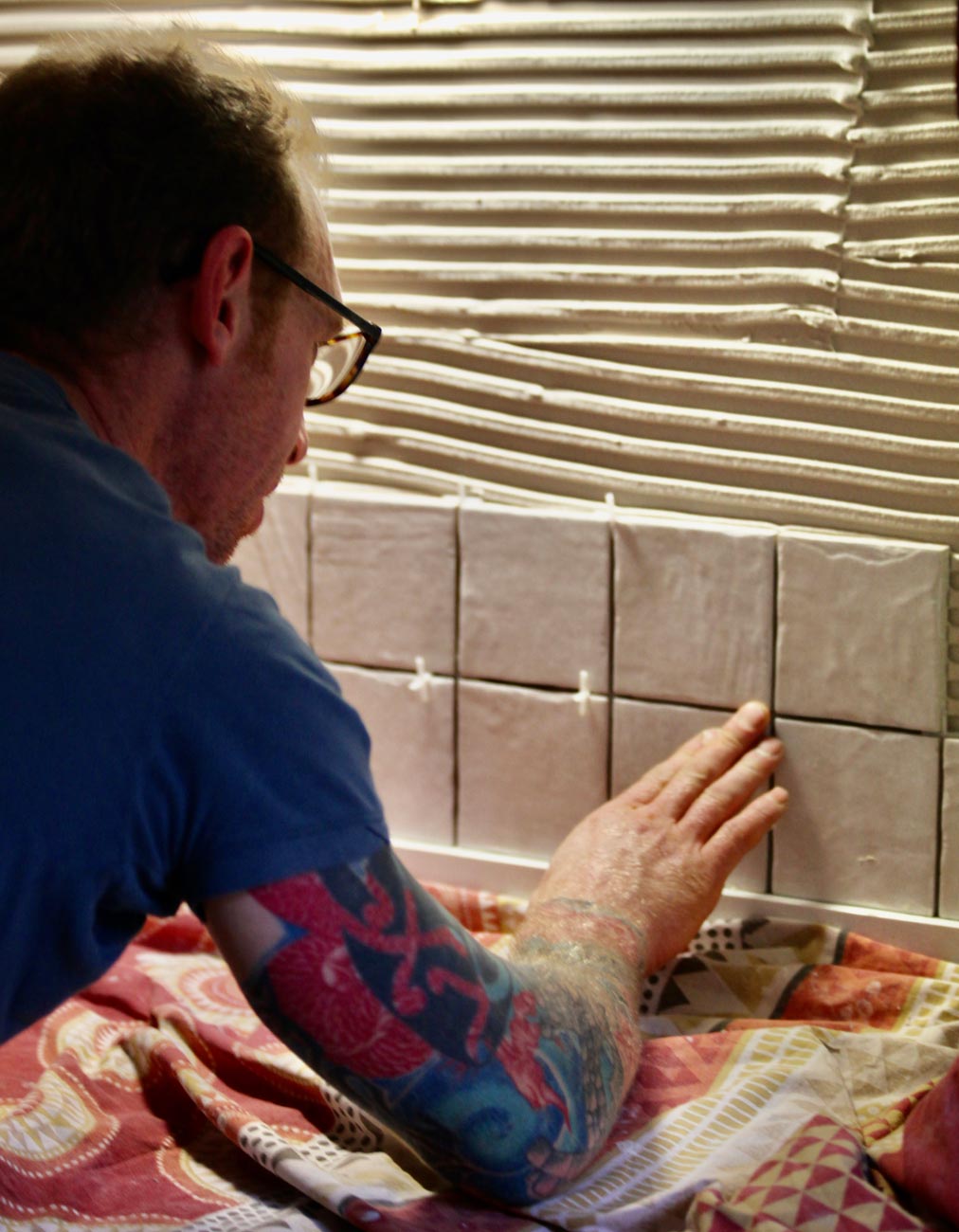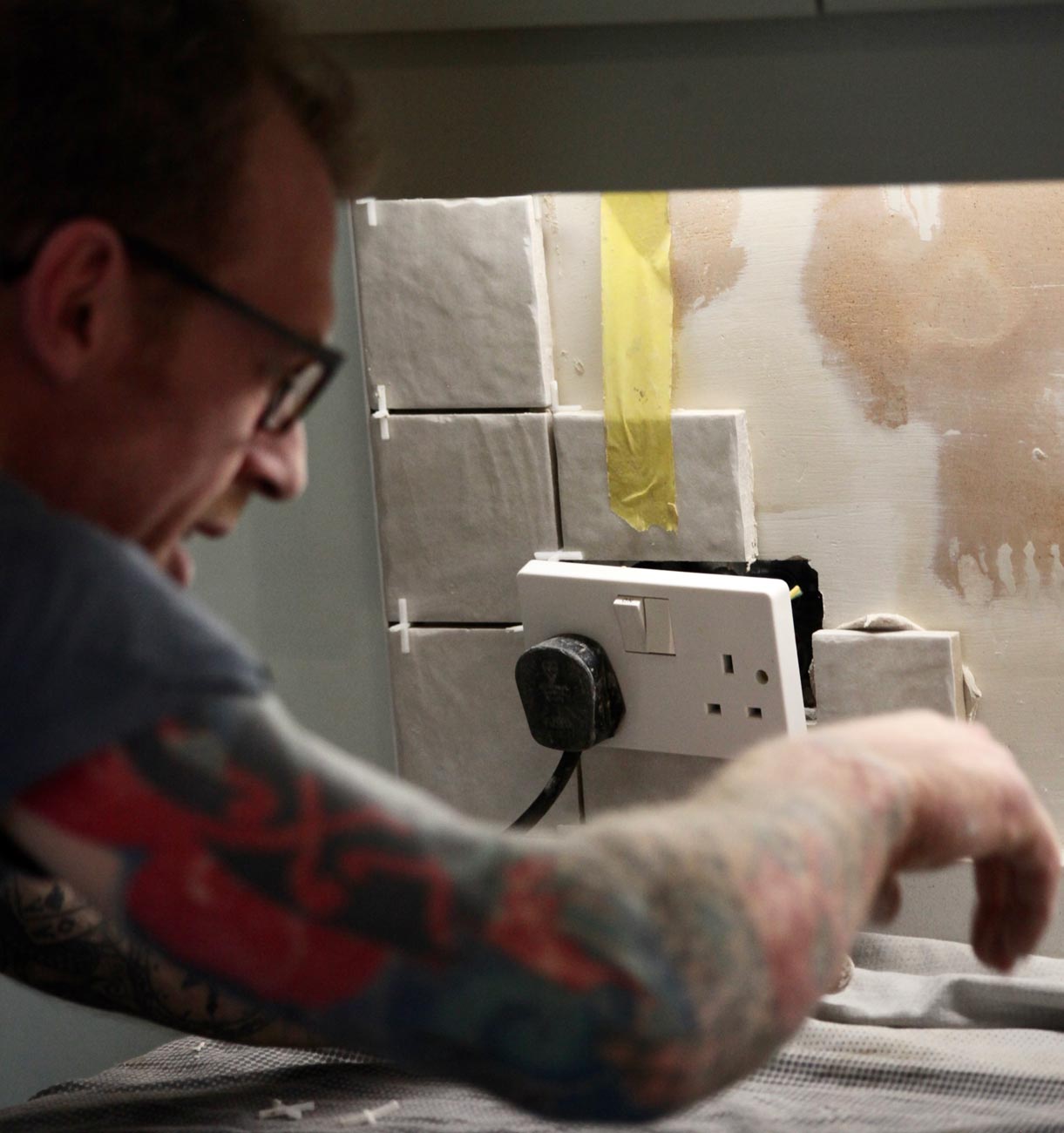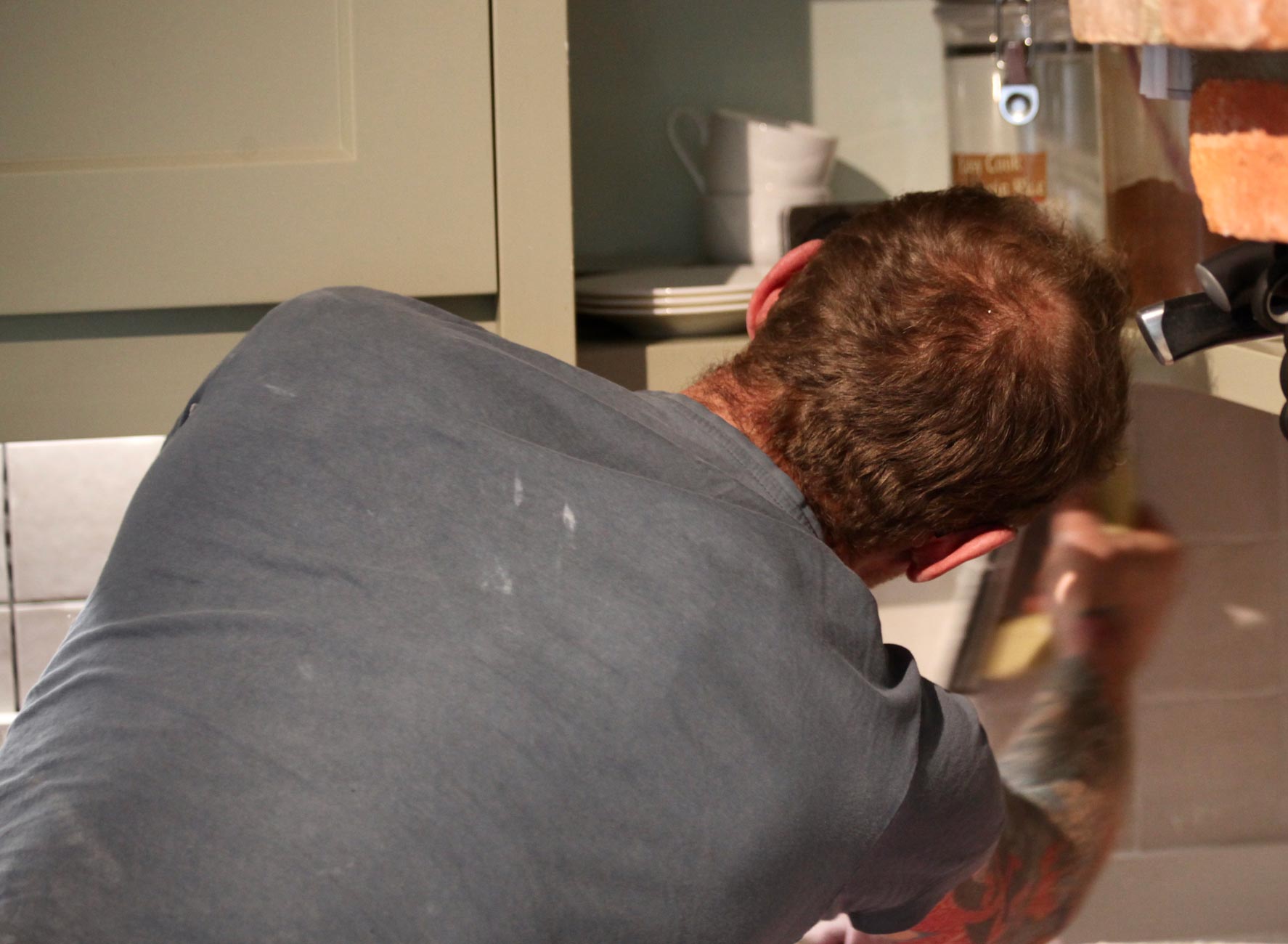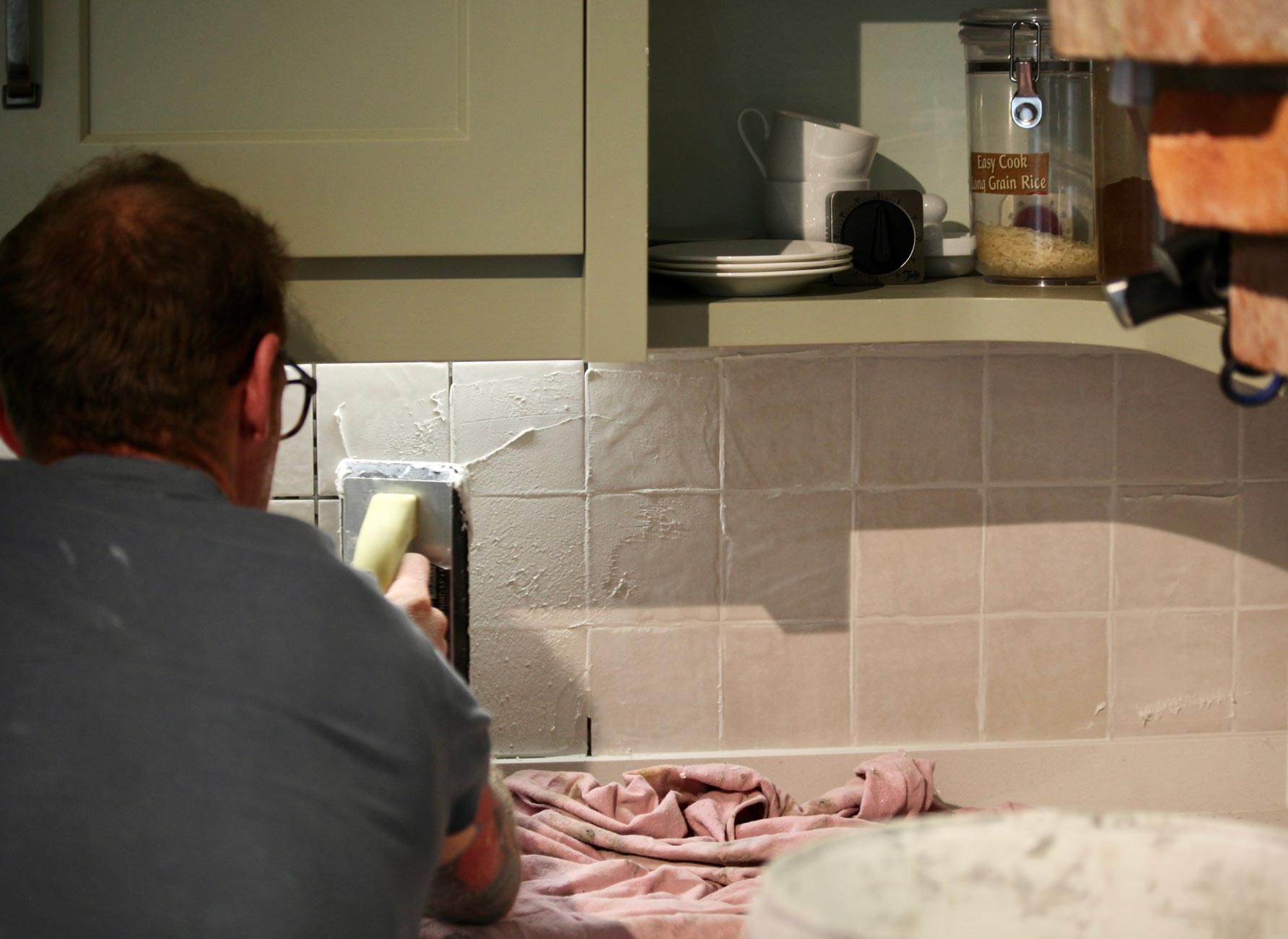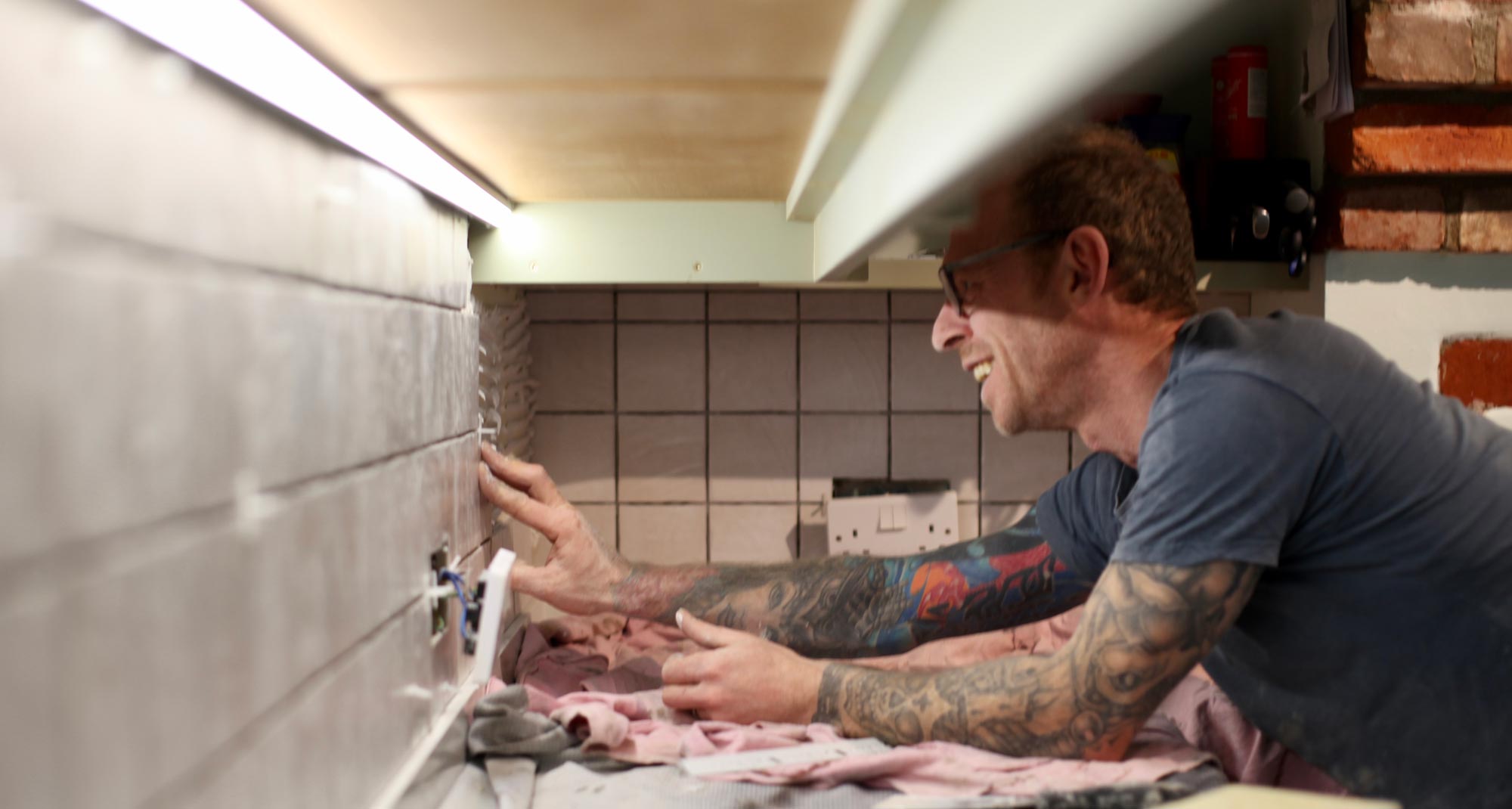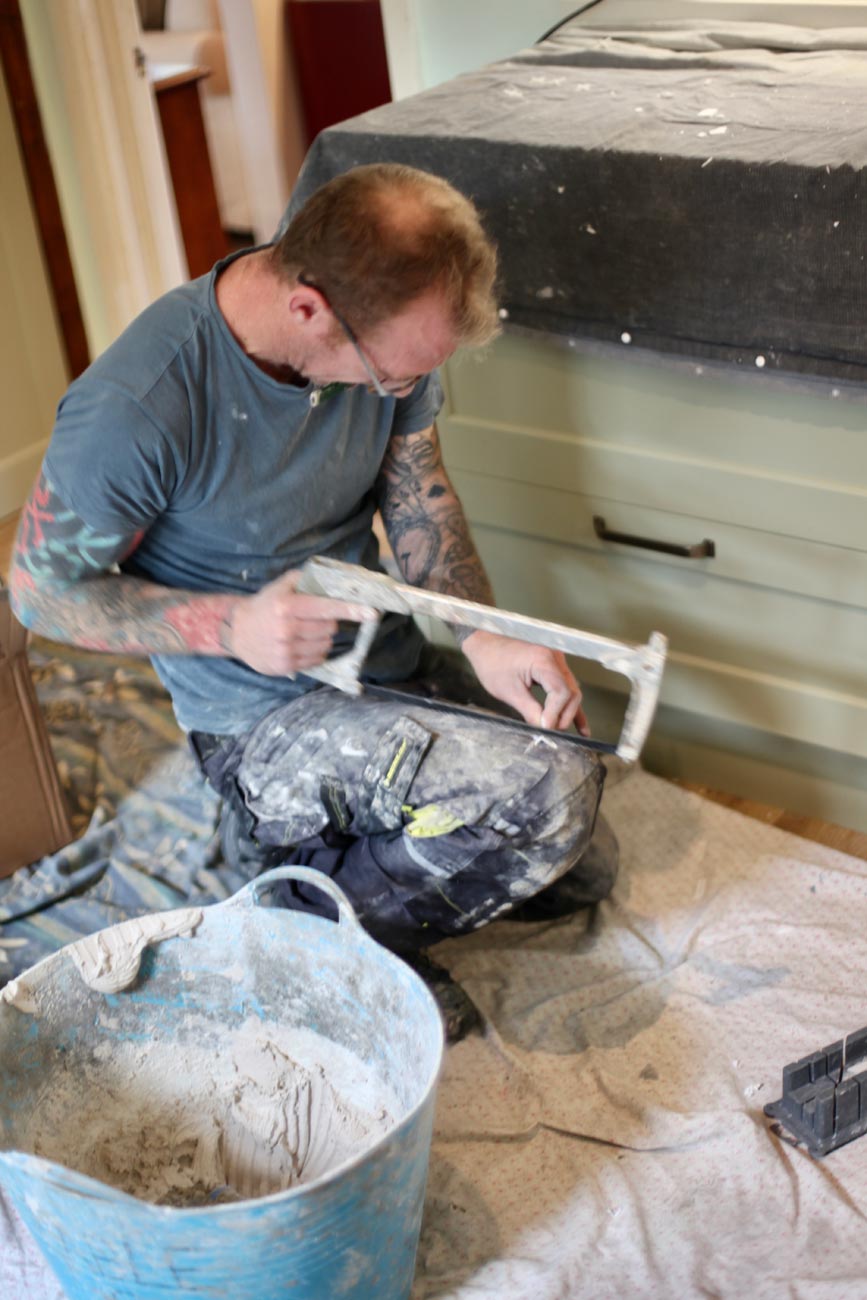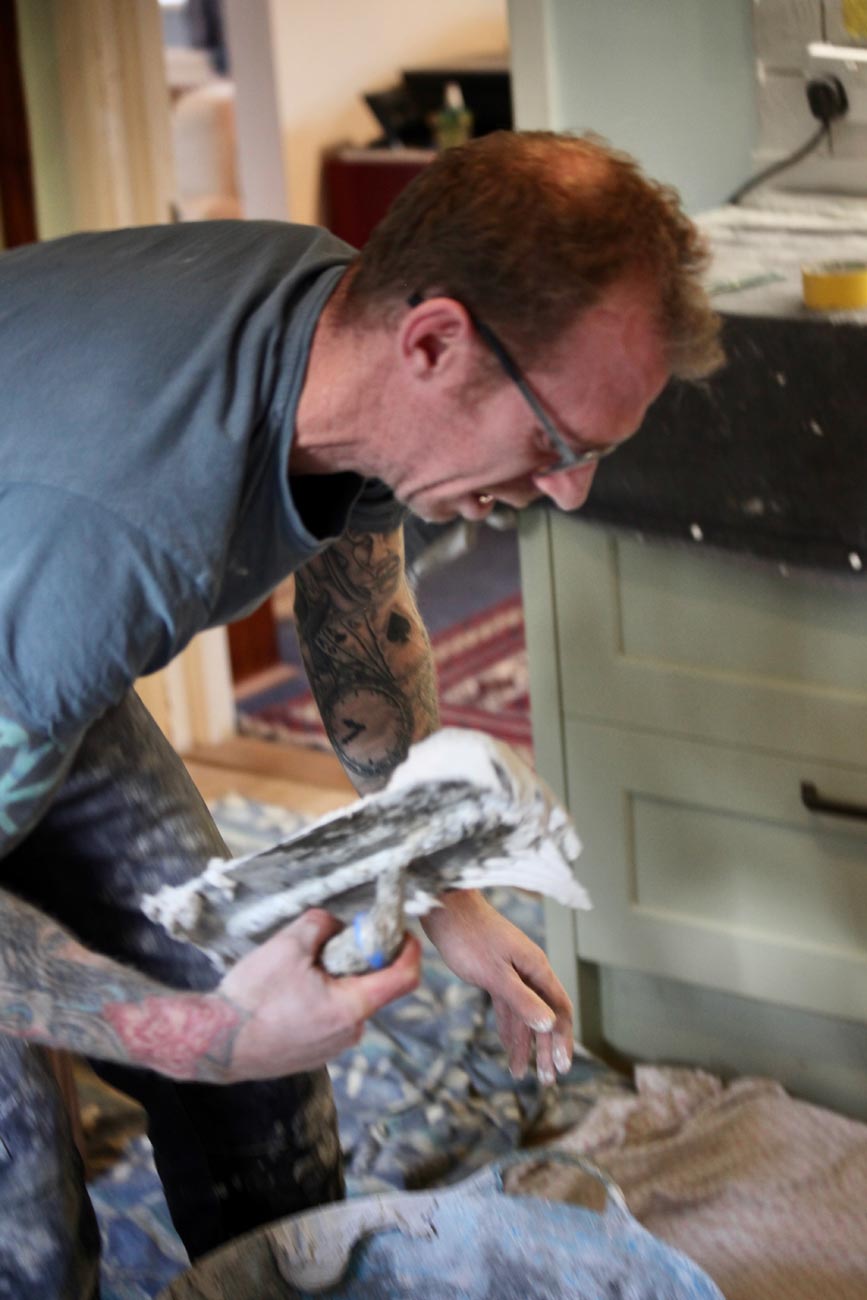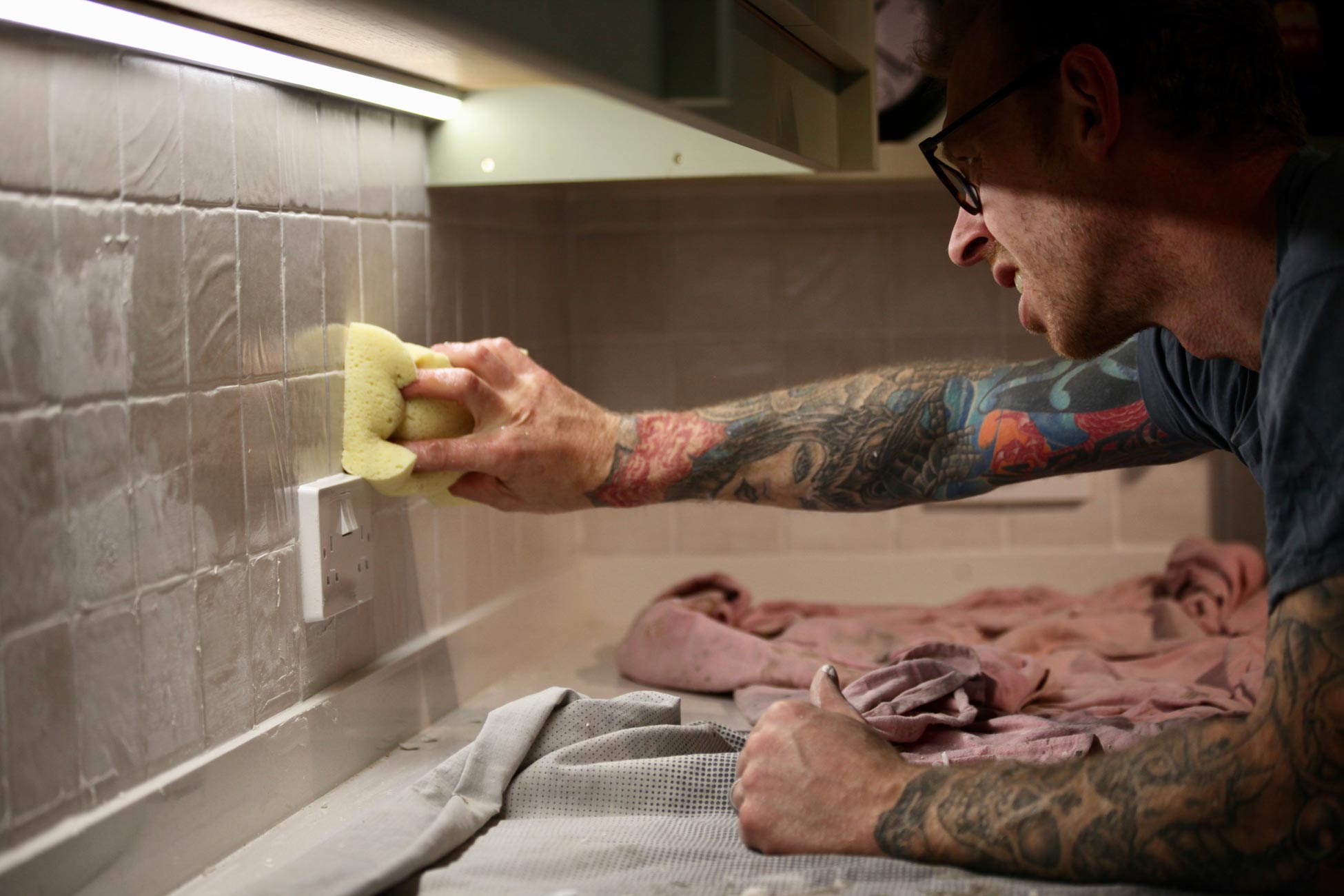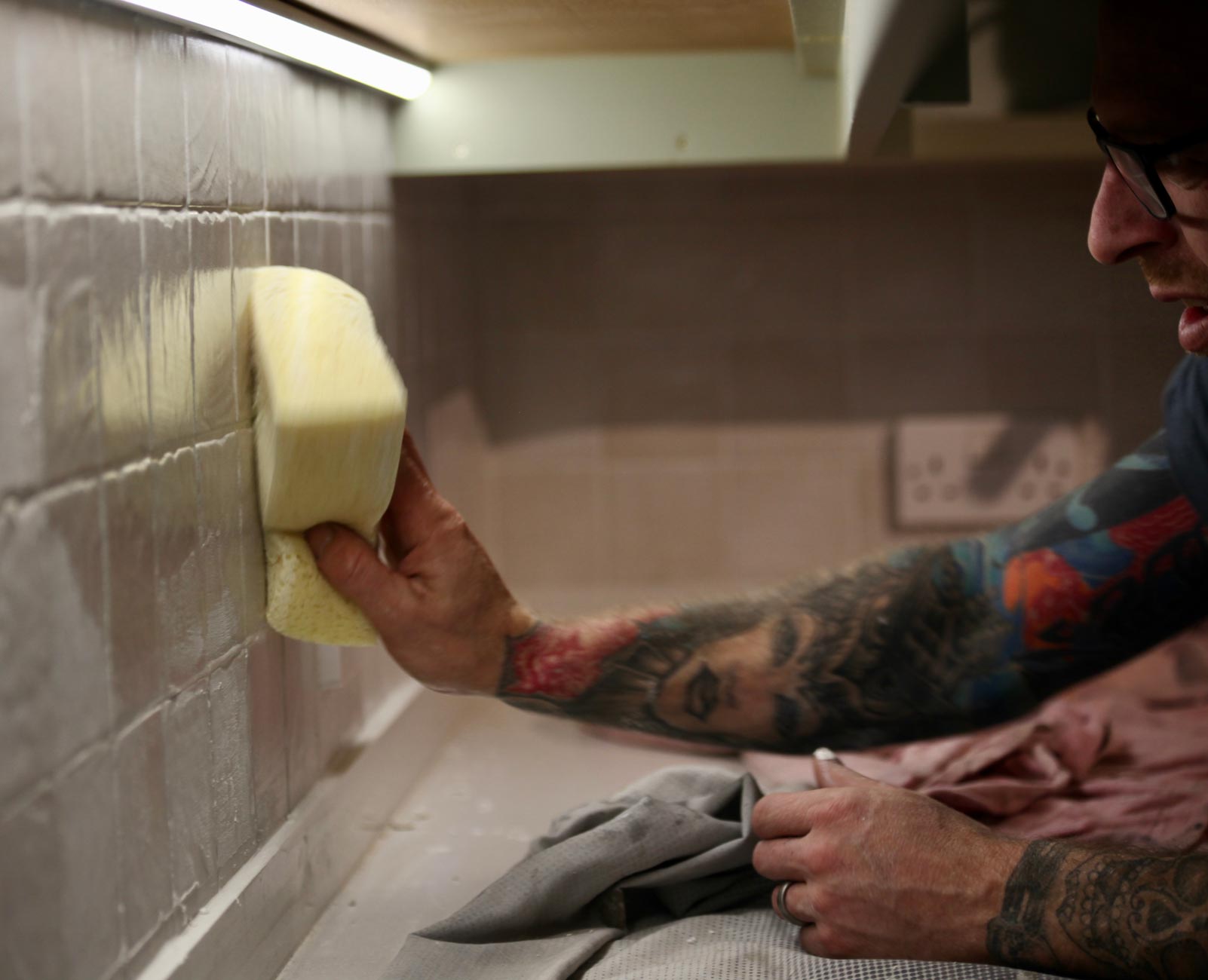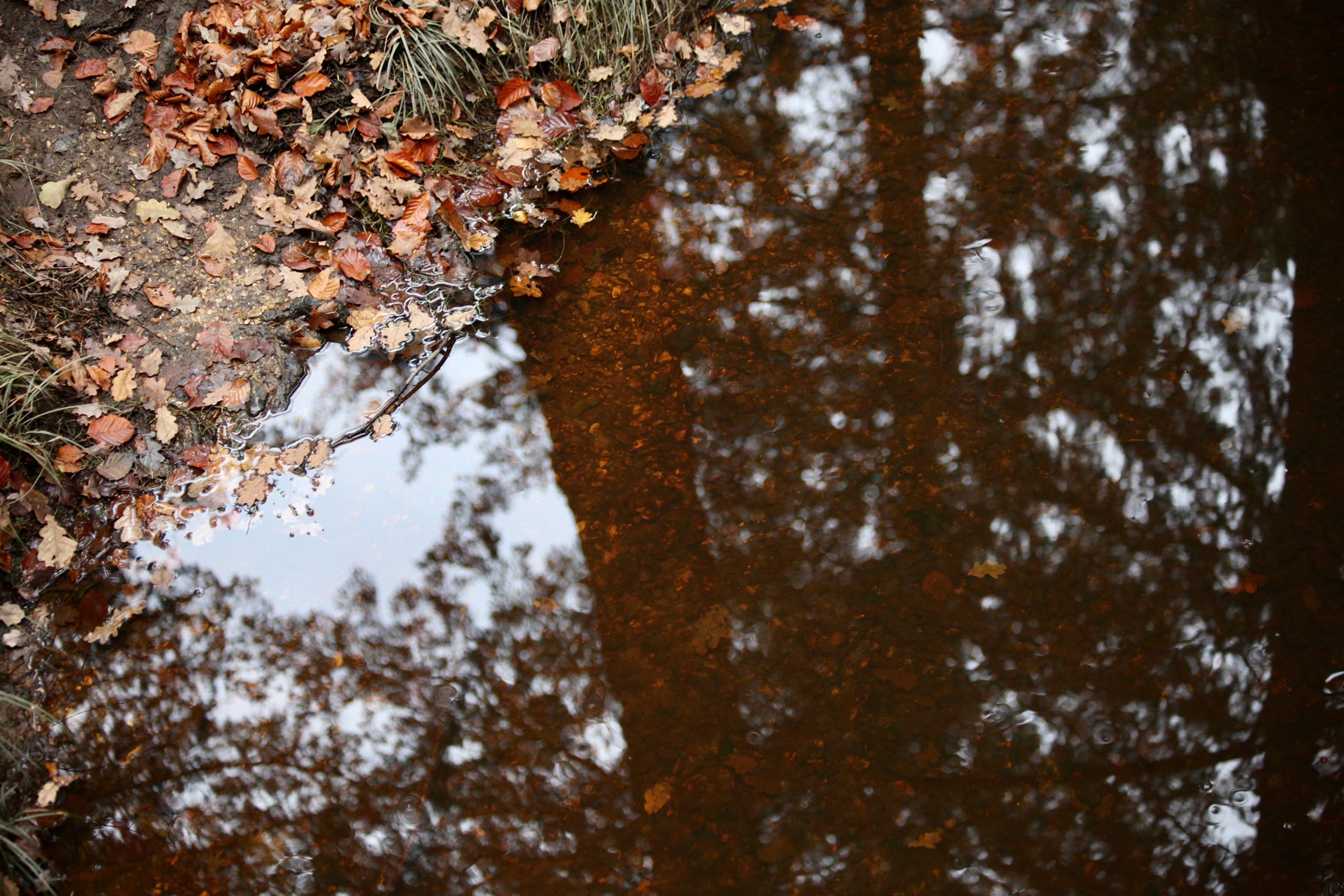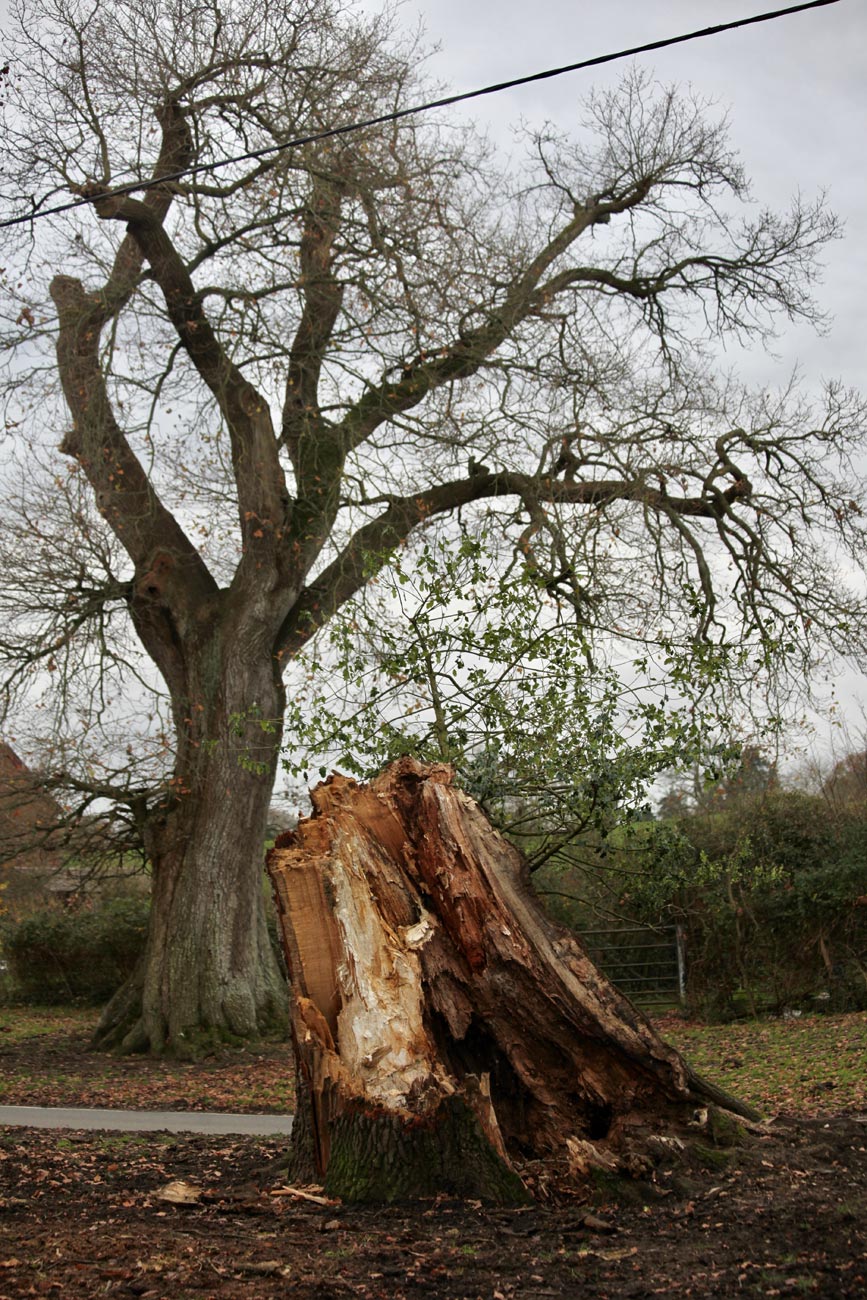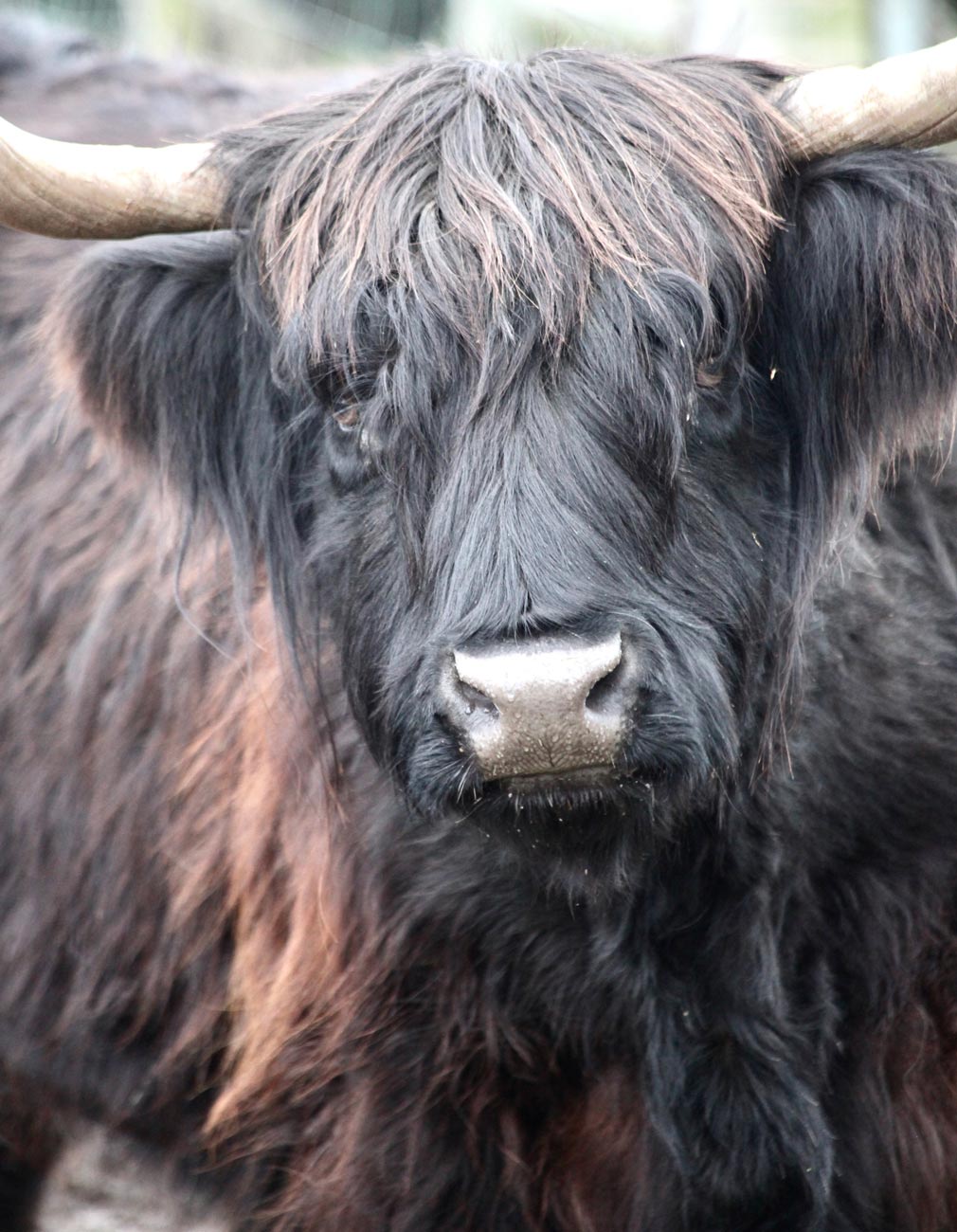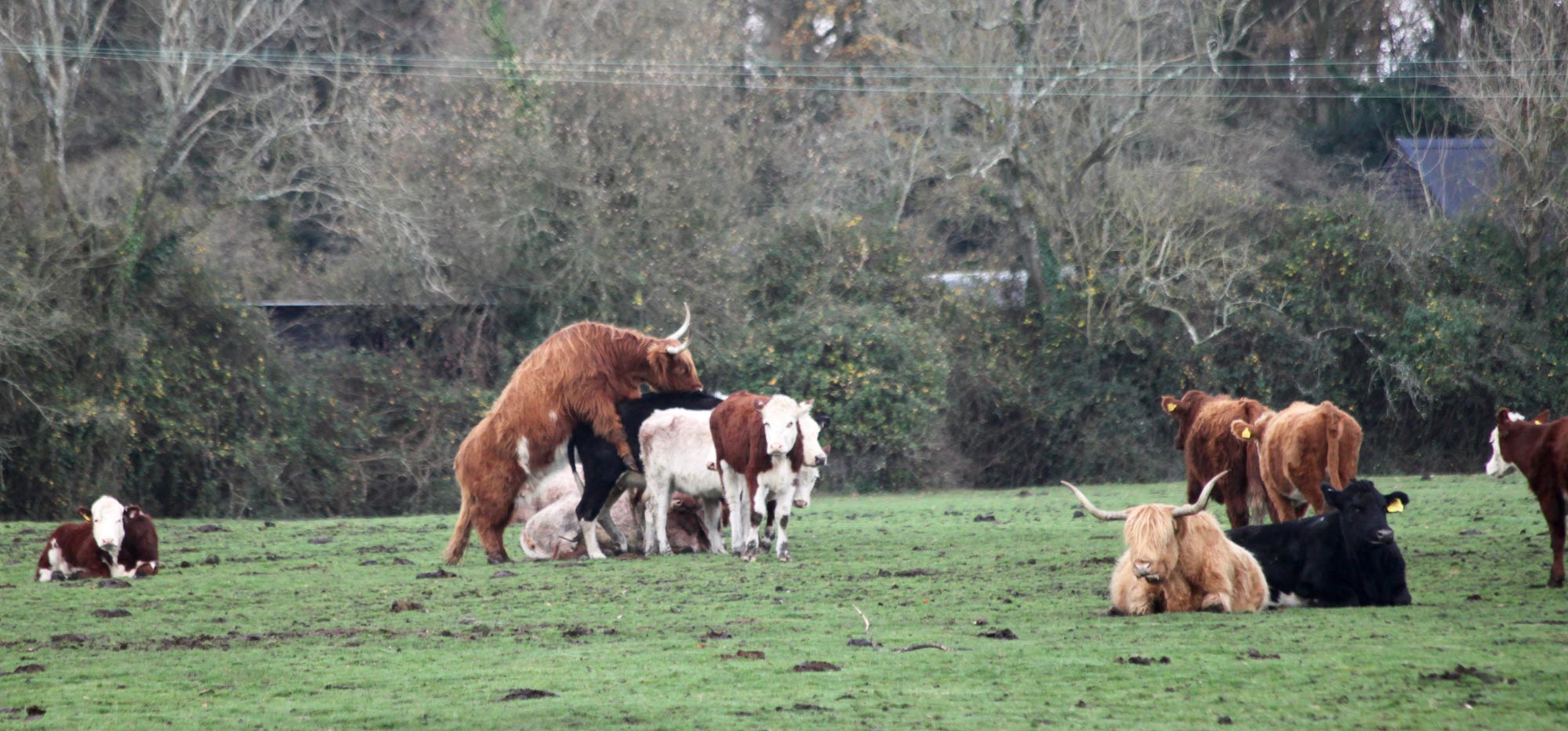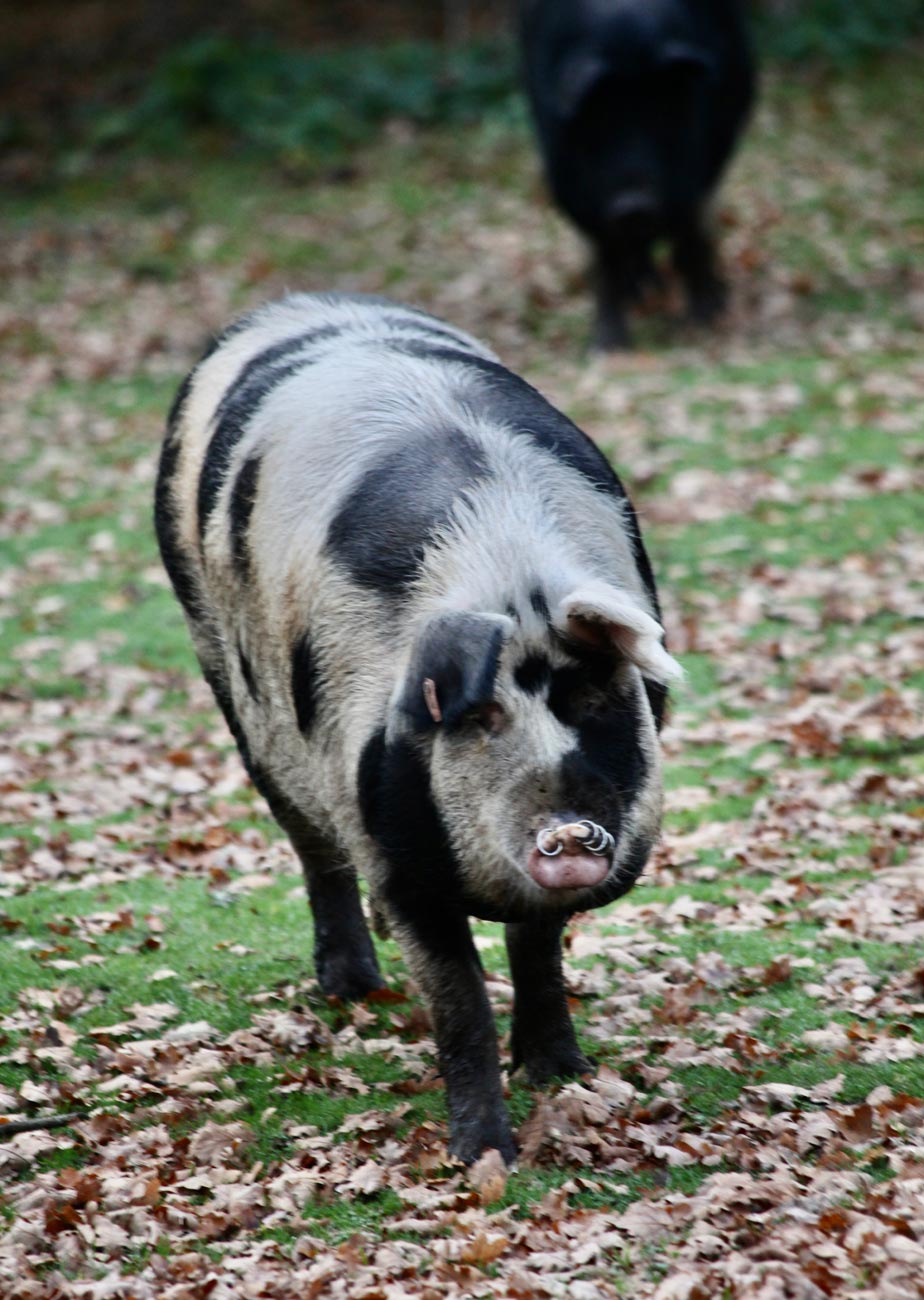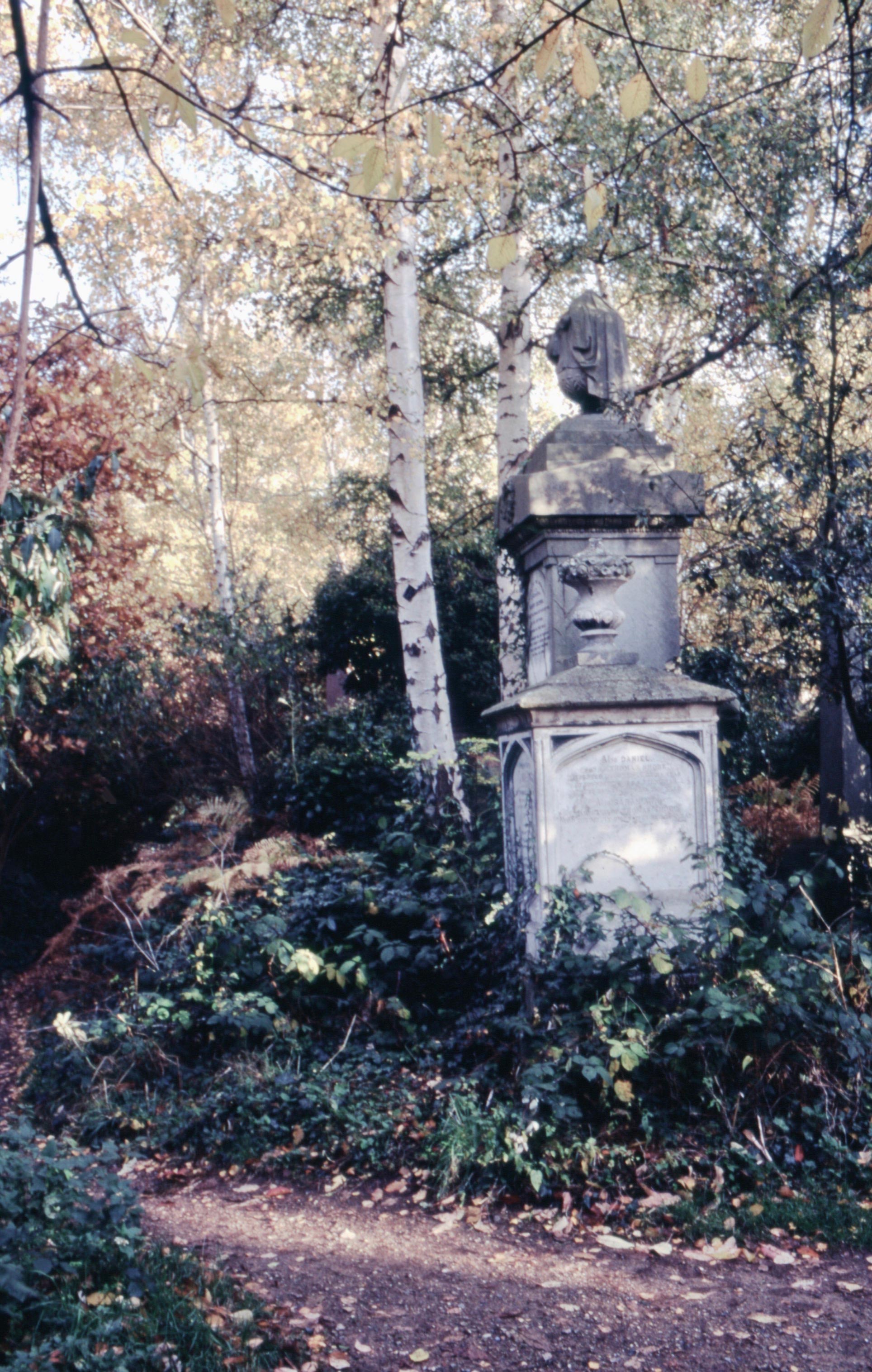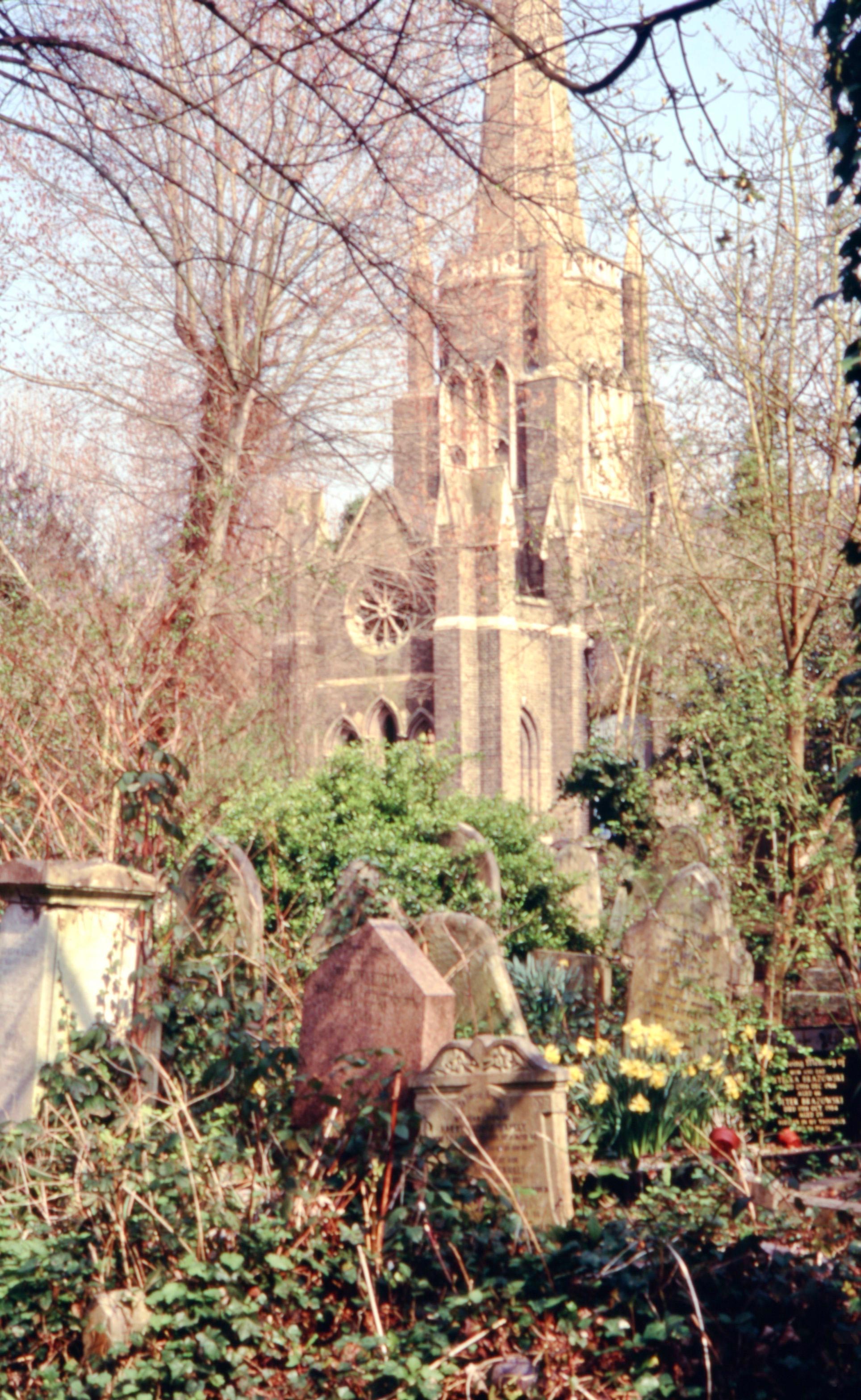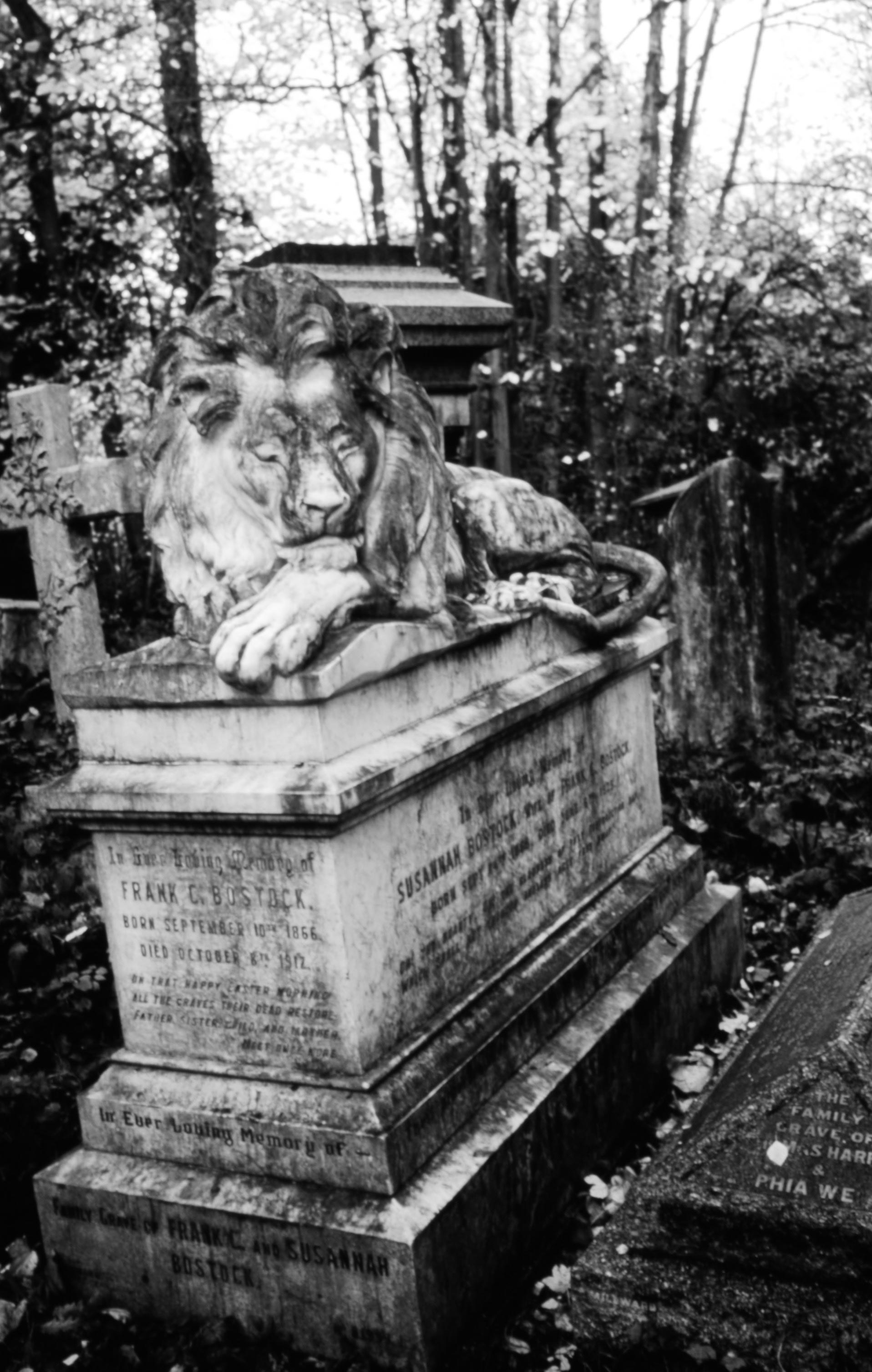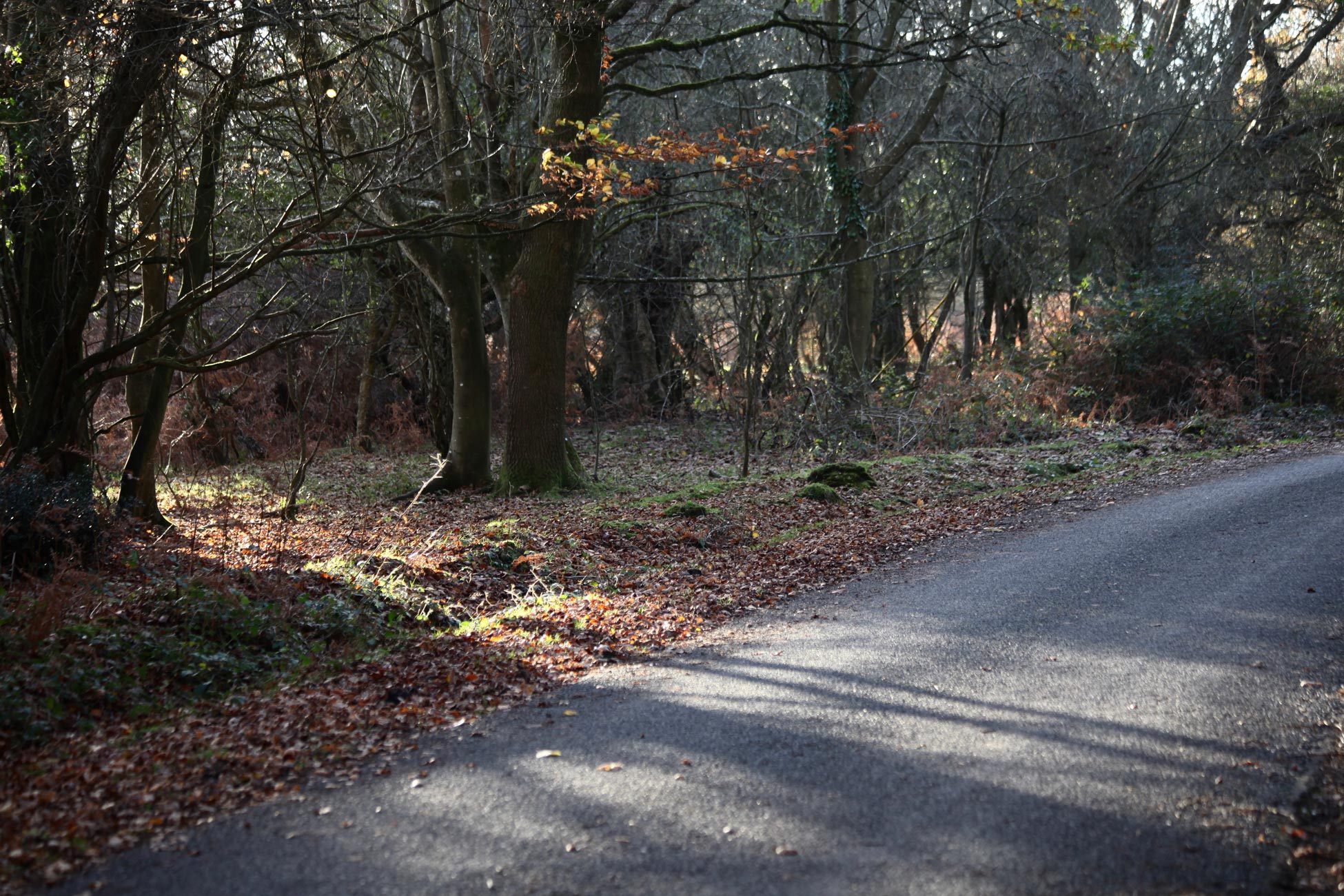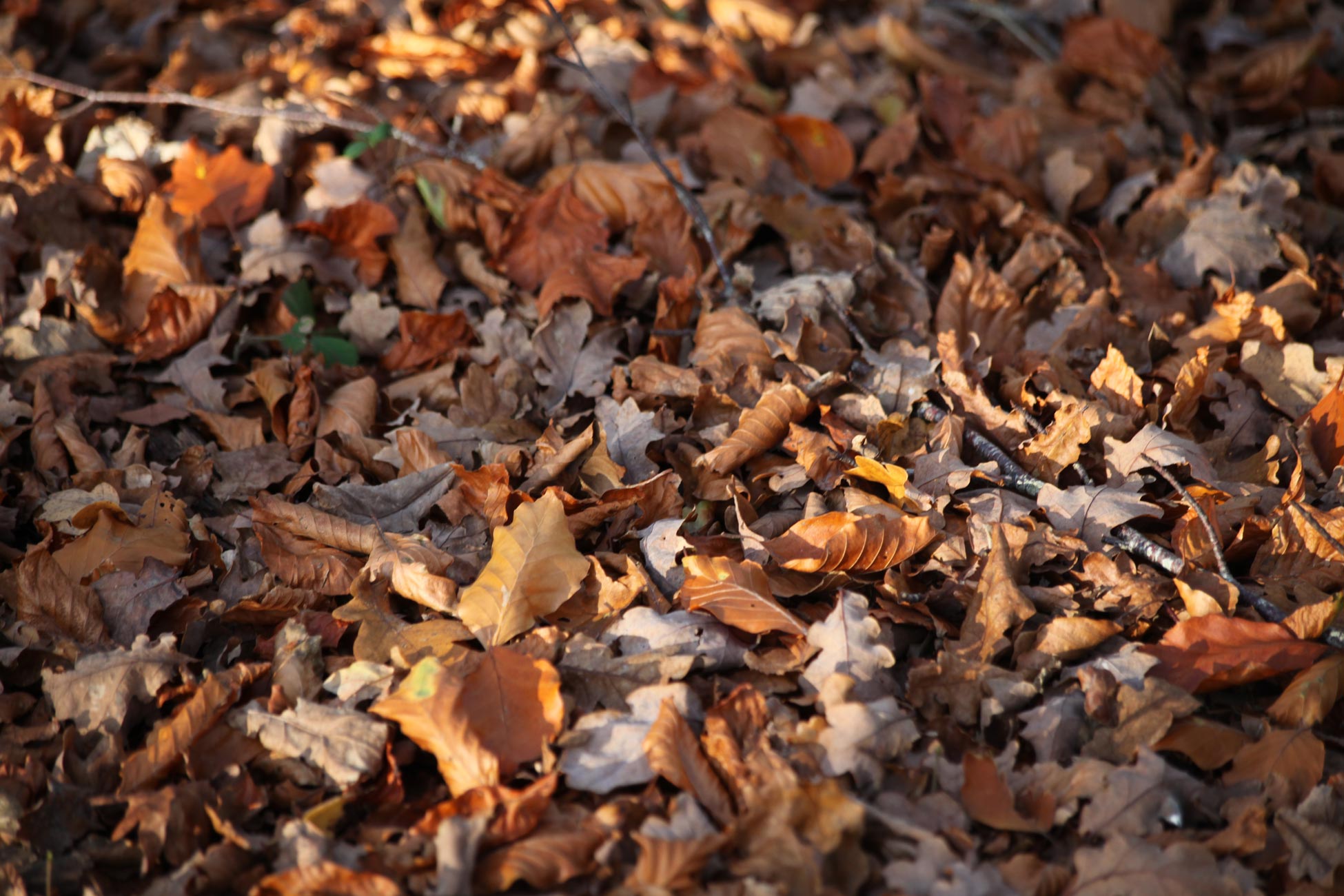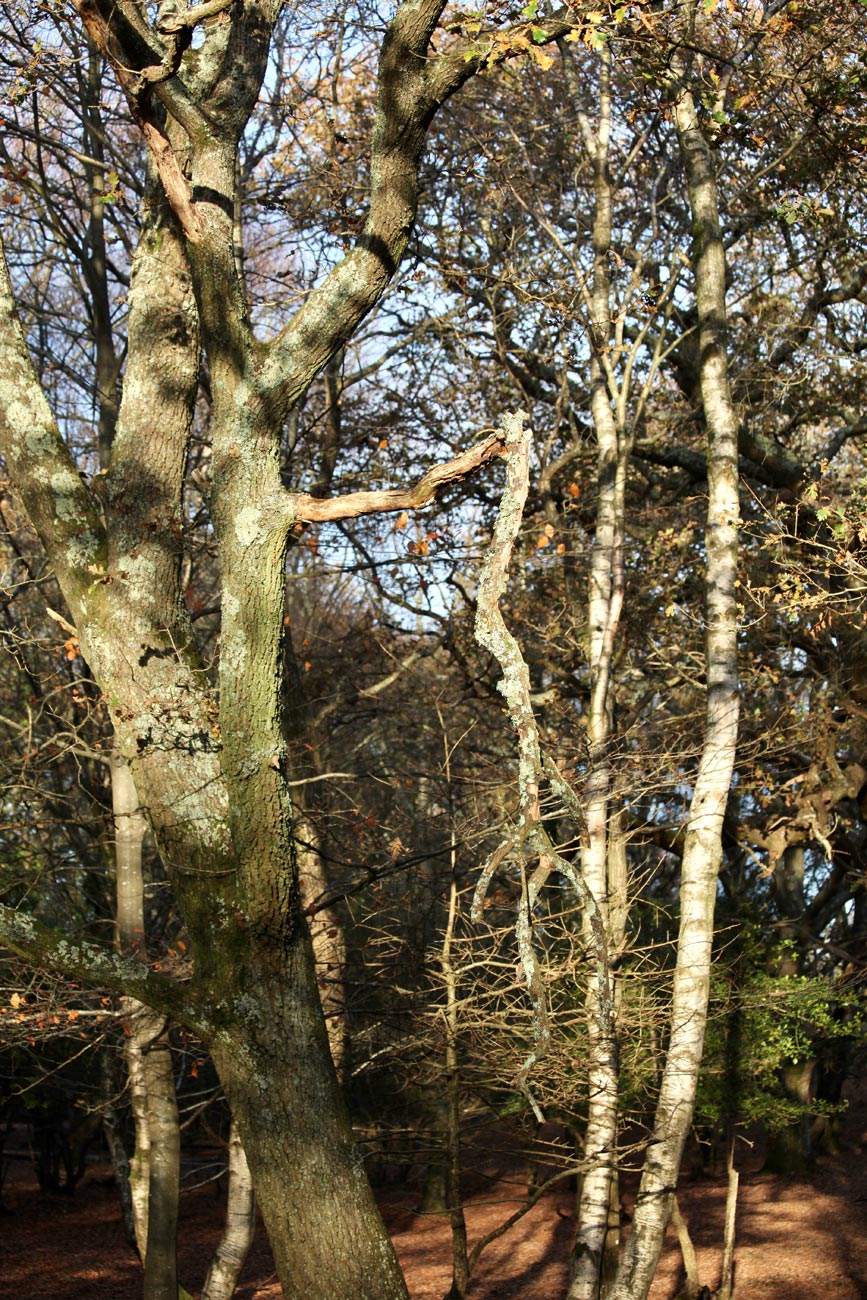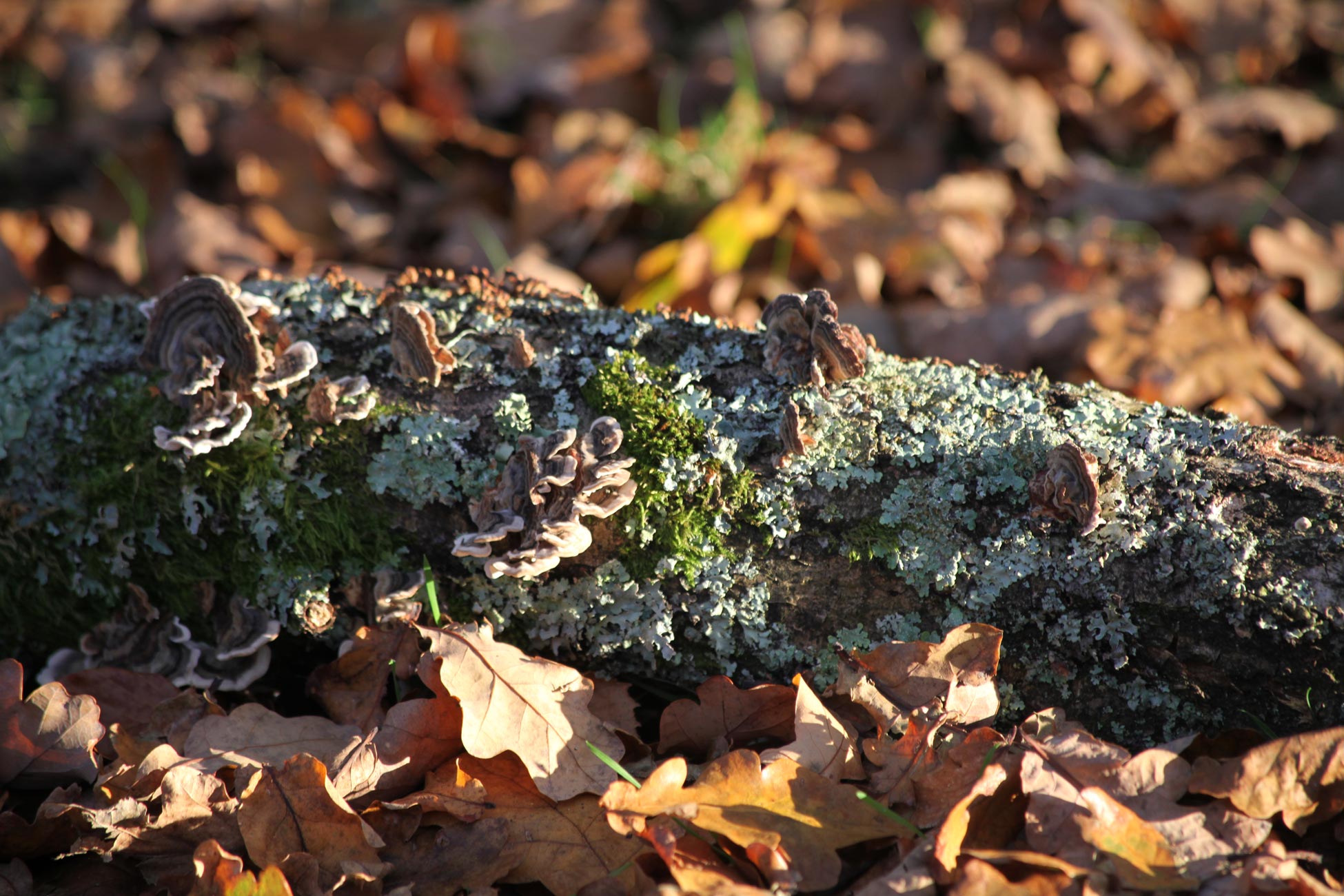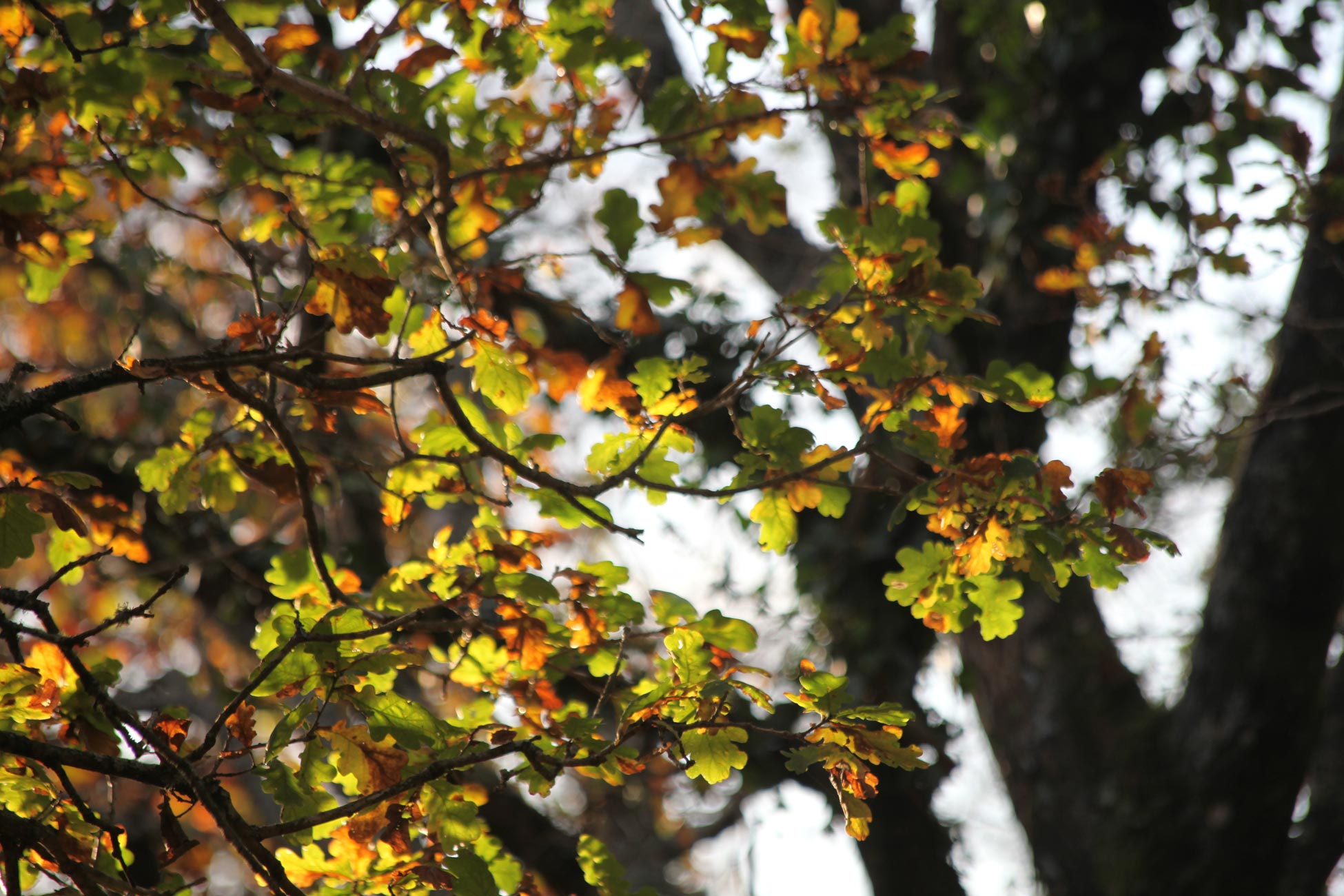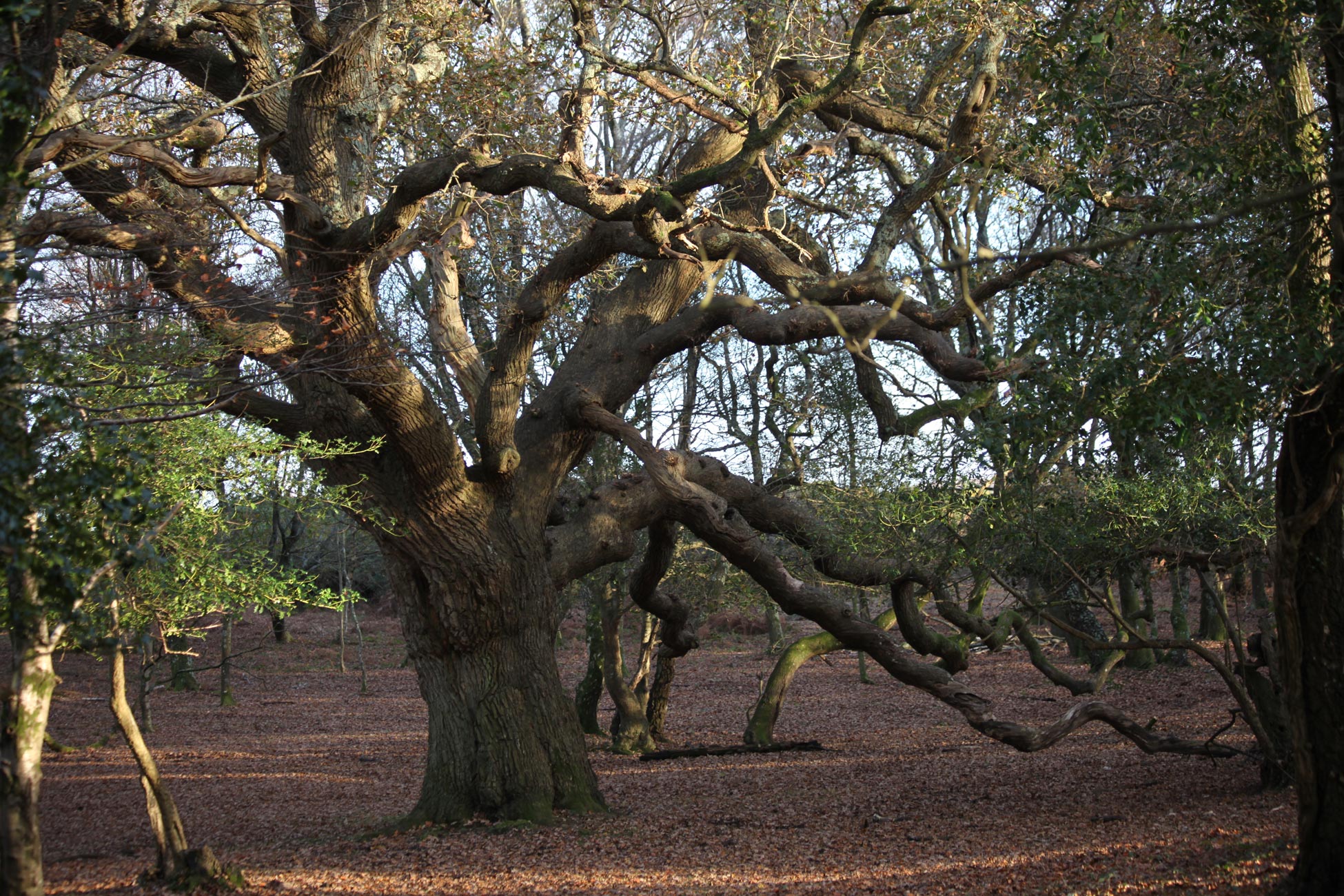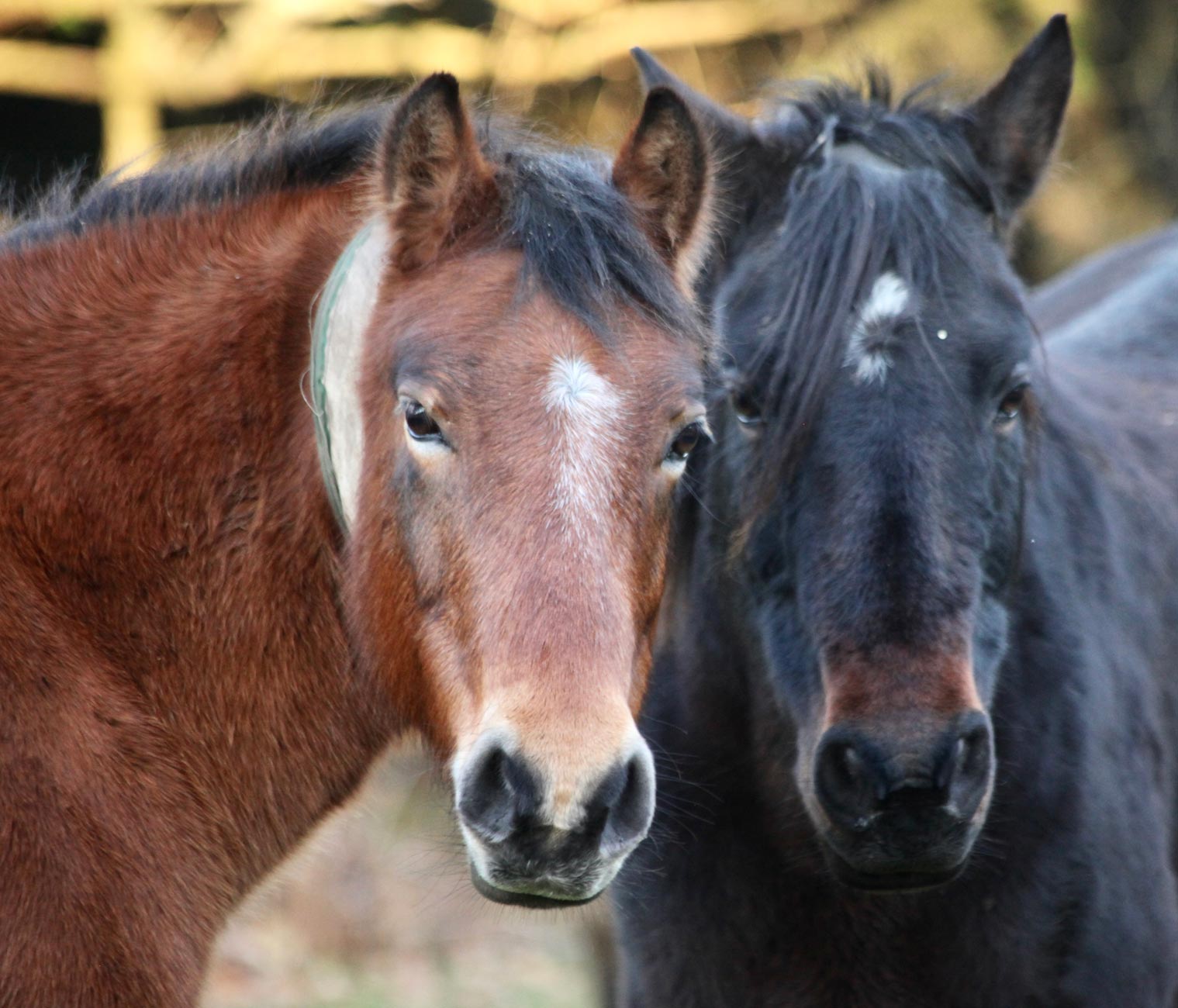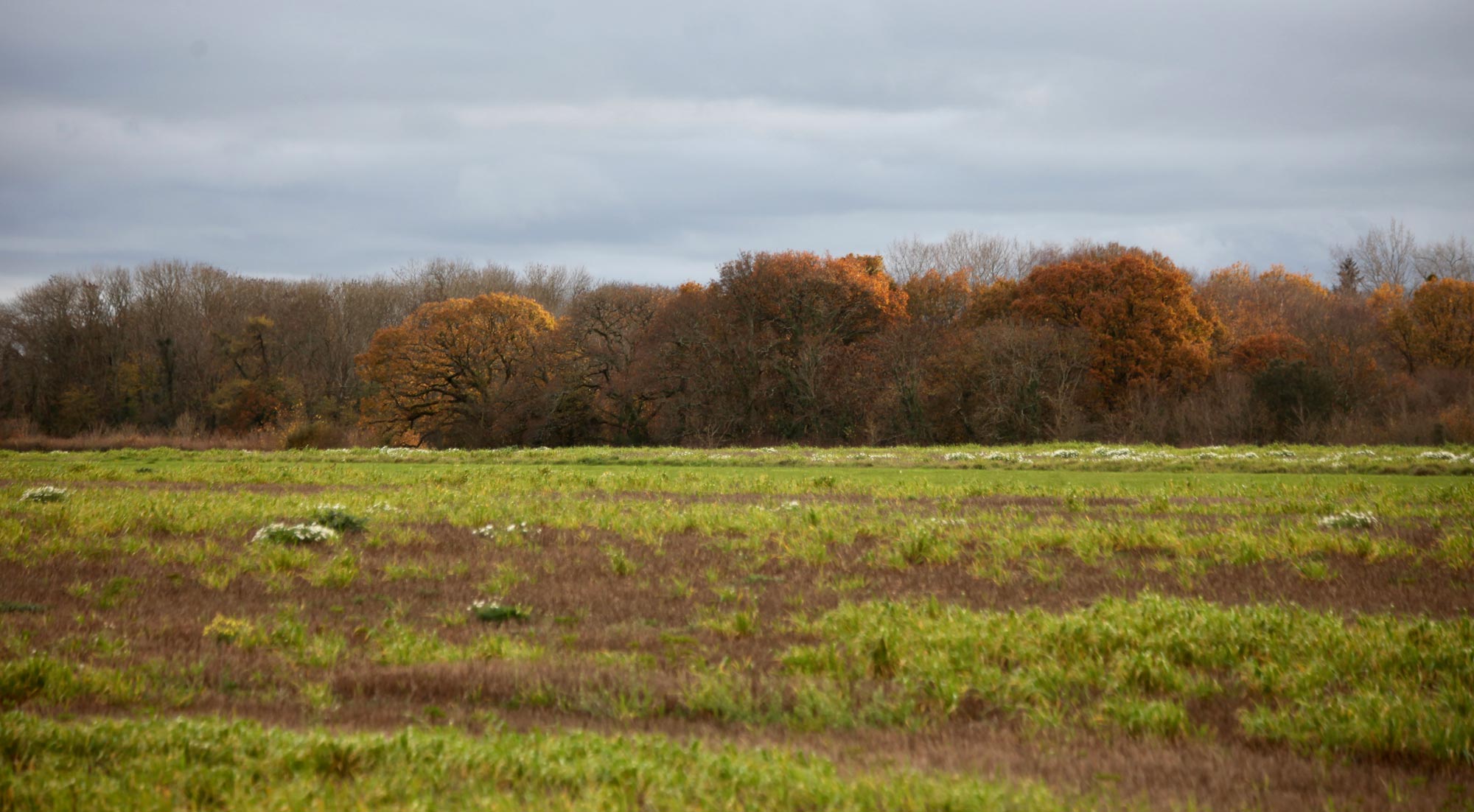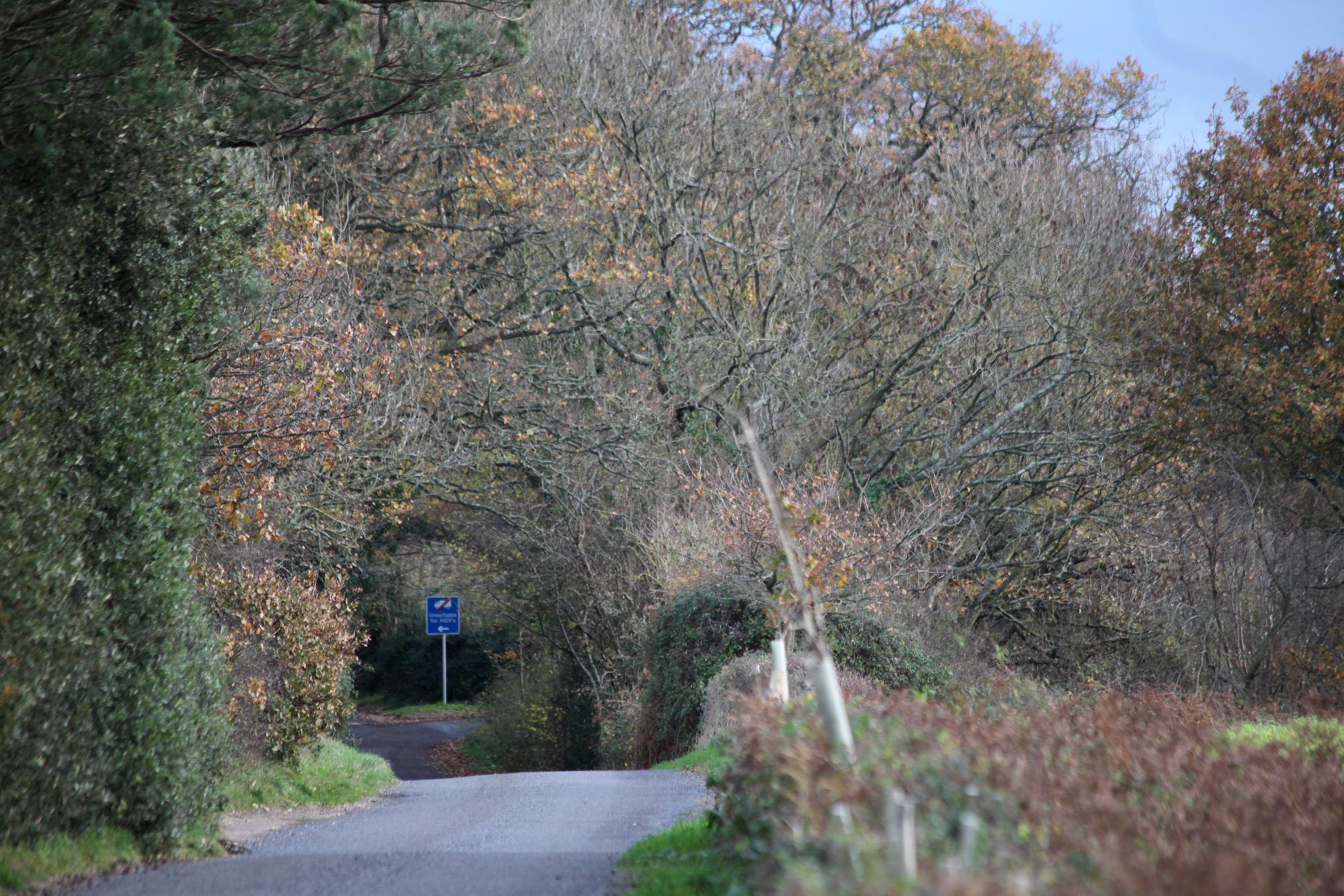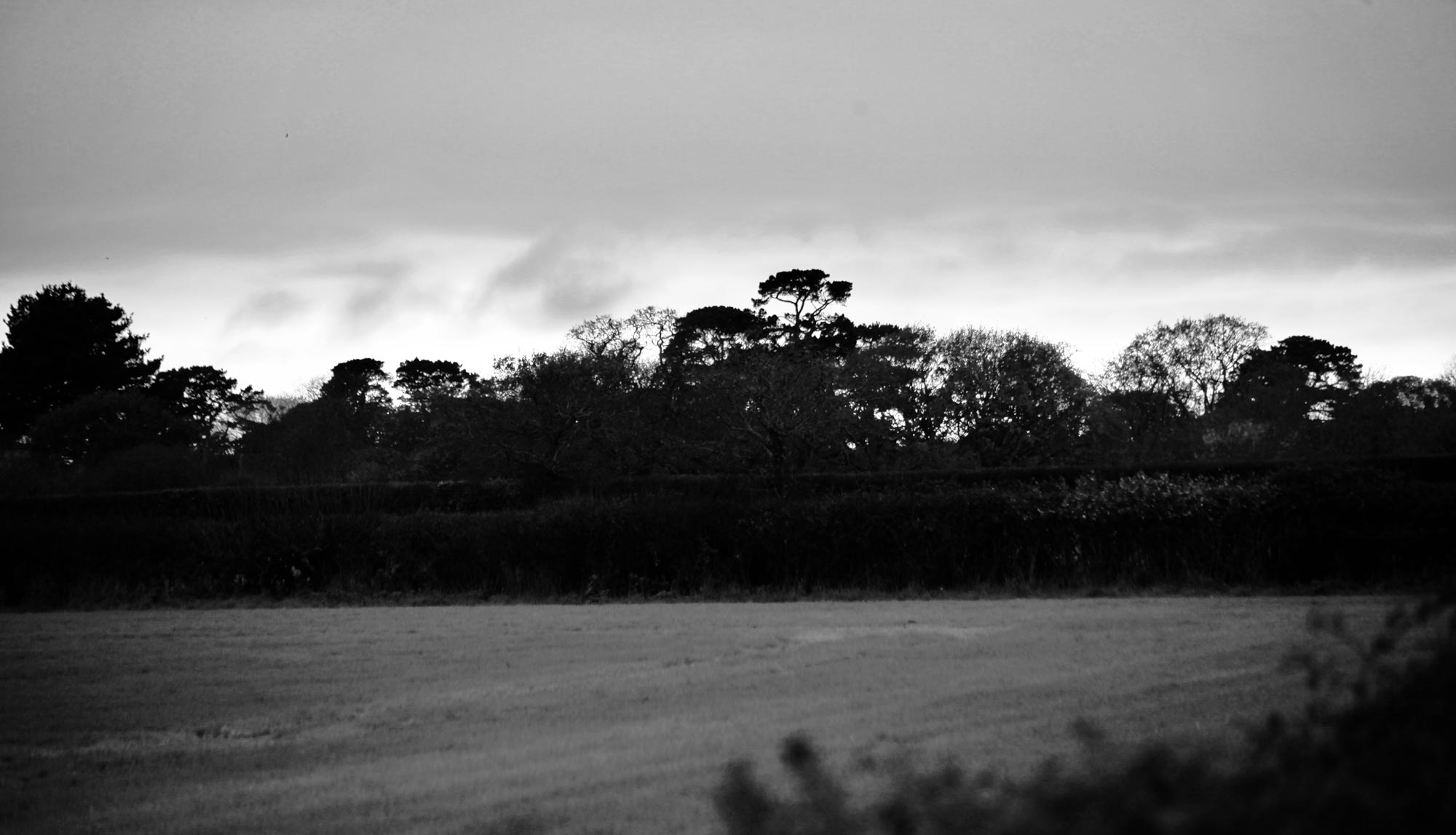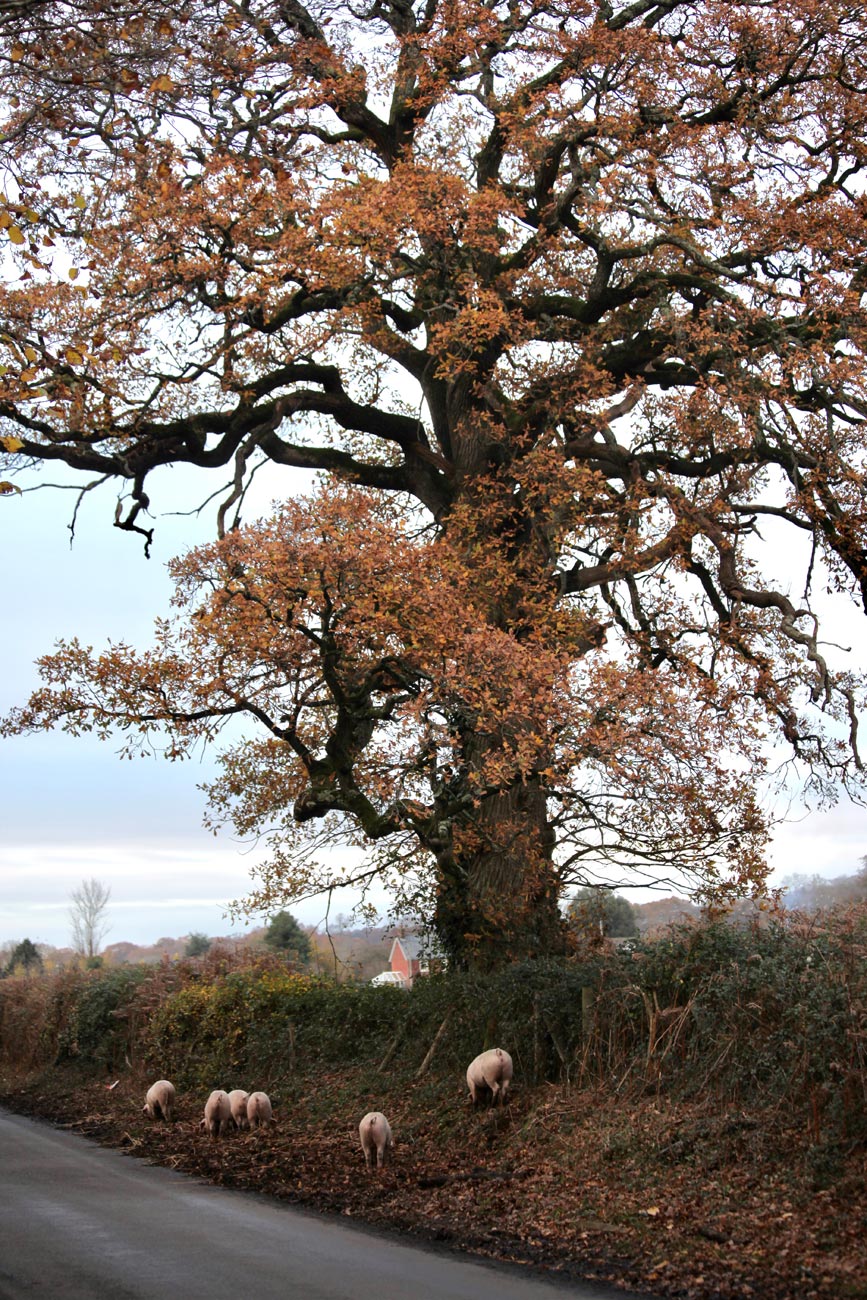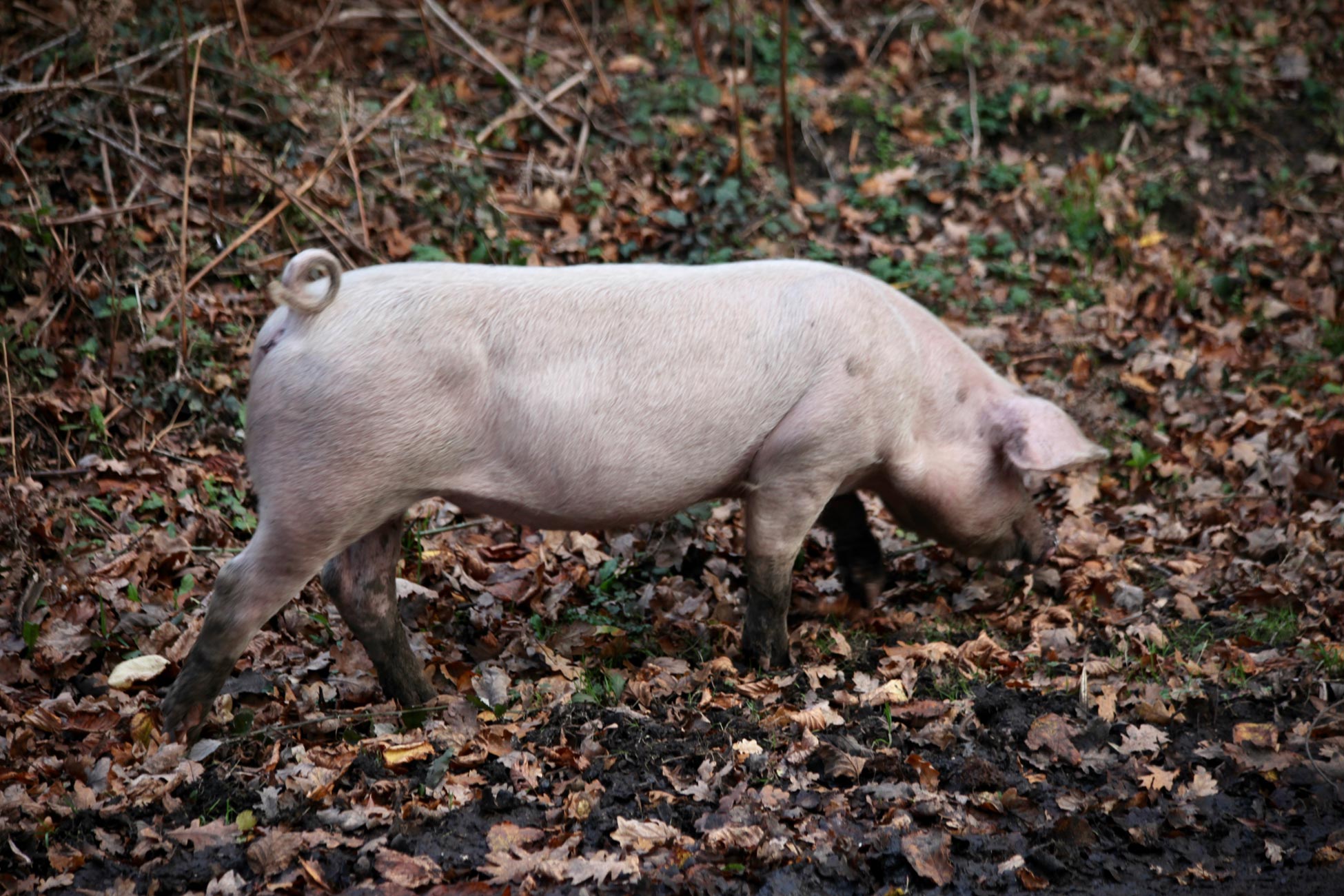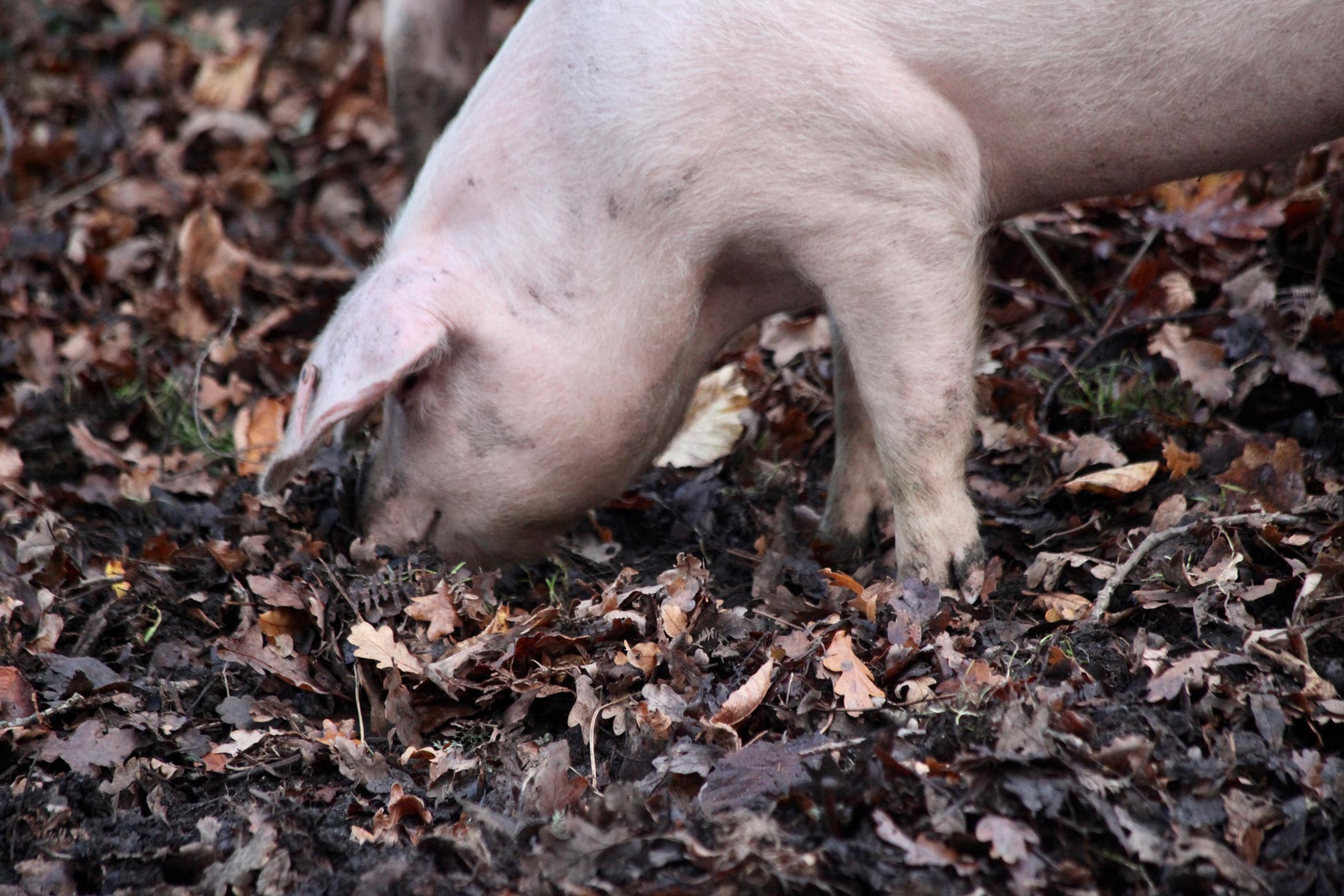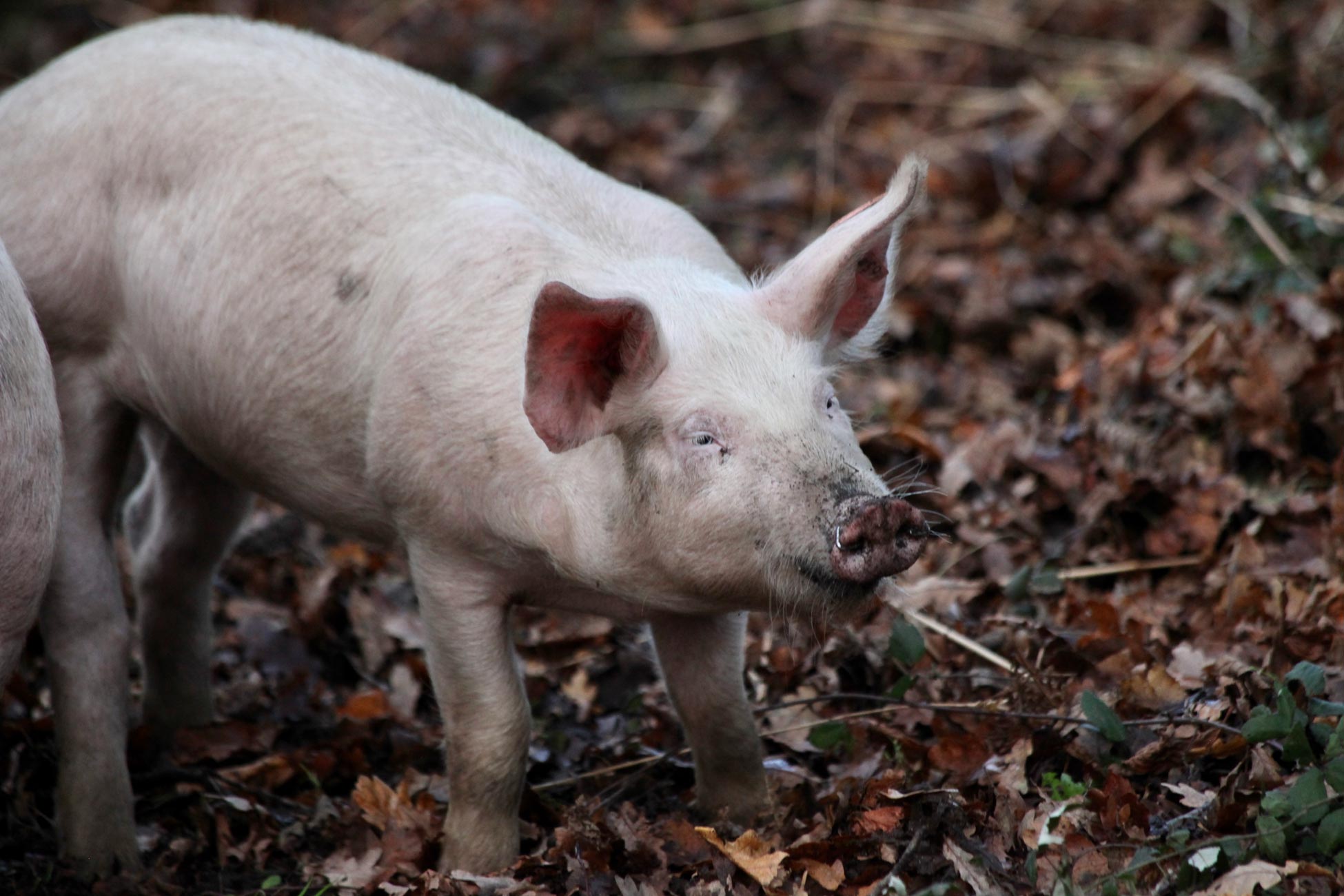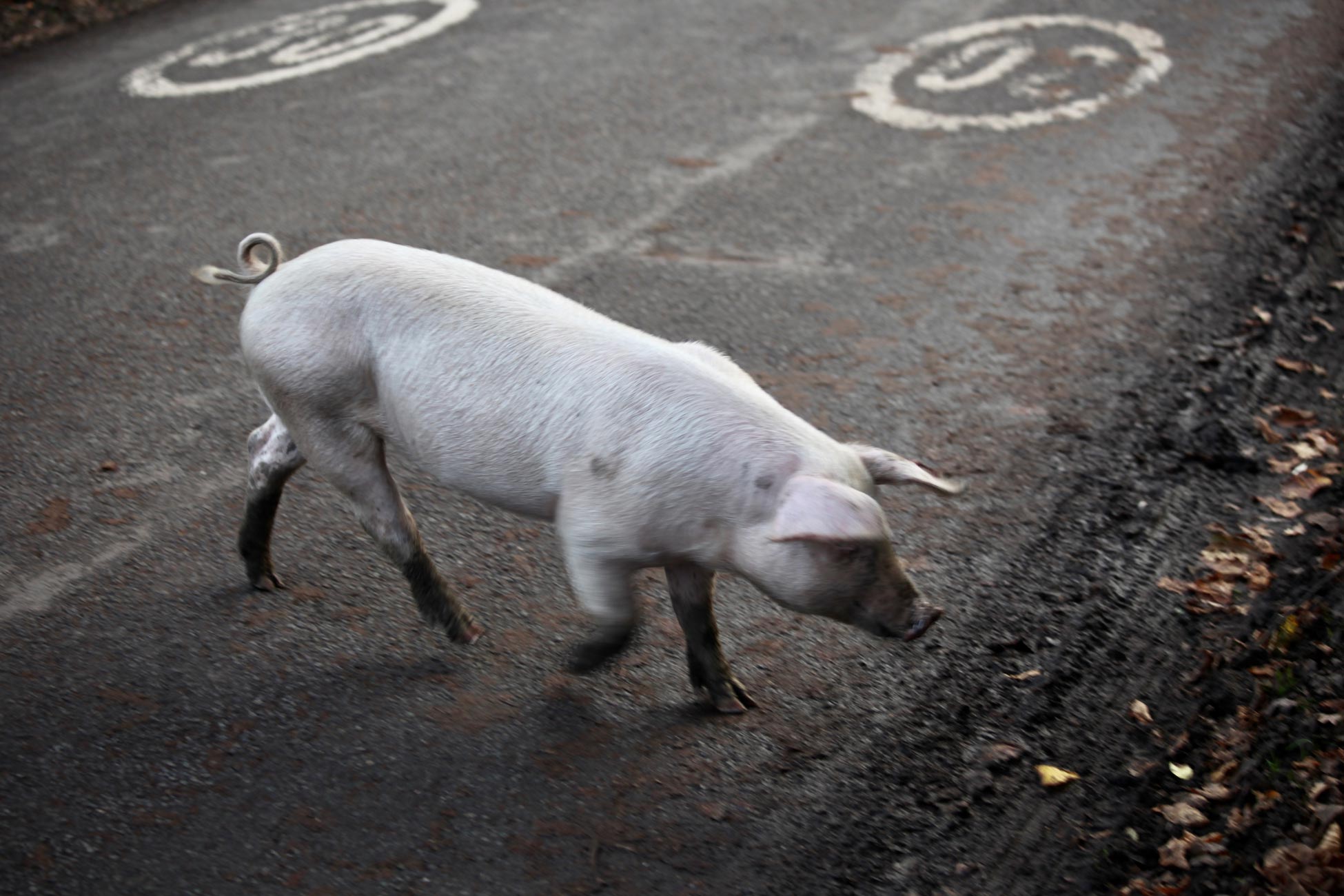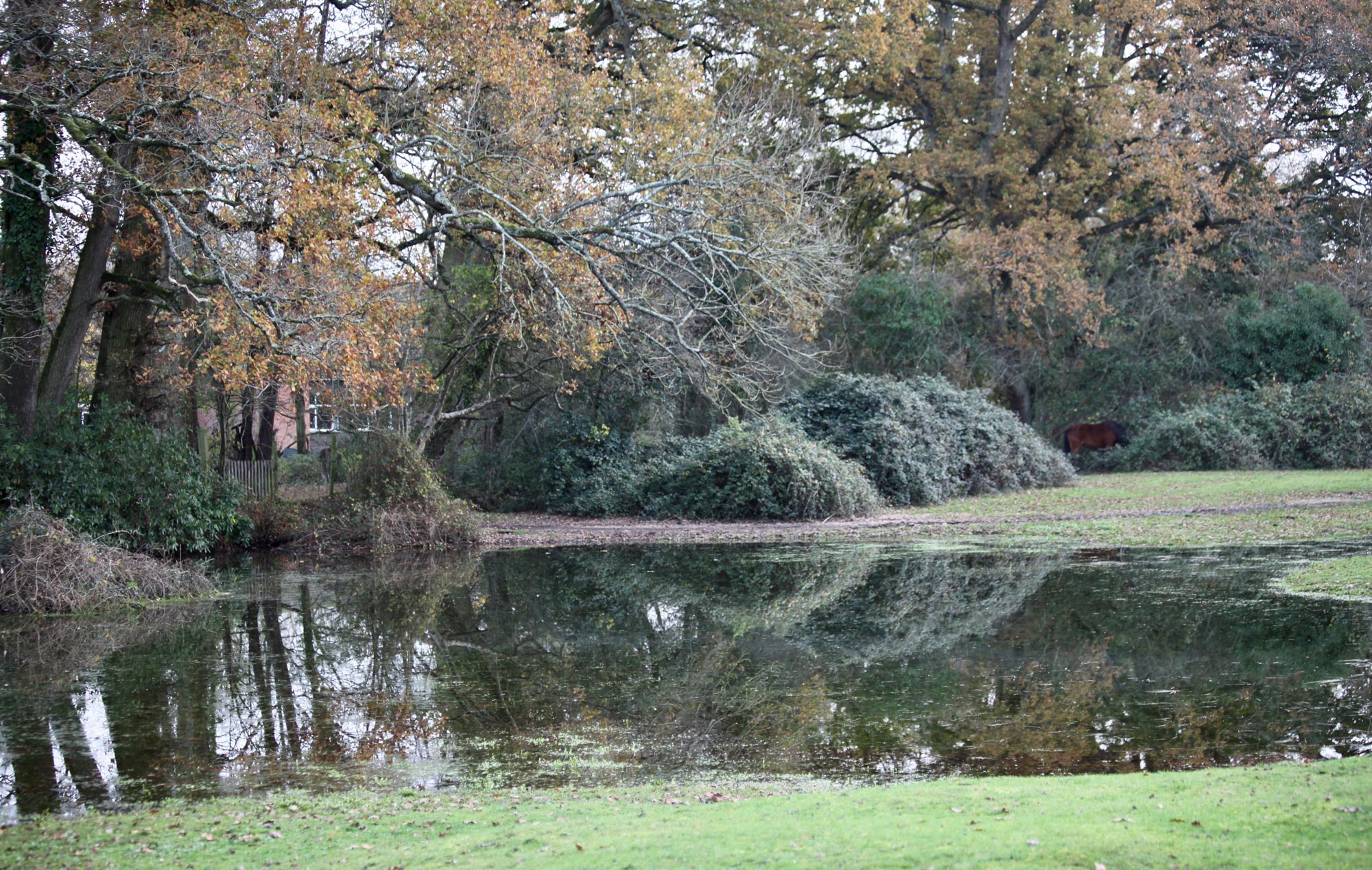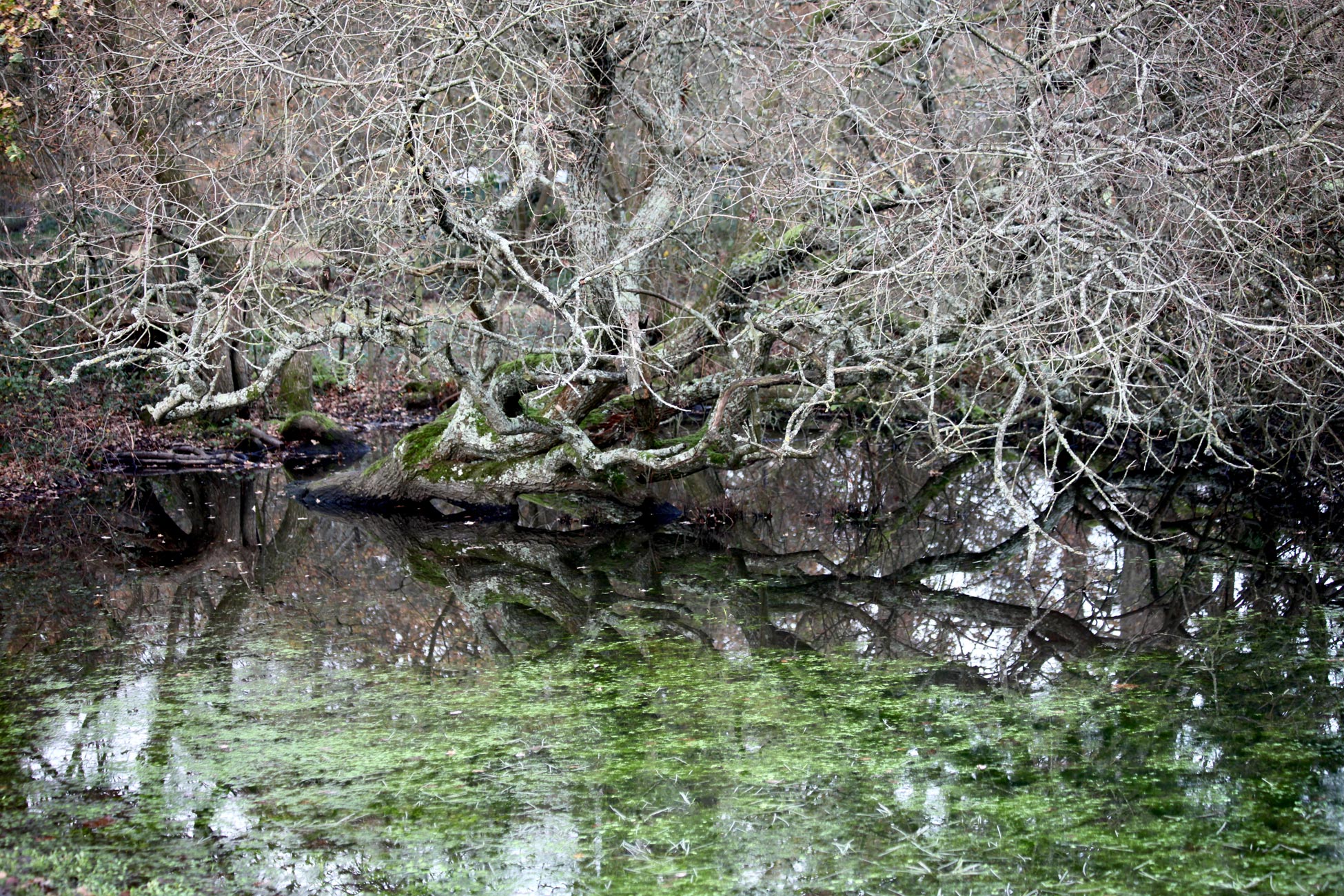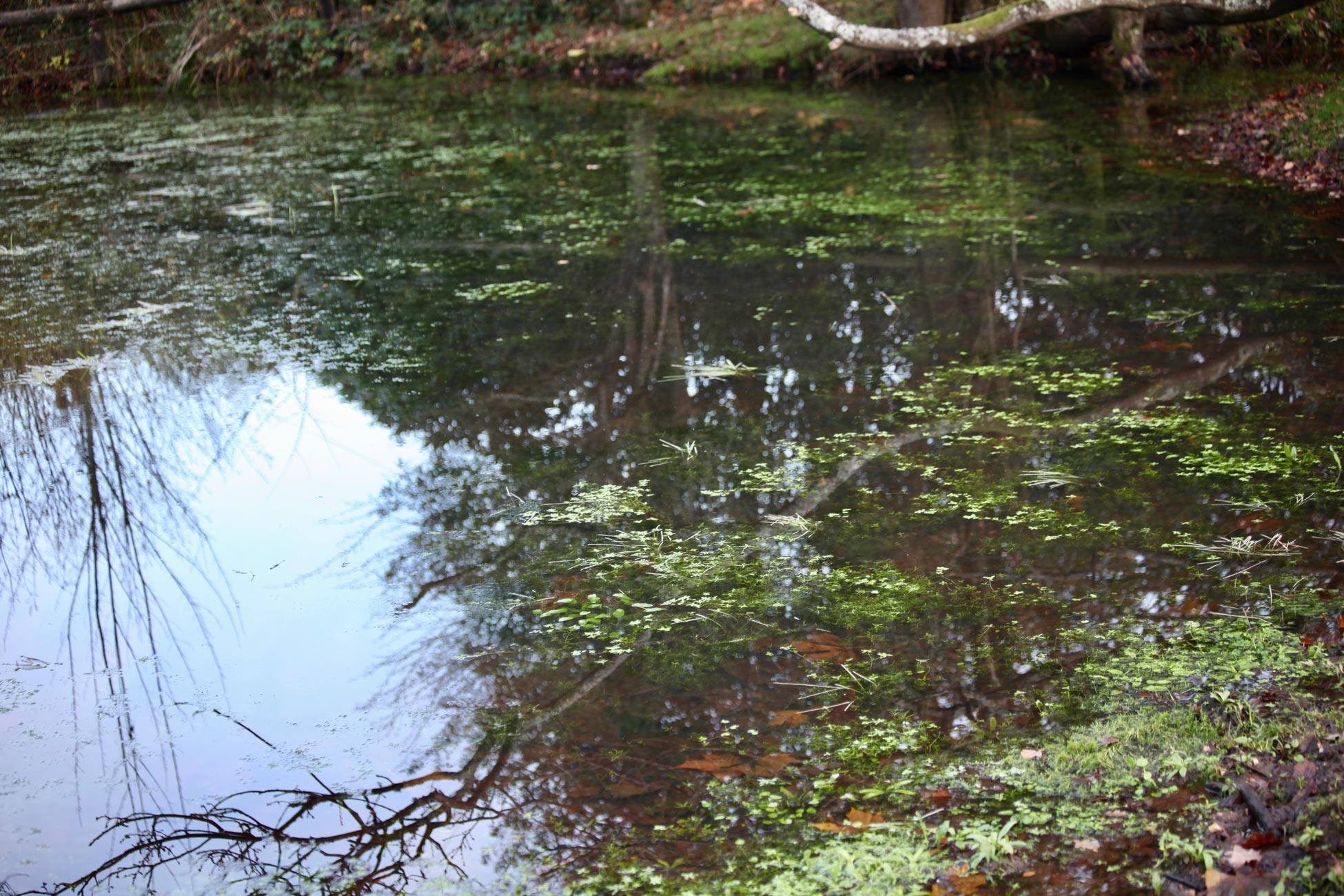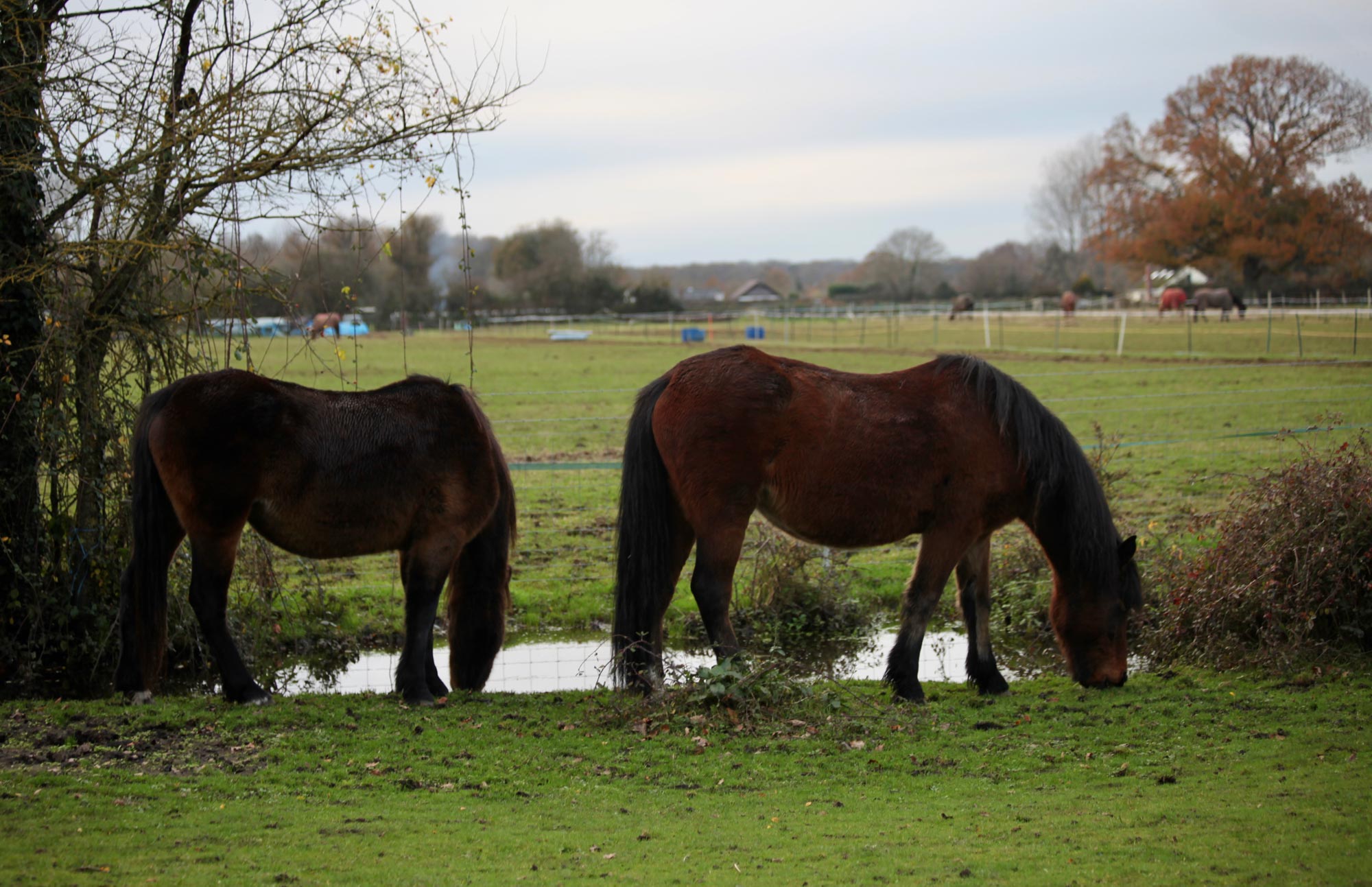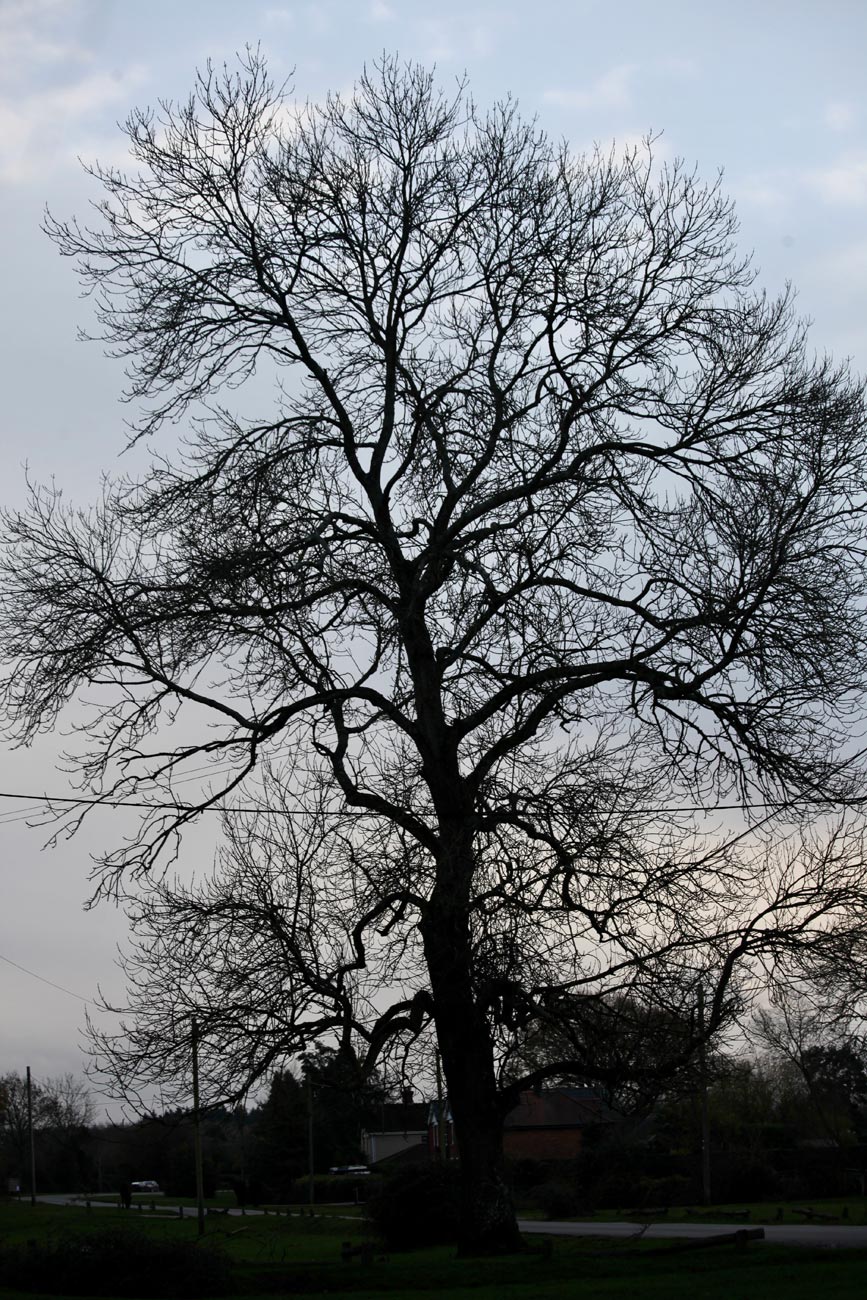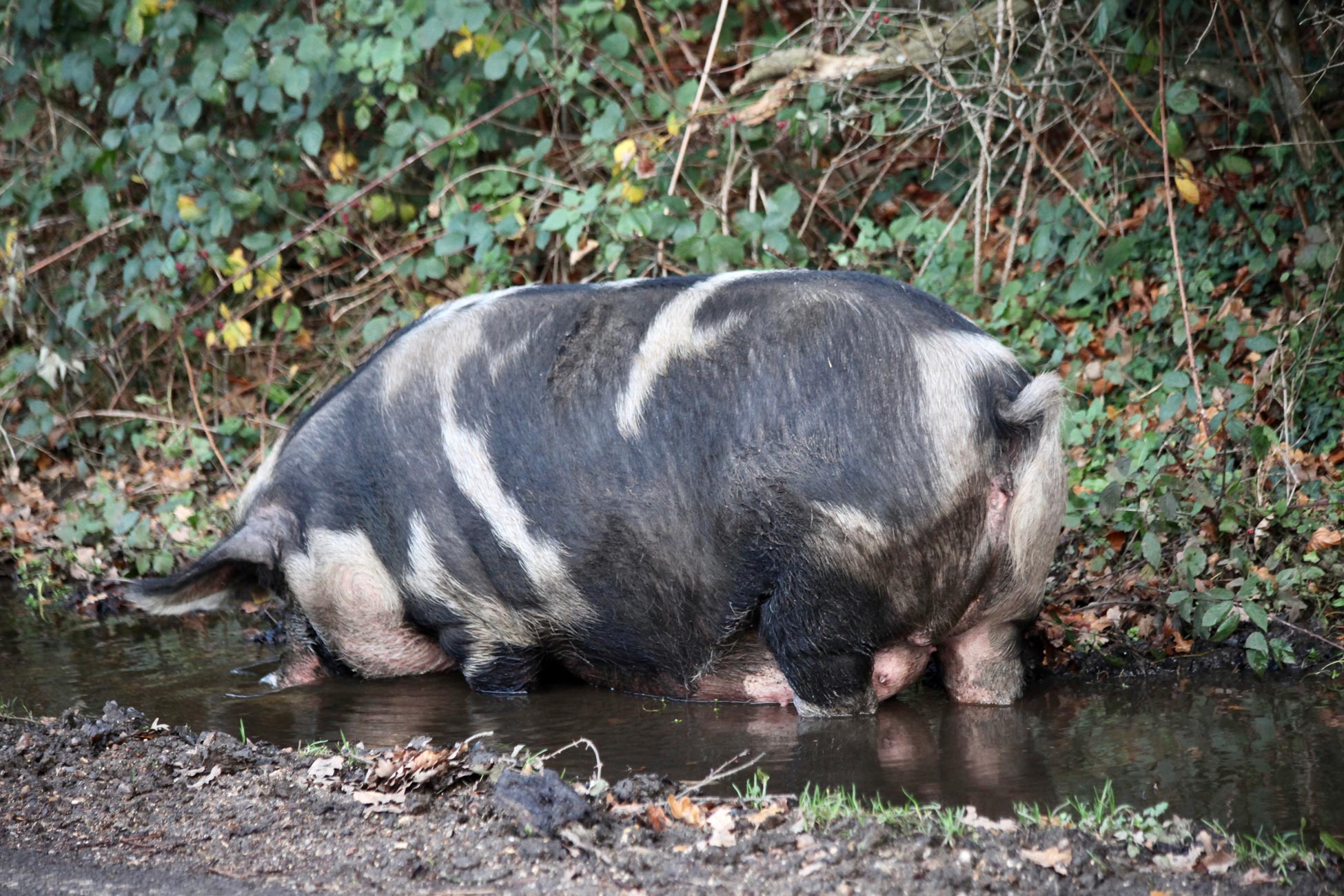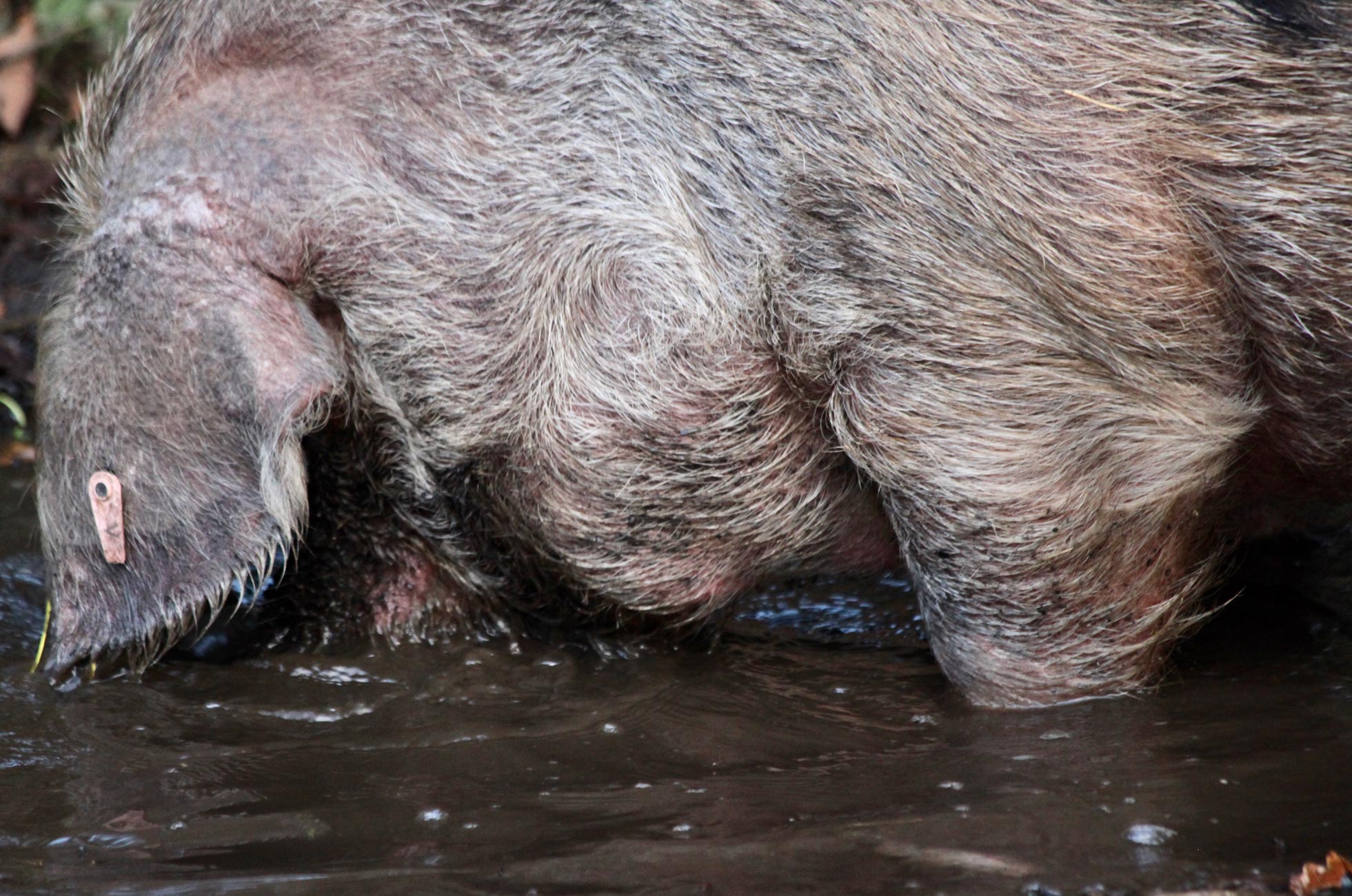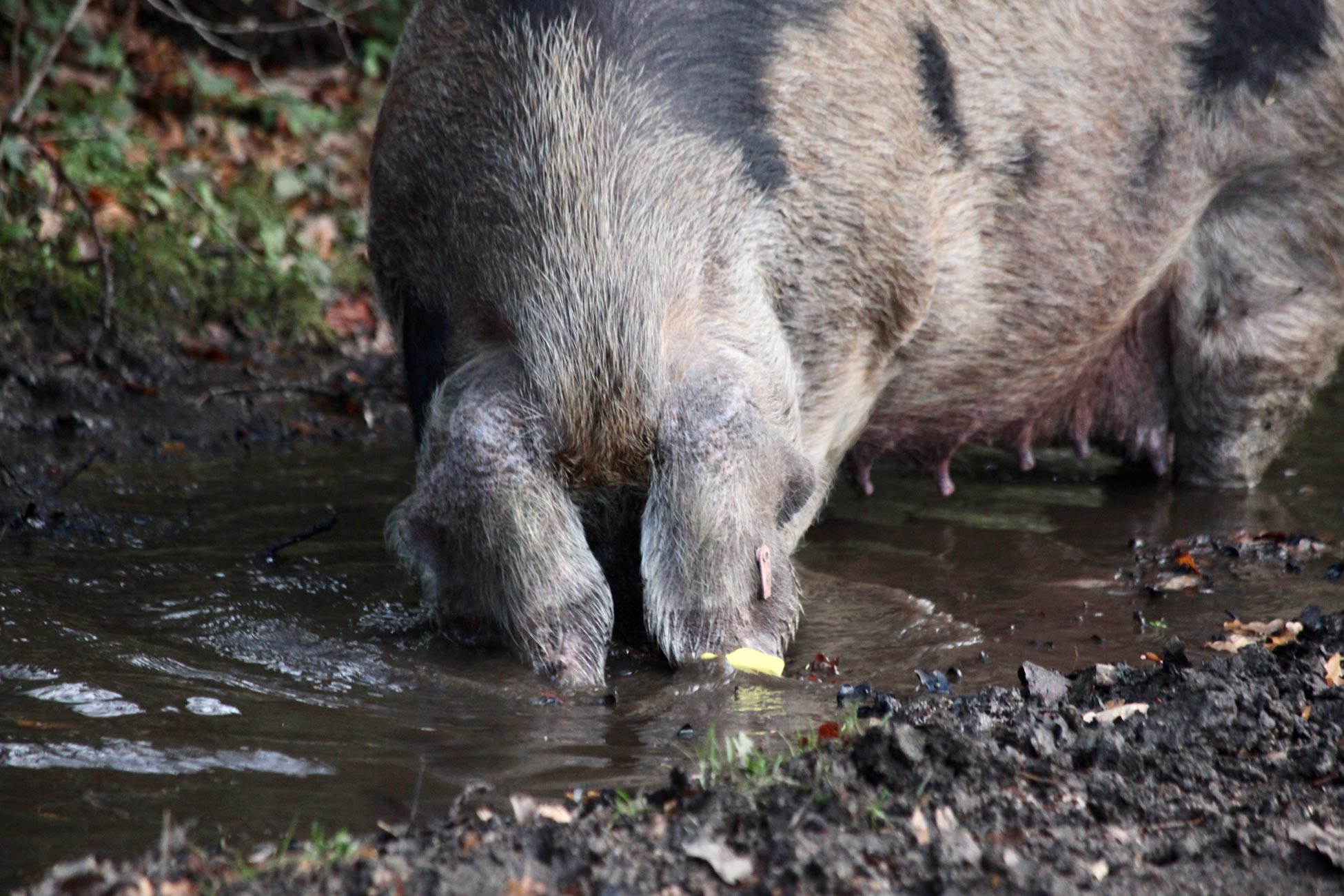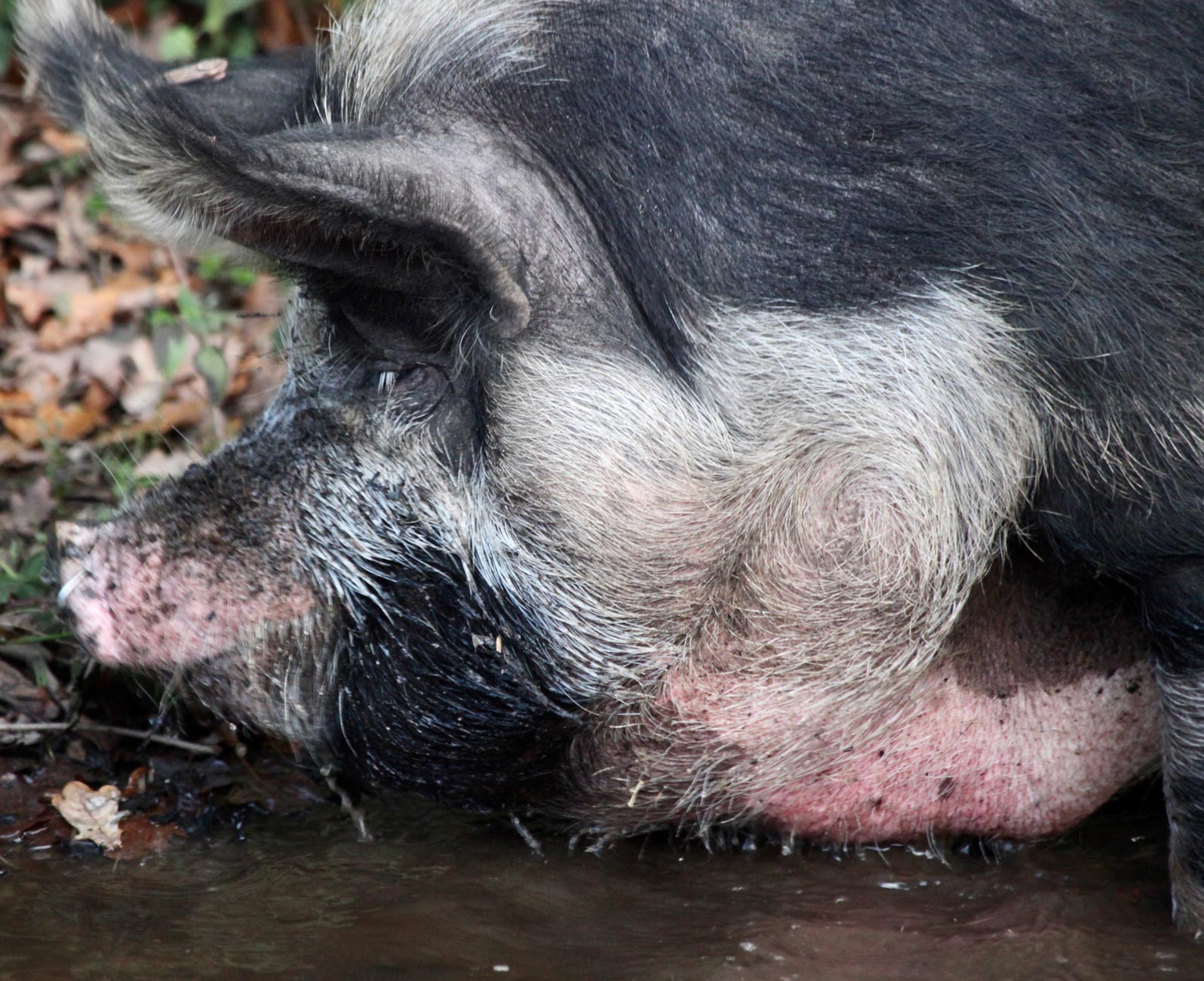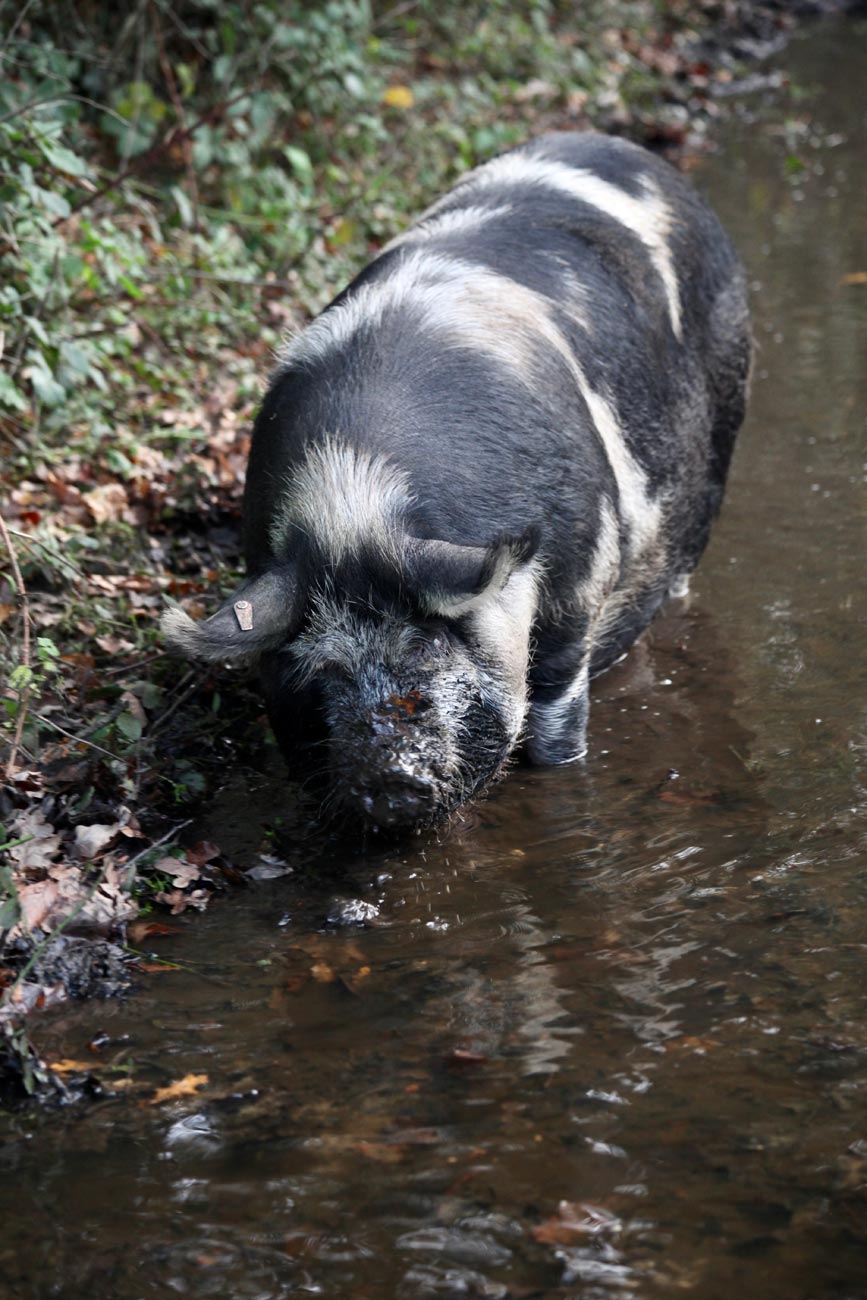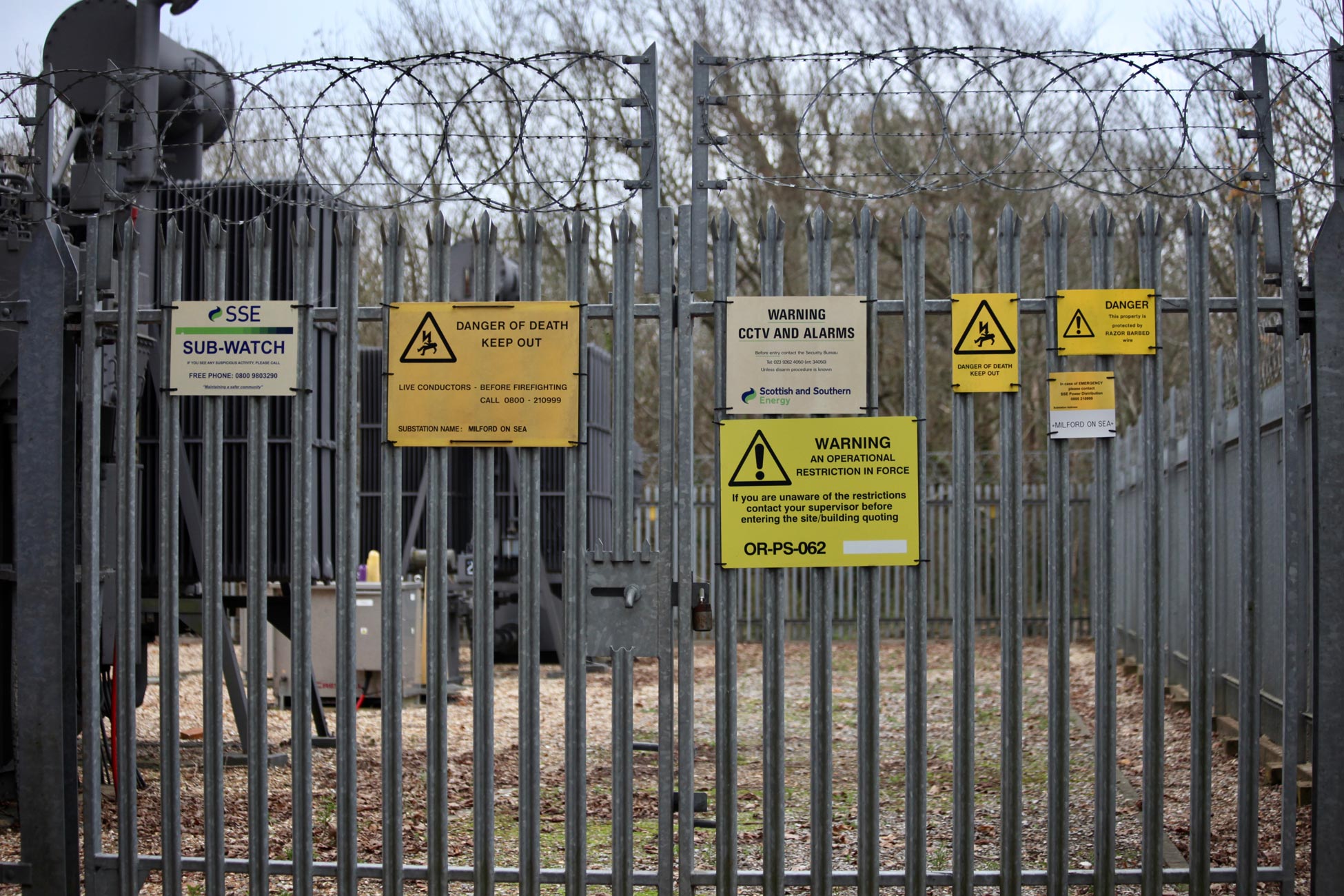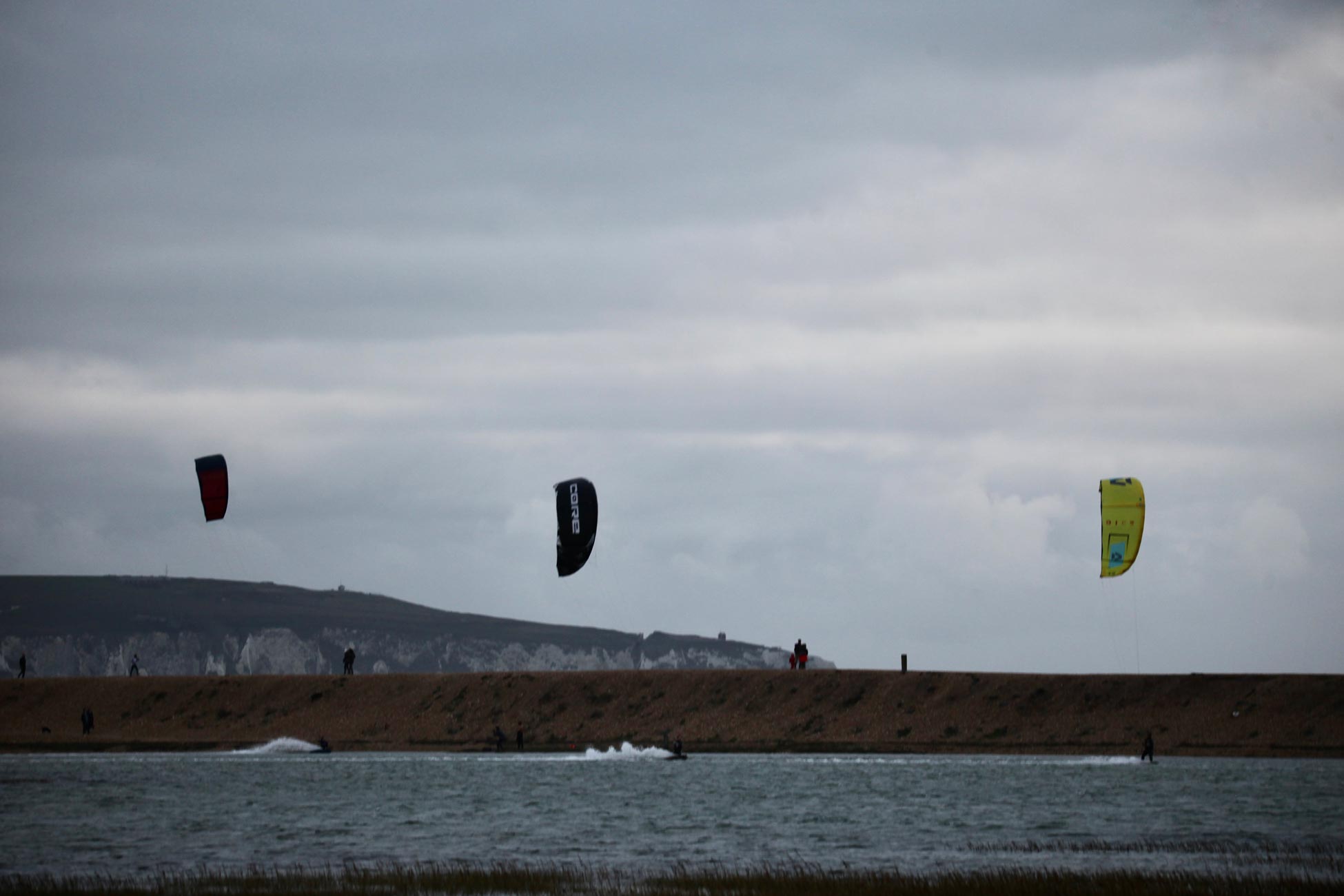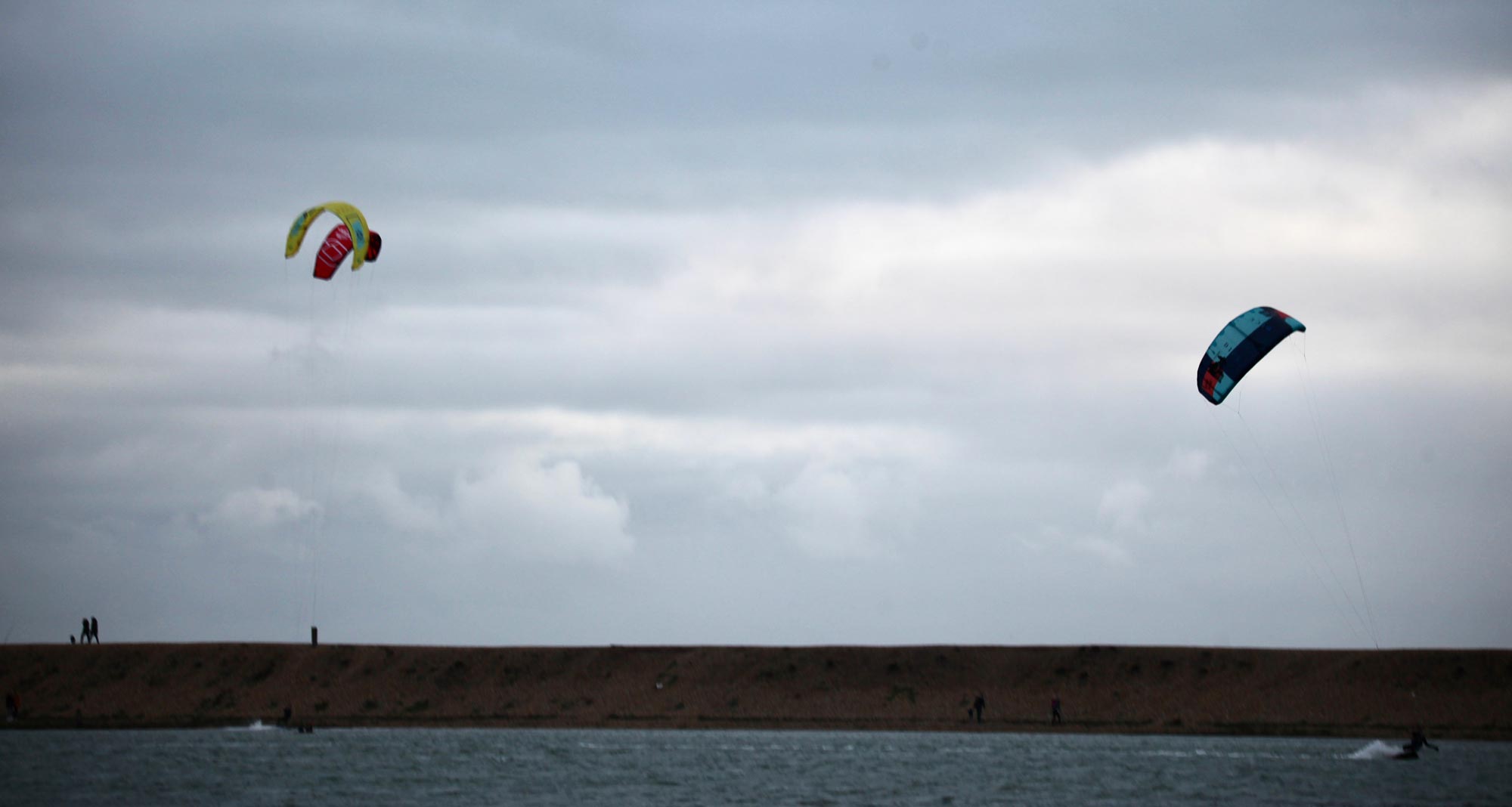
This Photograph of Thomas B. Reed is from Sauk Valley Media.
The third chapter in Barbara W. Tuchman’s ‘The Proud Tower’ is entitled ‘End of a Dream – The United States: 1890-1902’. I finished reading it this afternoon. It can be no coincidence that she closed her period with the year in which the gentleman whose portrait appears above died on 2nd December.
A Republican from Maine, the Speaker of the House, this giant of a man in all respects according to Tuchman, dominated the political scene during this decade until the public mood brought about his retirement to his legal practice.
This was a period during which the struggle between the adherents of the basic constitutional principles and the bellicose expansionists resulted in the United States going to war against Spain in Cuba and the Philippines.
Reed had begun by successfully taking on Democrat filibustering techniques and changing the working of the house. He continued his isolated position battling against the popular imperialist tide until he realised he would be no more successful than had been England’s King Cnut.
‘Canute was 40 when he died in 1035. He was also known as Cnut the Great, King of England, Denmark, Norway and parts of Sweden. By the time of the Norman Conquest in 1066 his story was quickly becoming lost to time but his relationship with the tide lingers on.
We can thank the historian Henry of Huntingdon who recorded the story of the tide in the 12th Century. The general consensus is that Canute sat his throne on the beach and commanded the tide not to rise so that his royal presence would remain dry……
Apparently Canute was trying to prove a point about Kings and God: ‘Let all men know how empty and worthless is the power of kings, for there is none worthy of the name, but He whom heaven, earth, and sea obey by eternal laws.’ (https://www.firstclasssailing.com/blog/the-king-canute-dispute/)
The great man from Maine would have agreed with him.
It is perhaps significant that some United States soldiers in the Philippines perpetrated similar mass reprisals against villages any member of which was believed to have killed one of their men.
Later this afternoon we visited Elizabeth and enjoyed a lively conversation, interrupted by a call from Patrick.
Earlier I had received a similar call from the same gentleman. “This is Patrick”, he said, “I am calling about your Government grant for the lagging you have recently had installed in your loft”. Quick as a flash, because I am attuned to these things, because I hadn’t phoned anyone about it, and because we hadn’t had any lagging done, I replied: “Bugger off, Patrick and try and scam someone else”. He hung up. Had I had more time I might have strung him along a bit, but I wanted to finish my chapter.
Elizabeth’s Patrick may or may not have been the same as mine. “I think you’ve got the wrong number”, she said. He hung up.
This evening Jackie and I enjoyed a second sitting of the excellent Hordle Chinese Take Away fare with which she drank Hoegaarden and I drank more of the Coonawarra.
